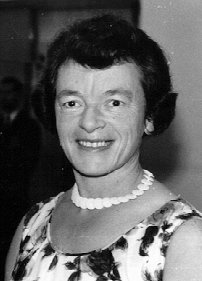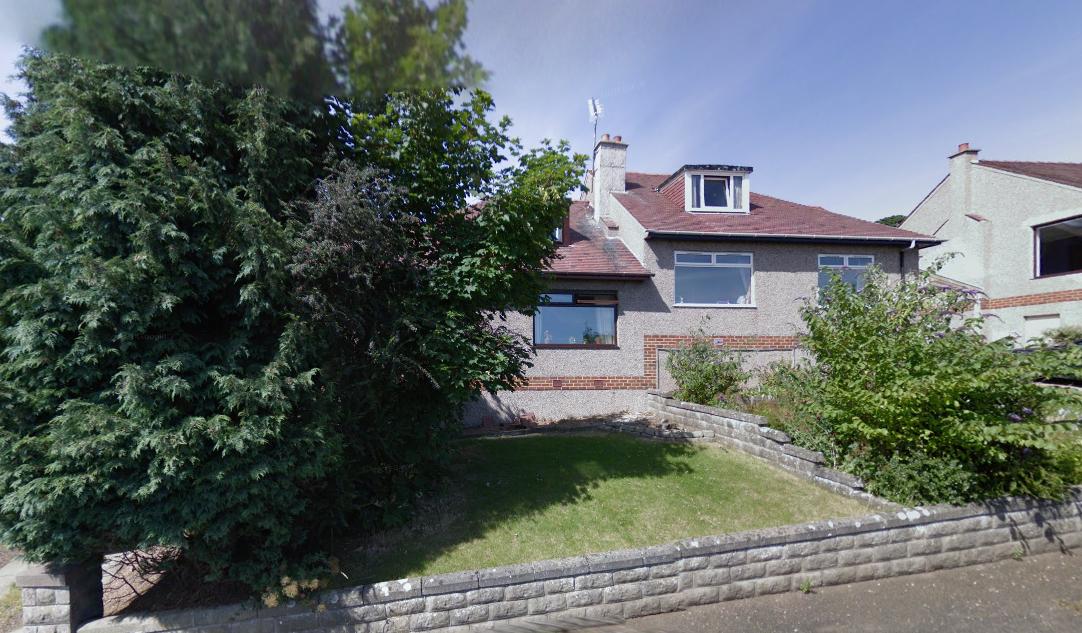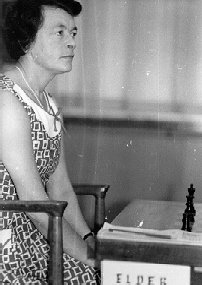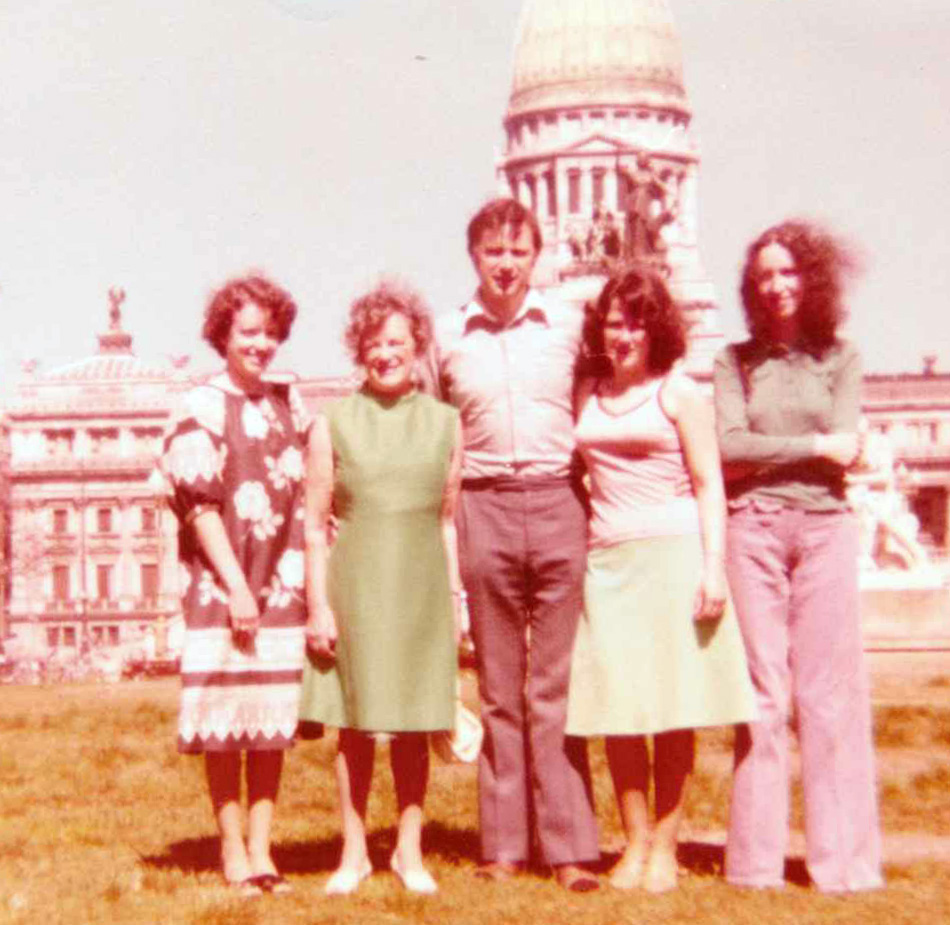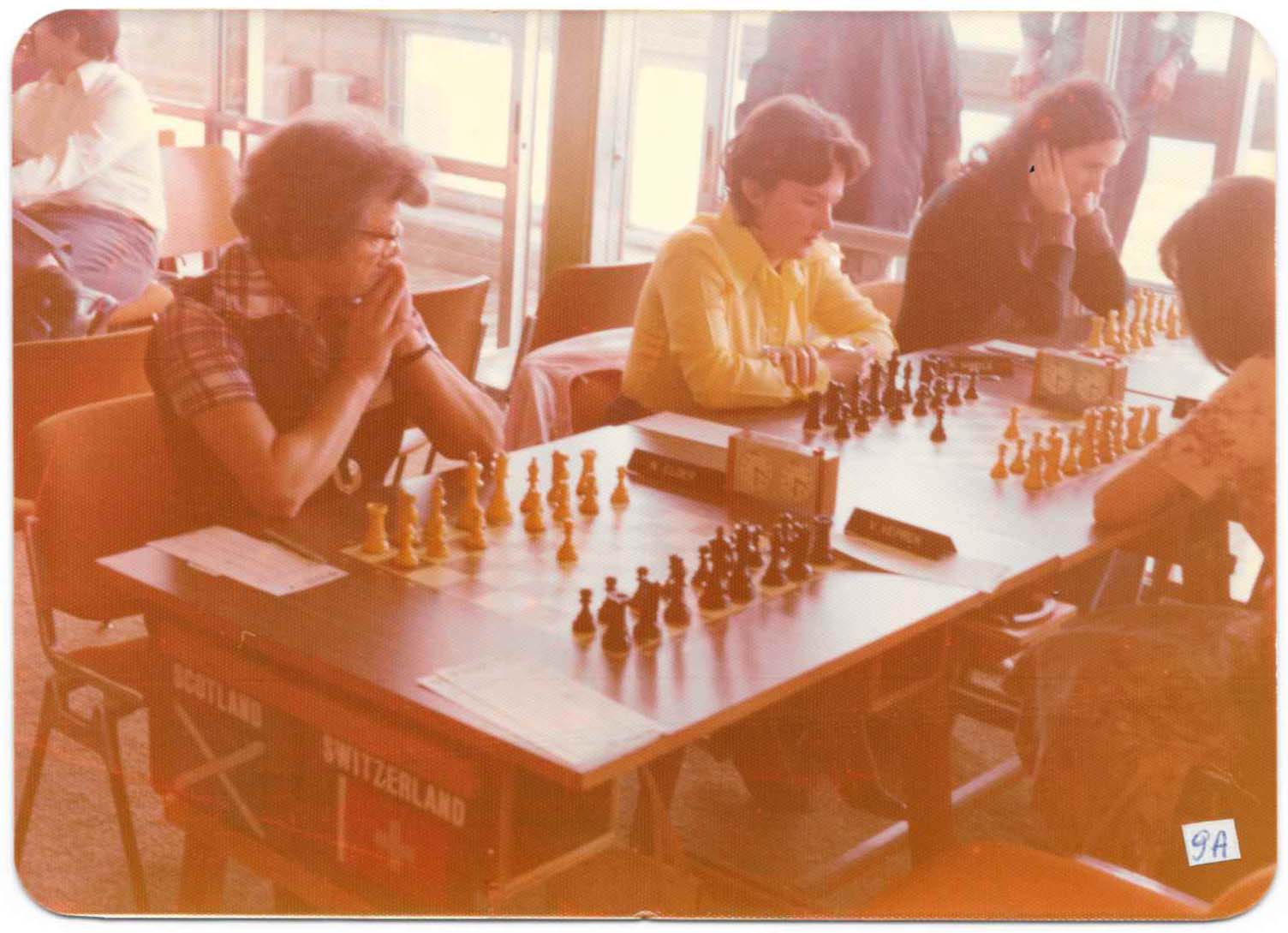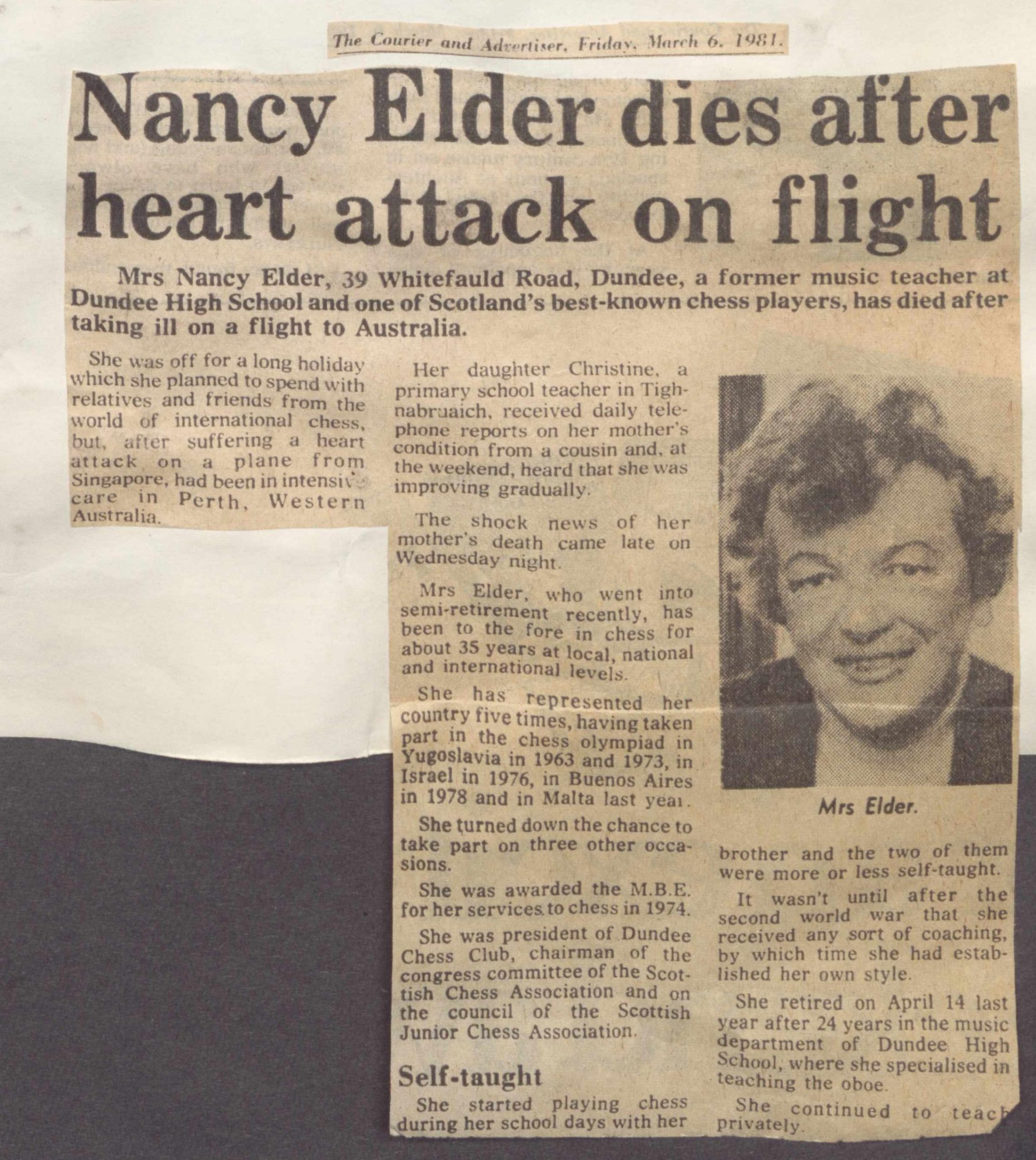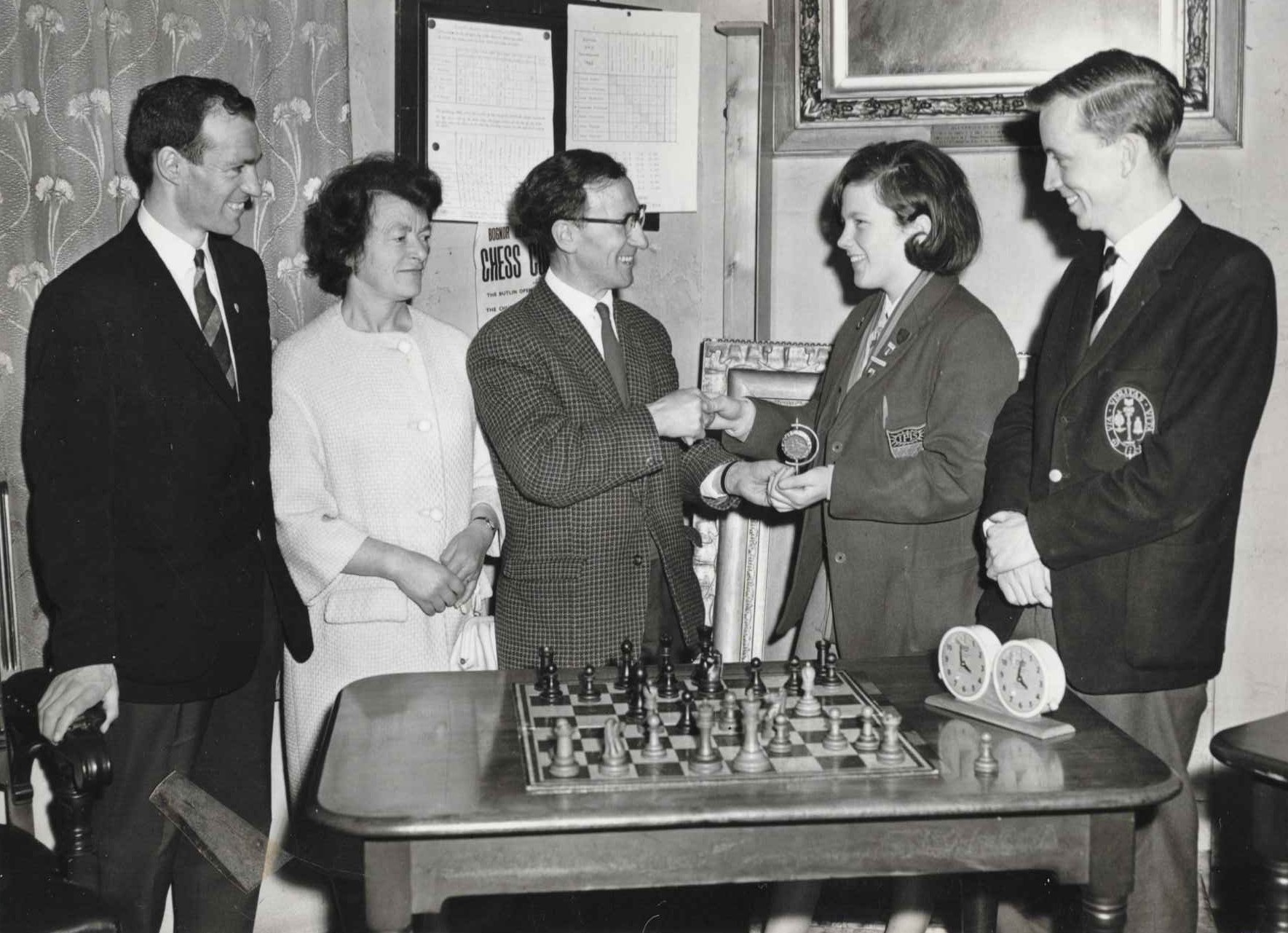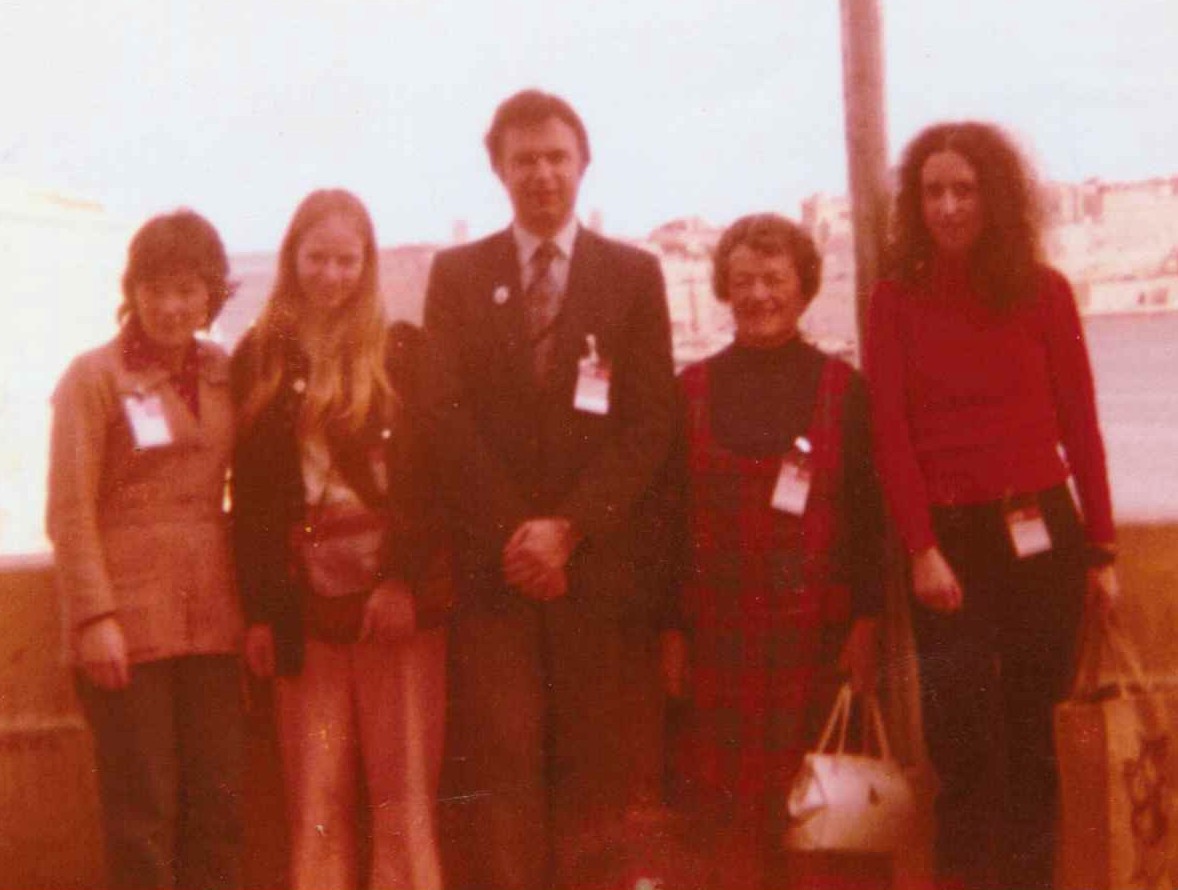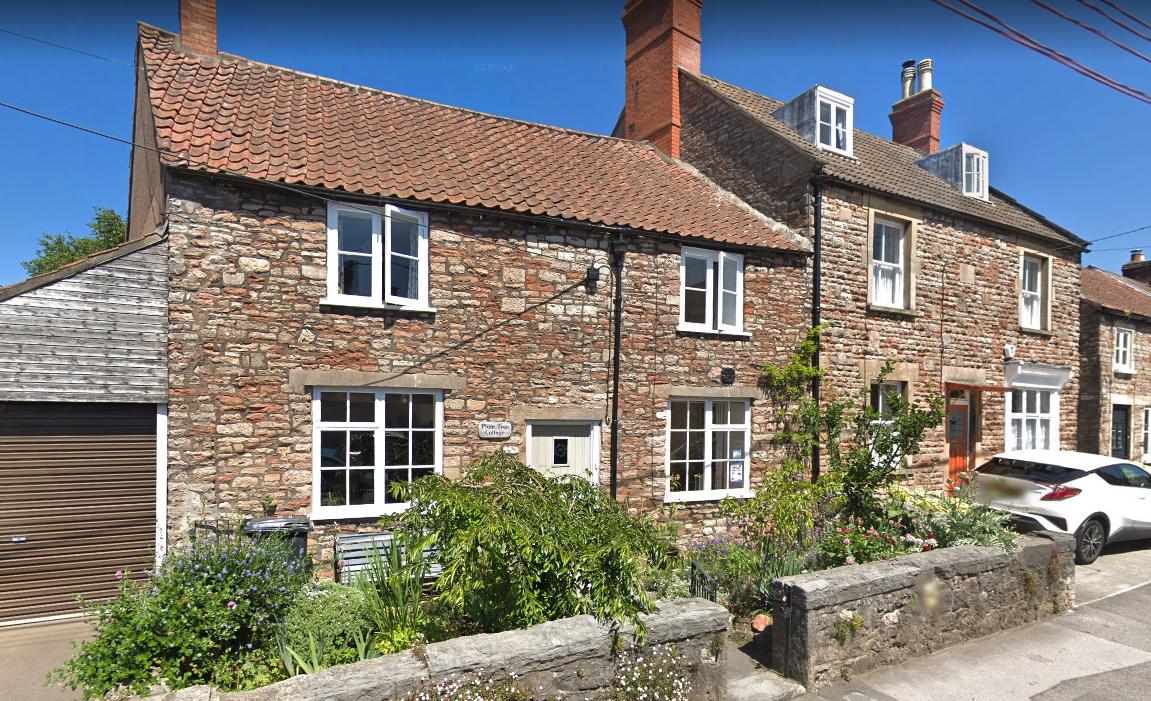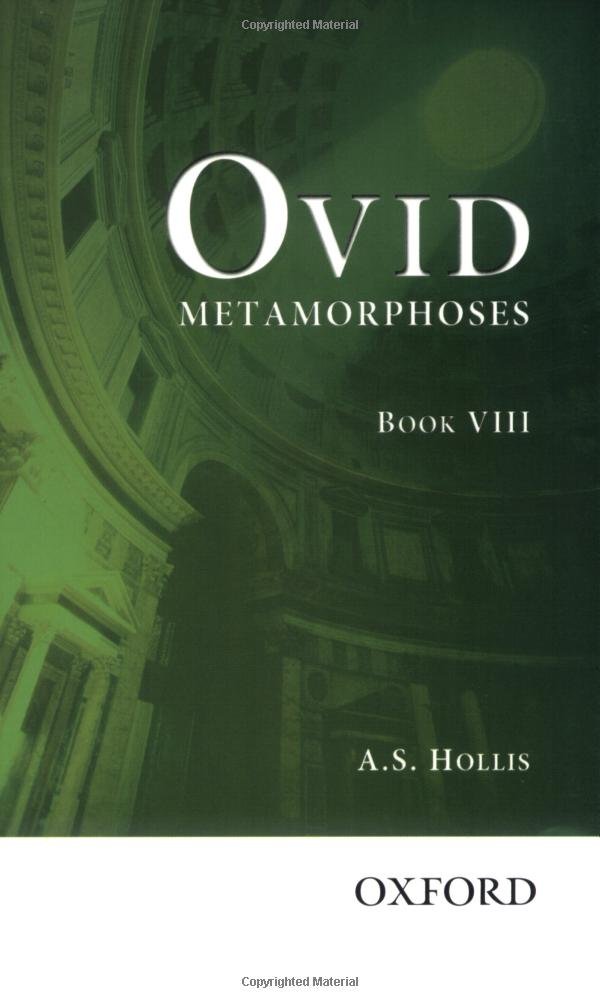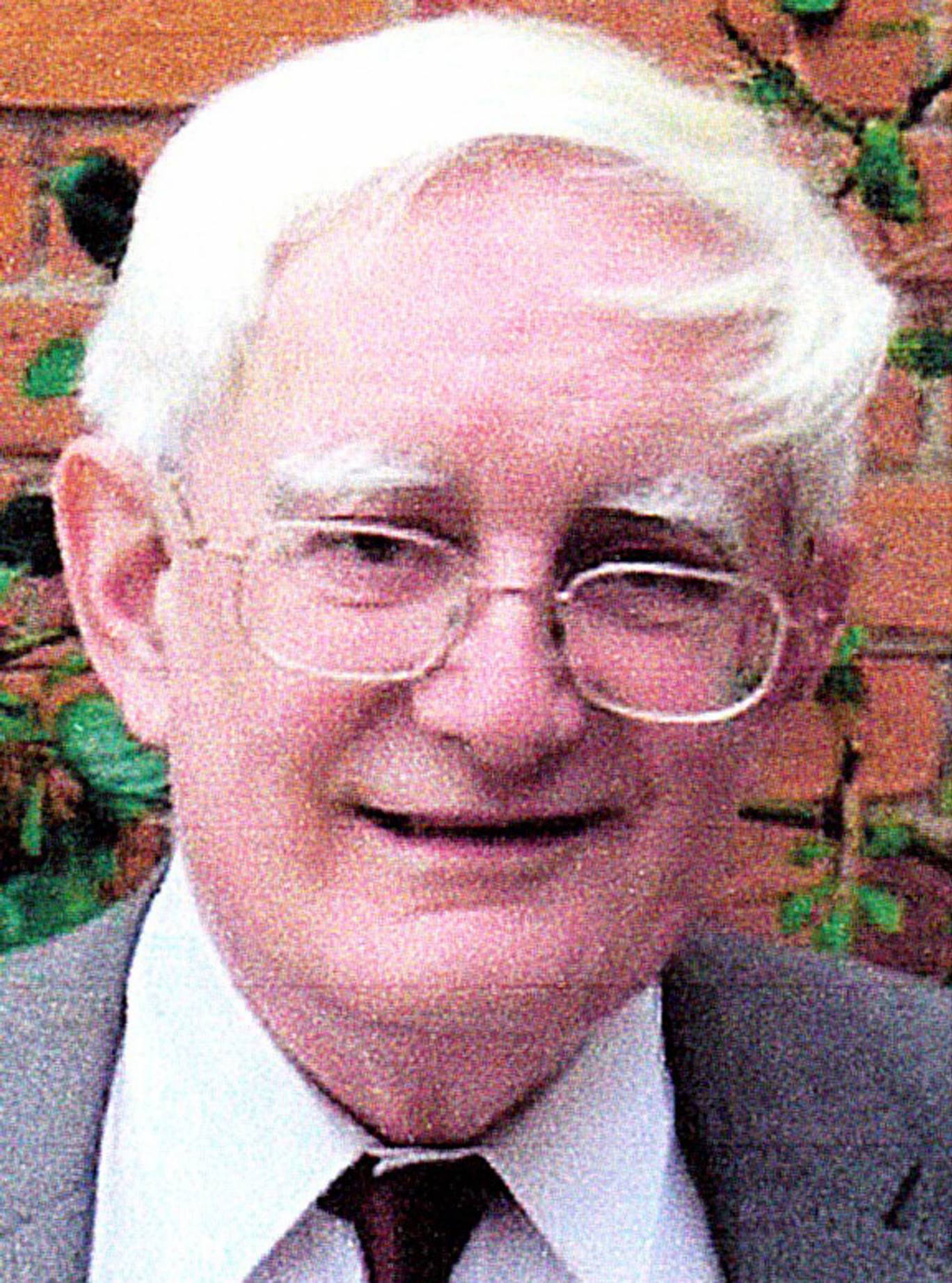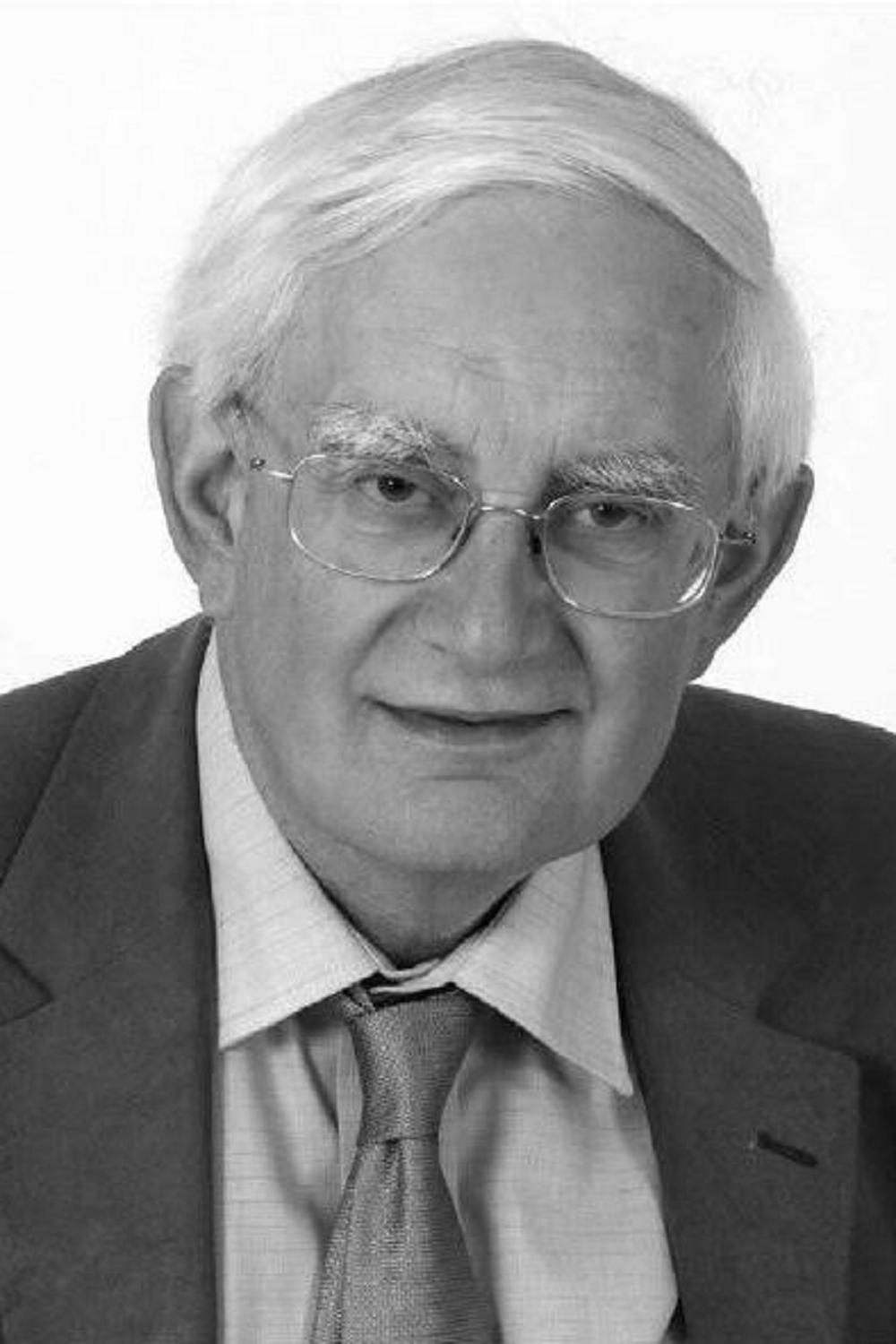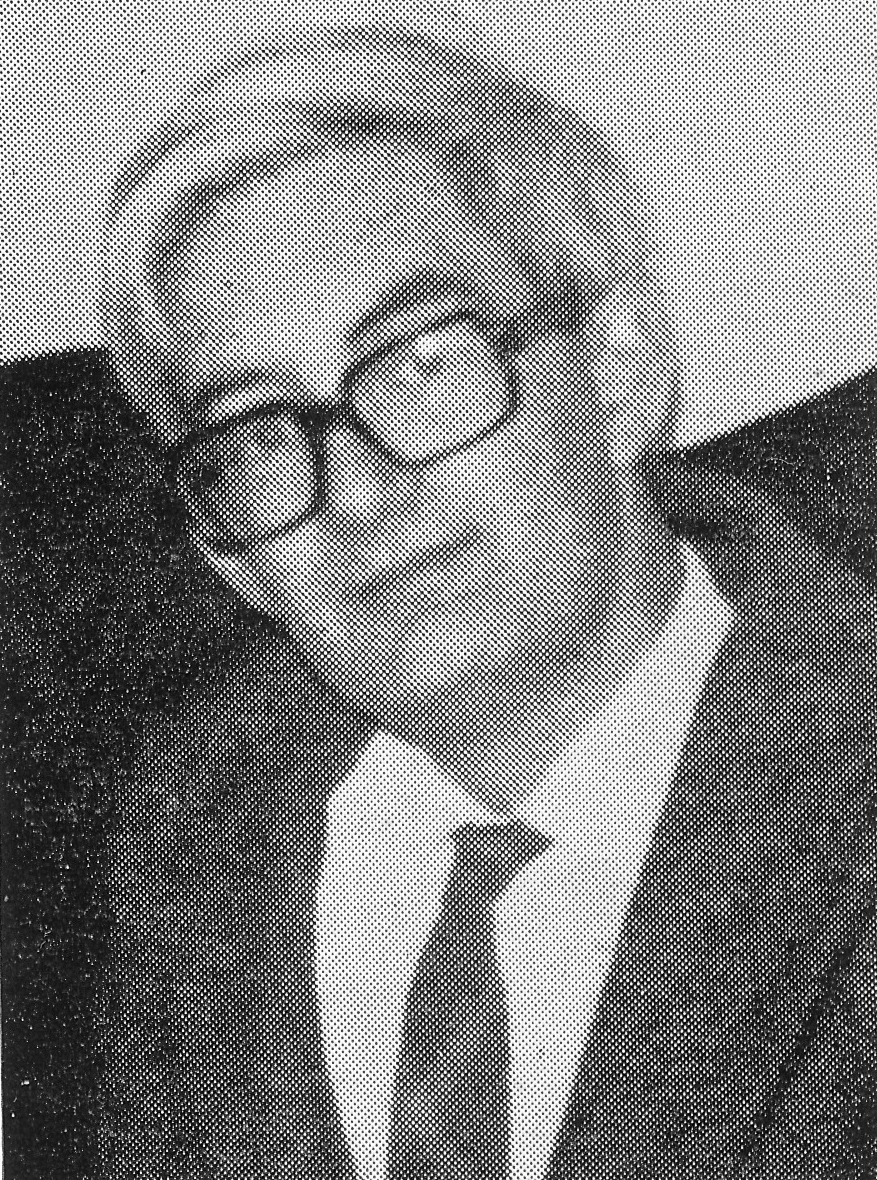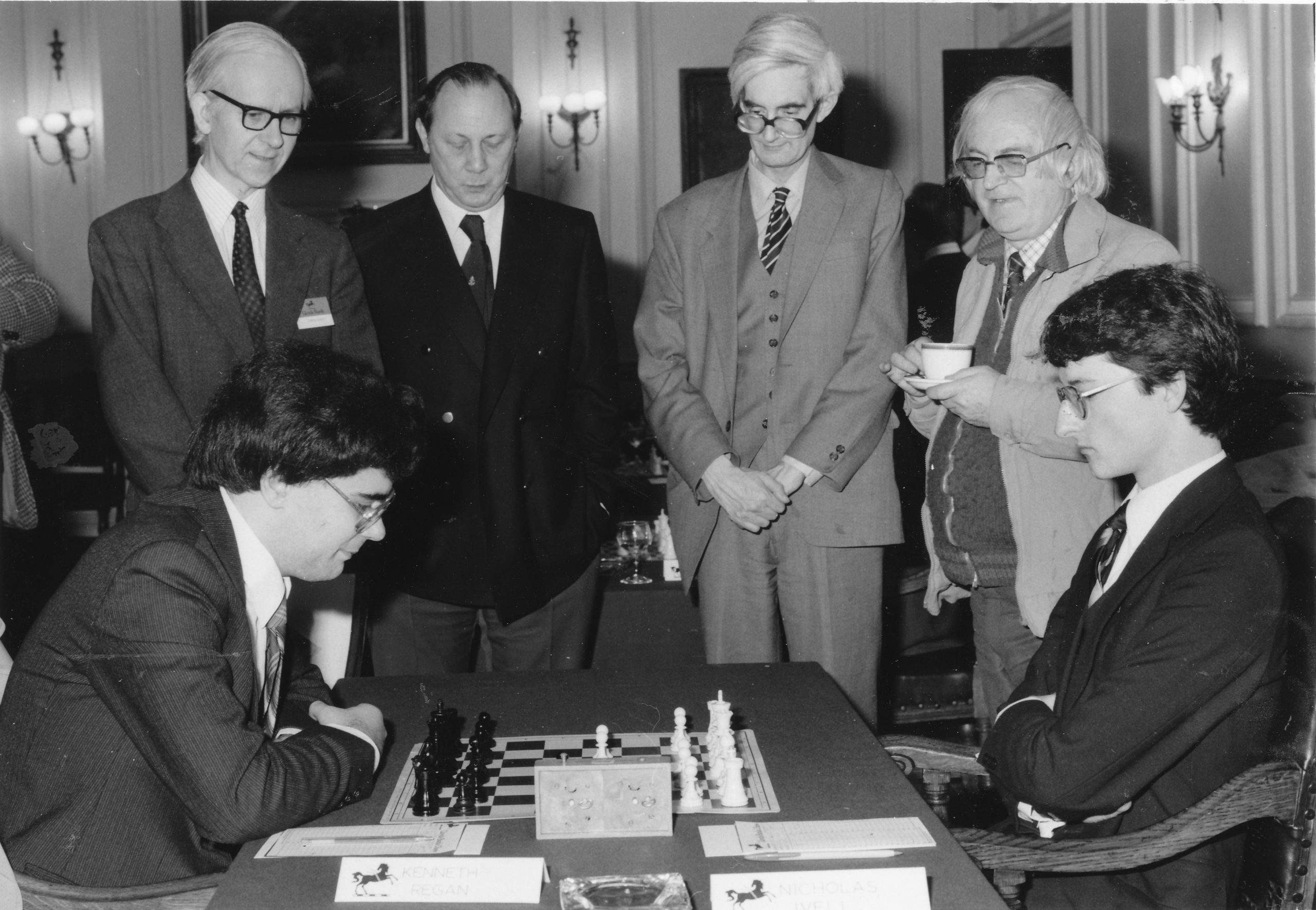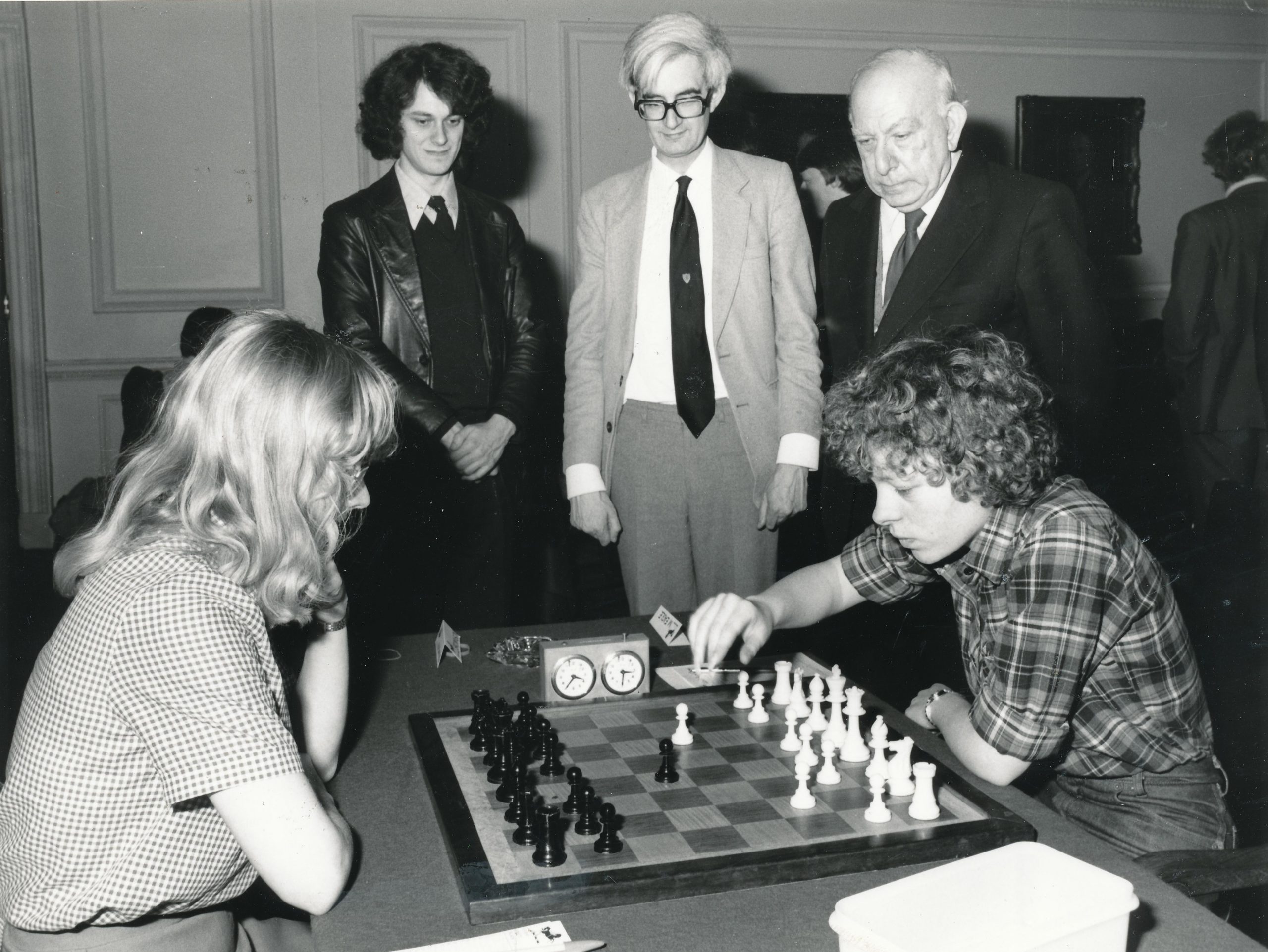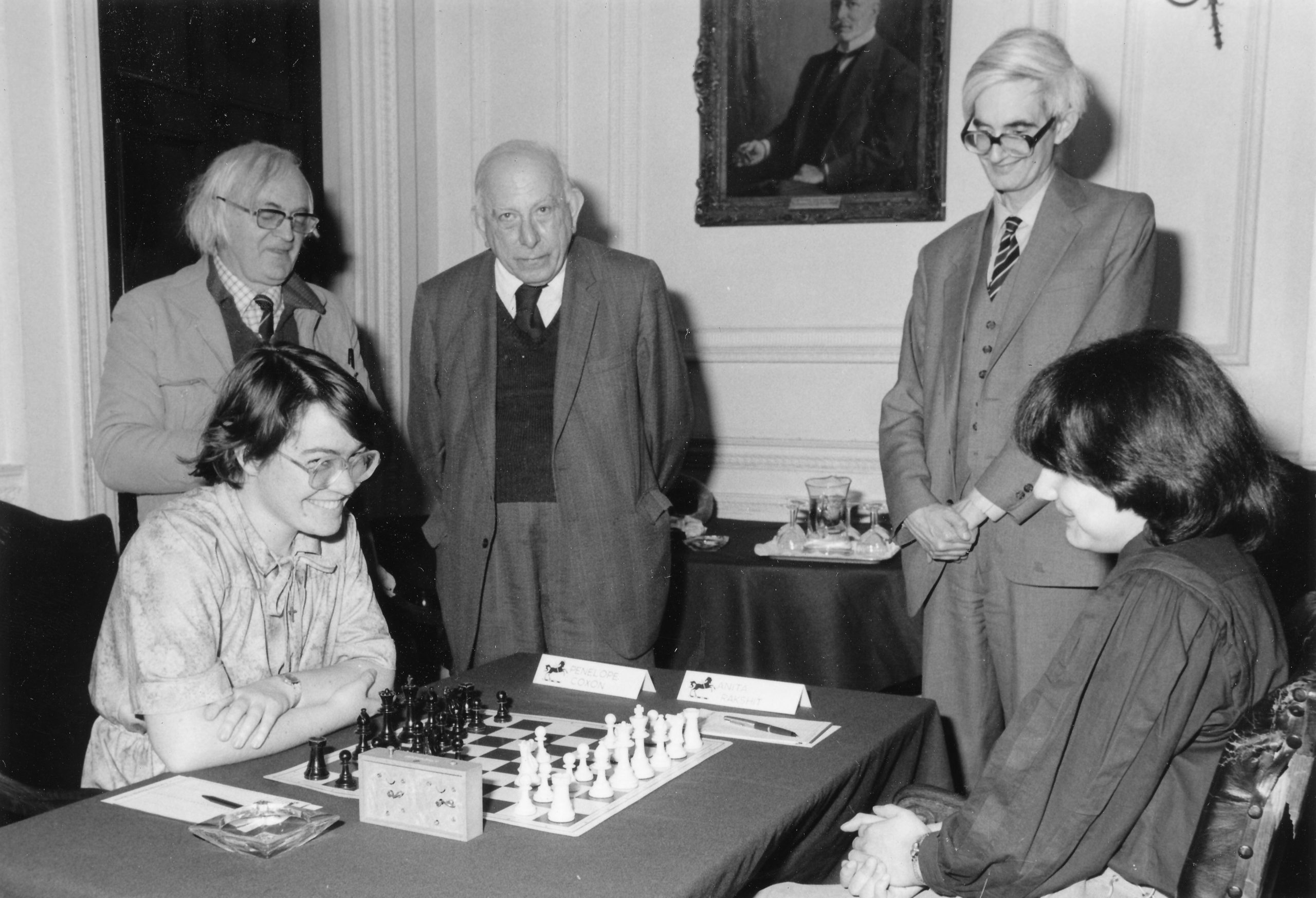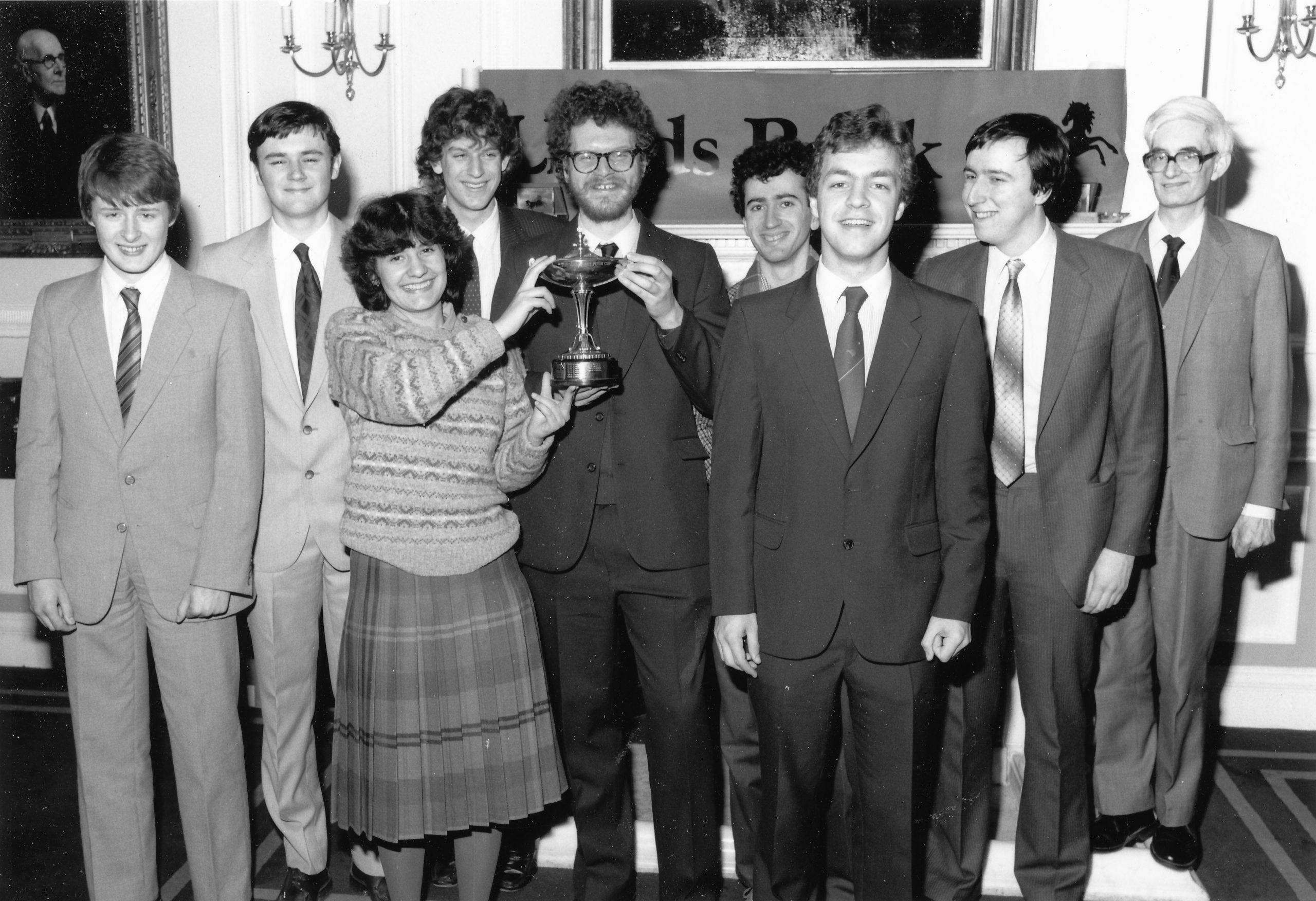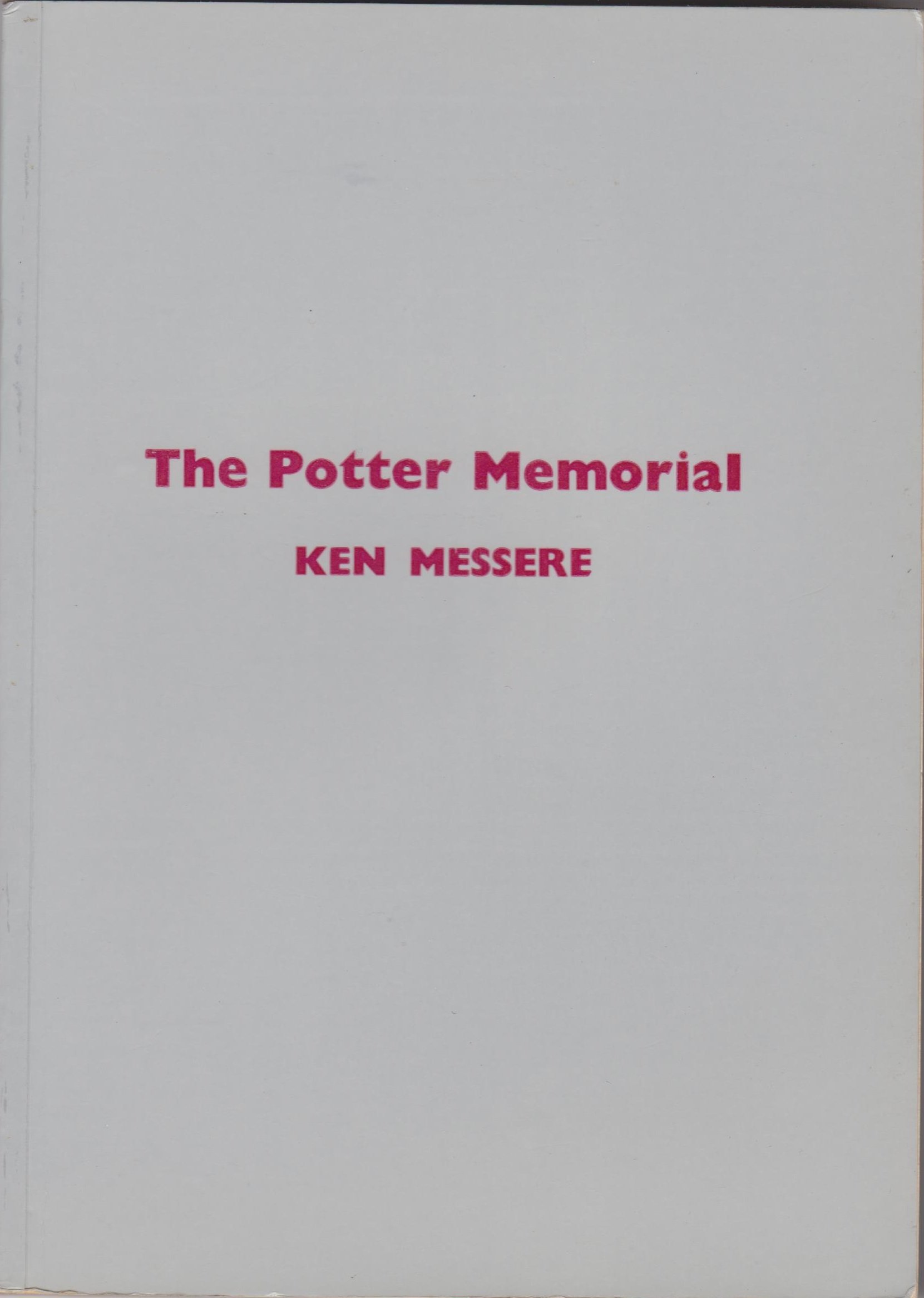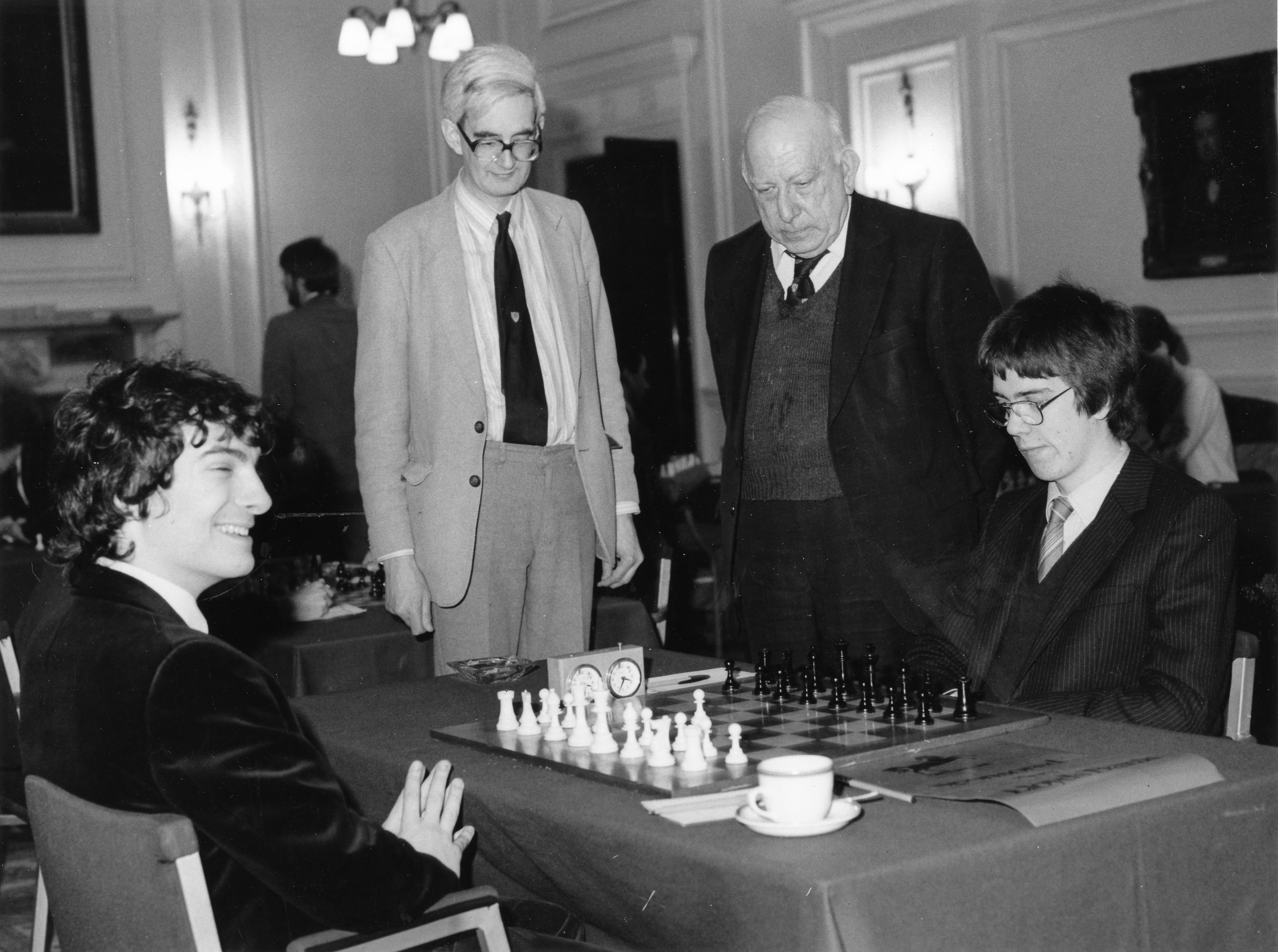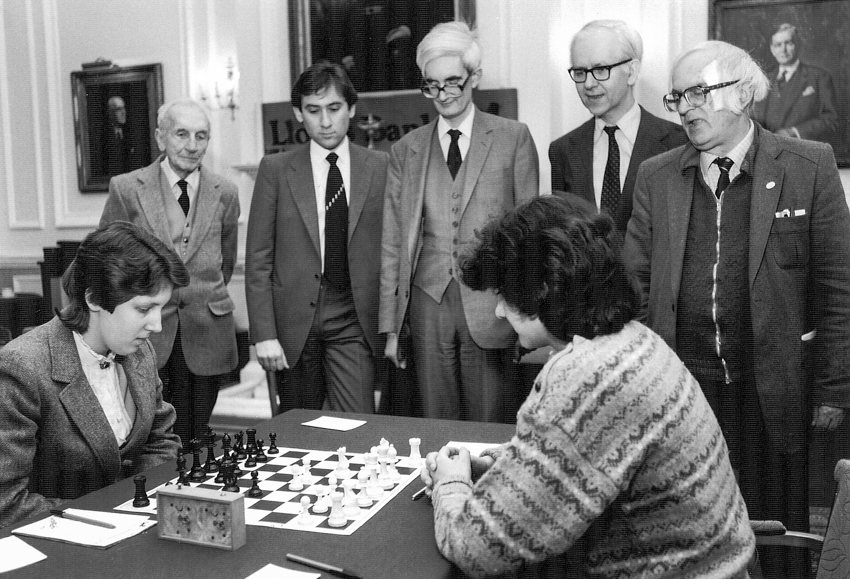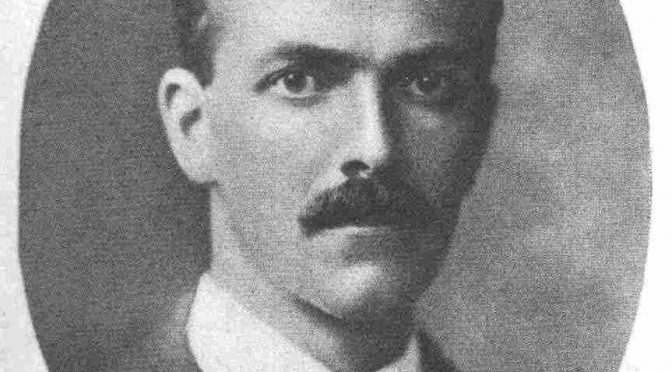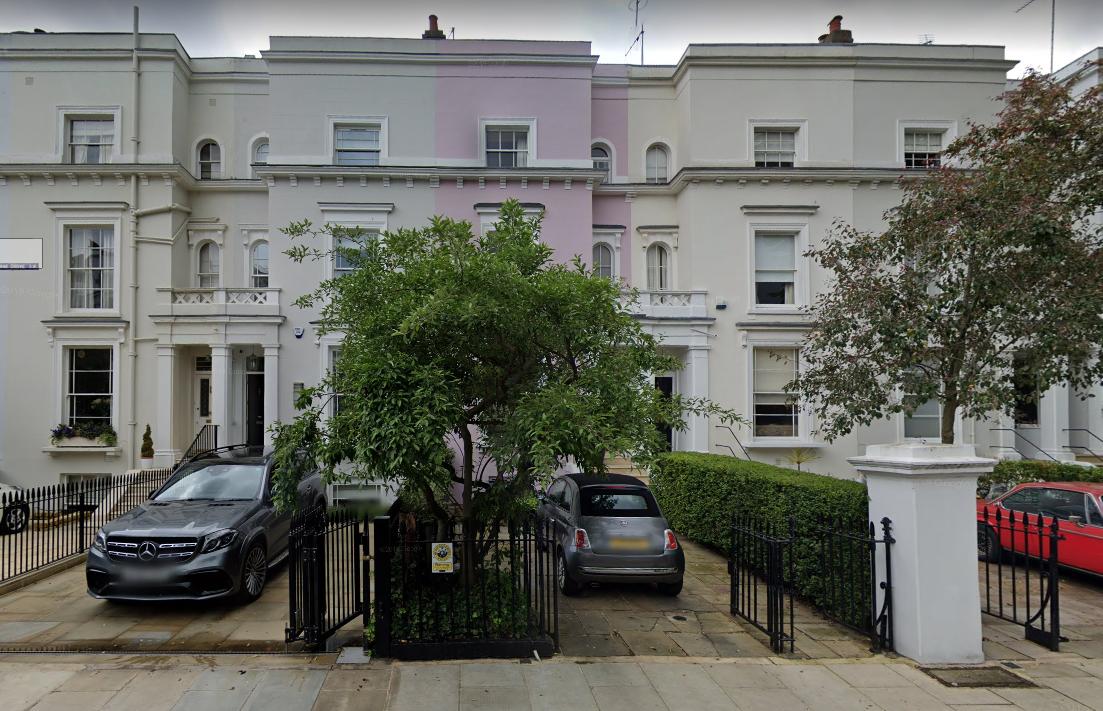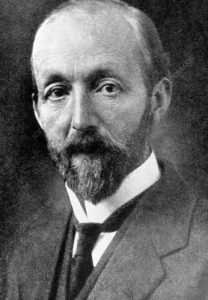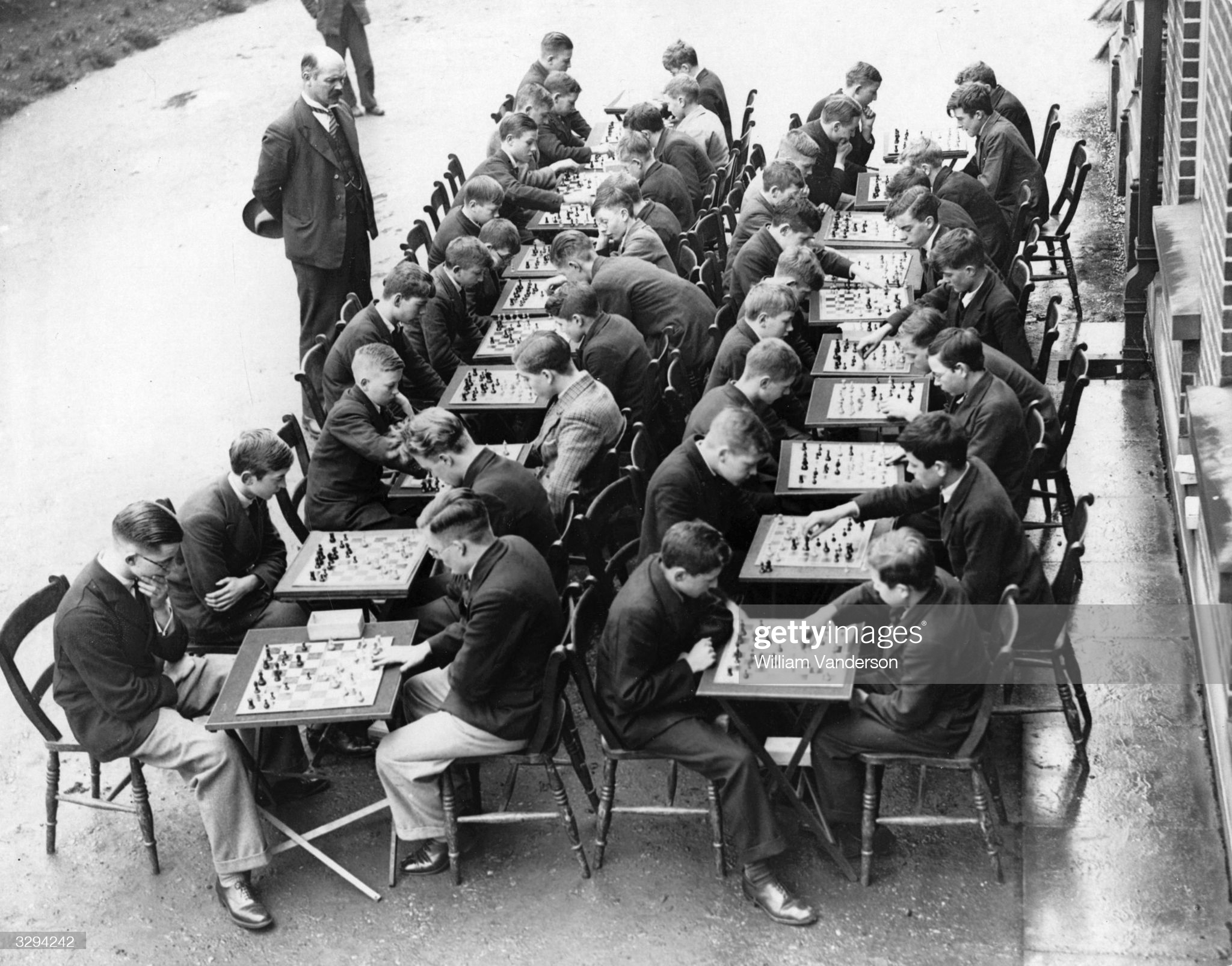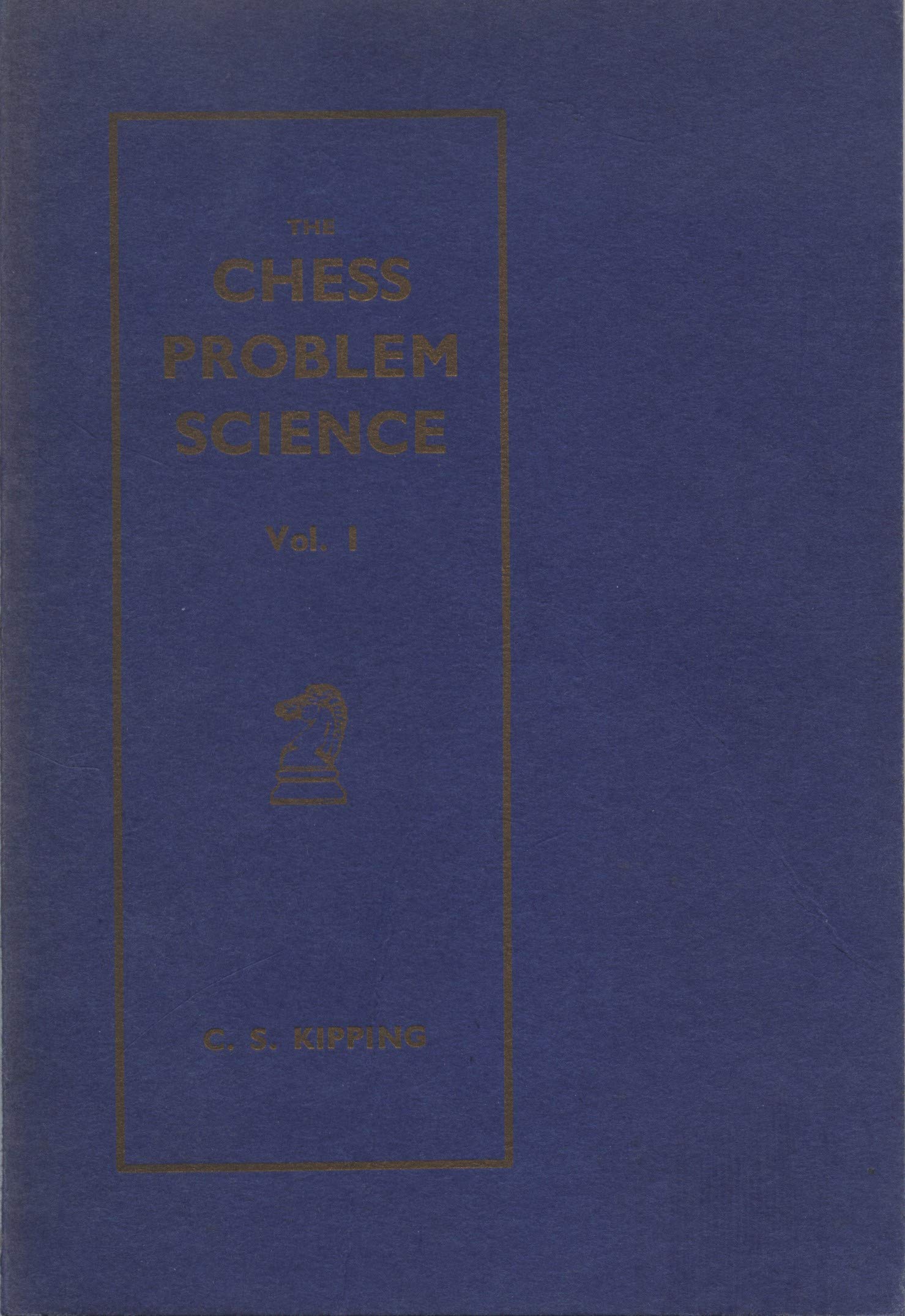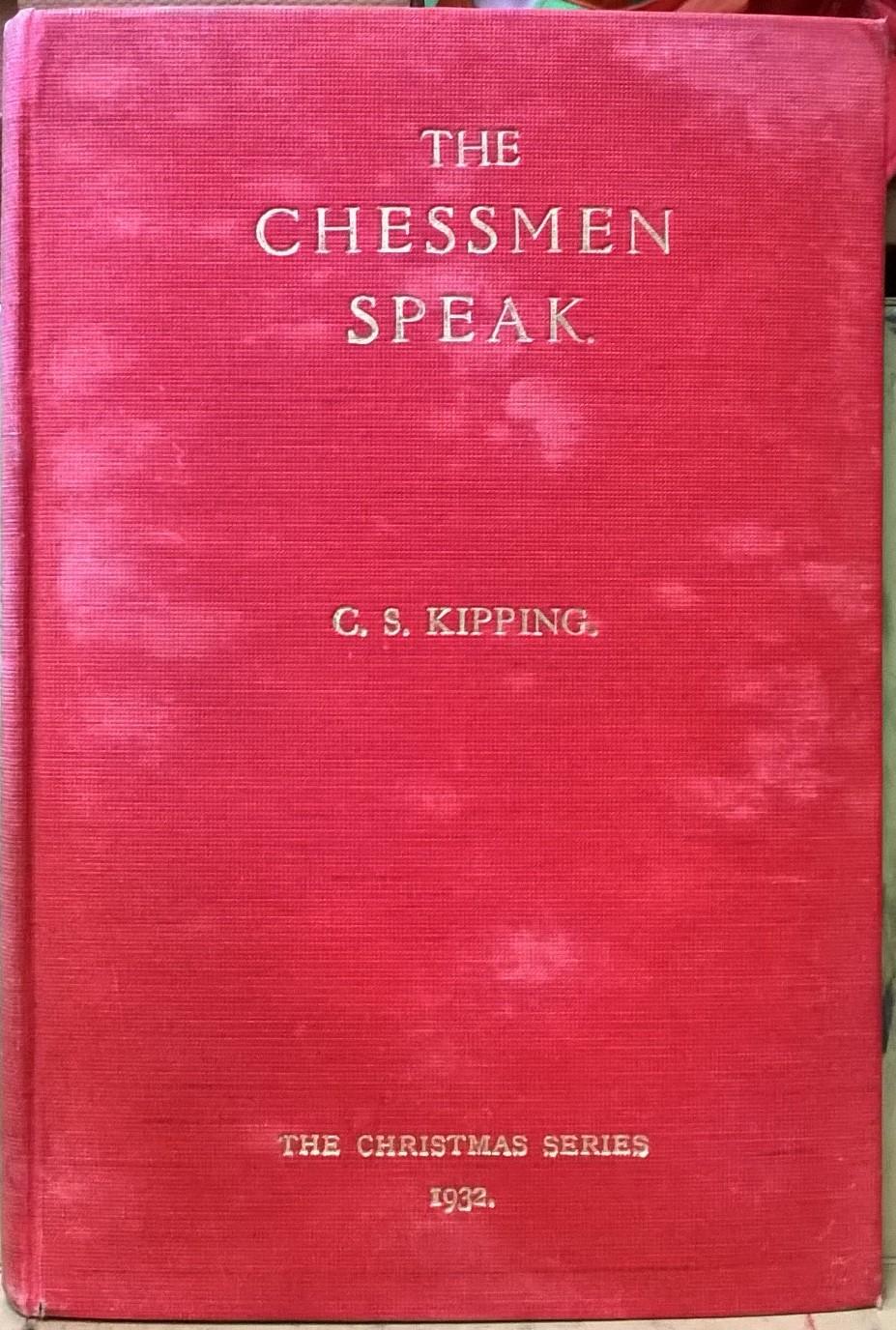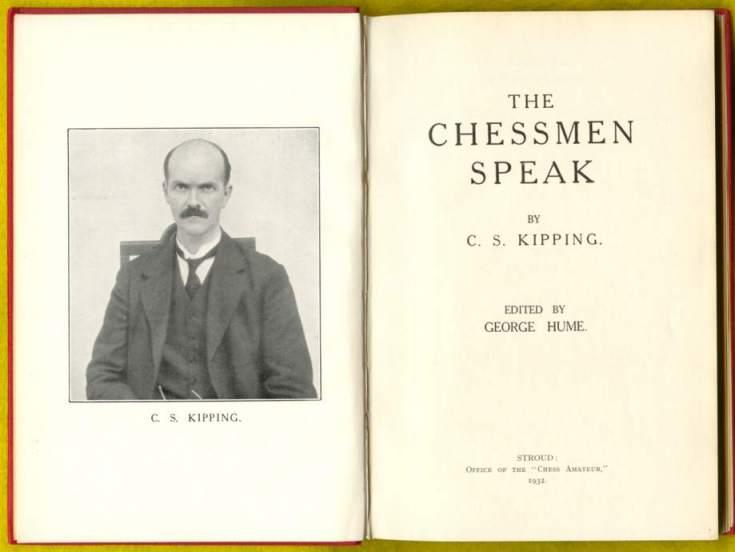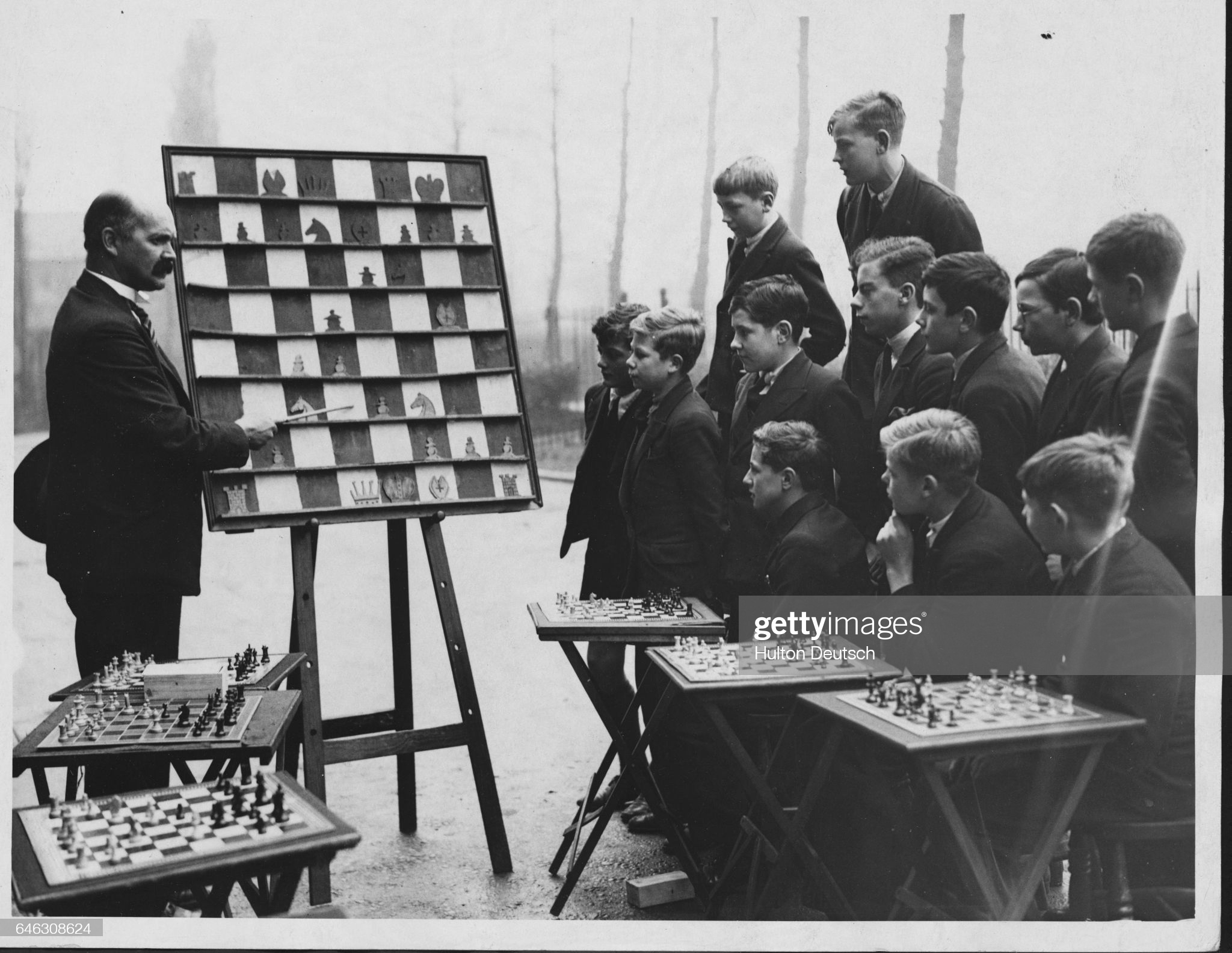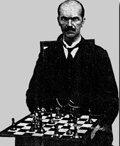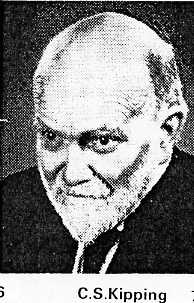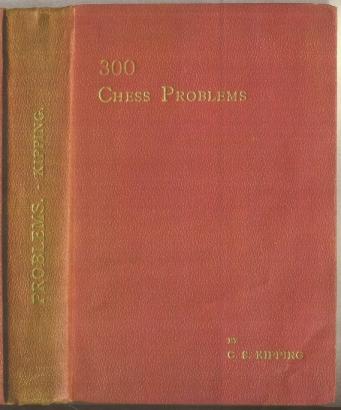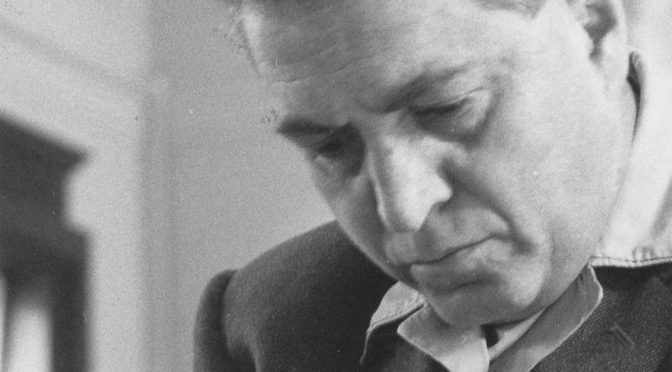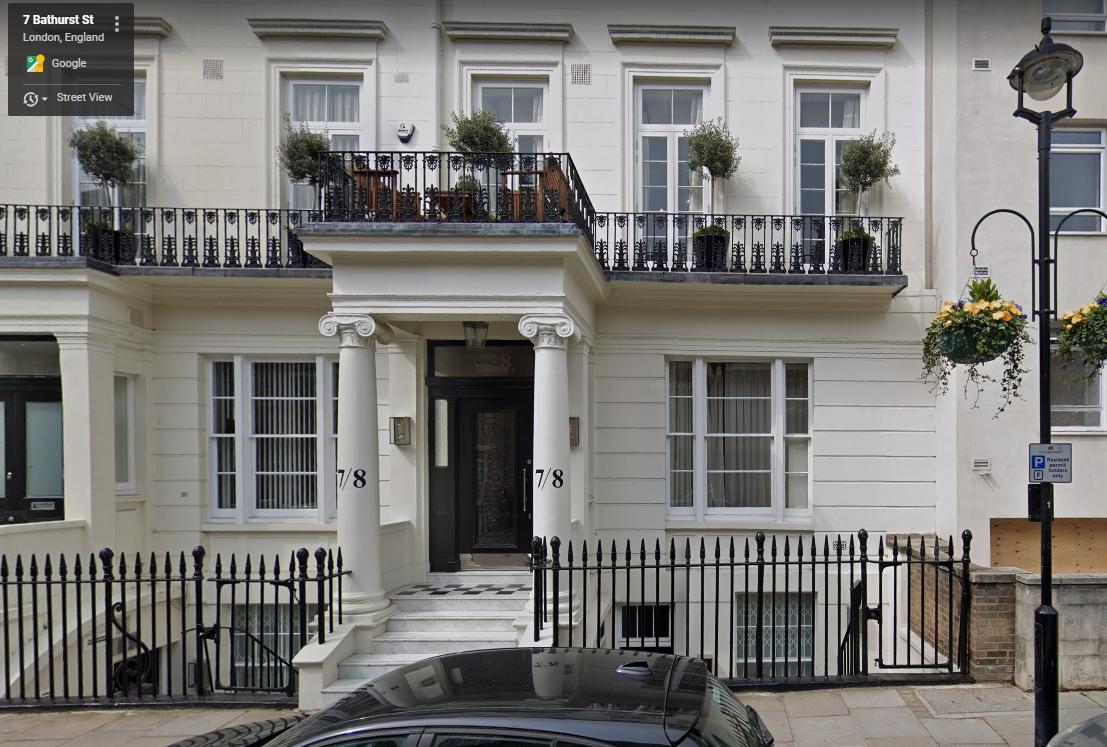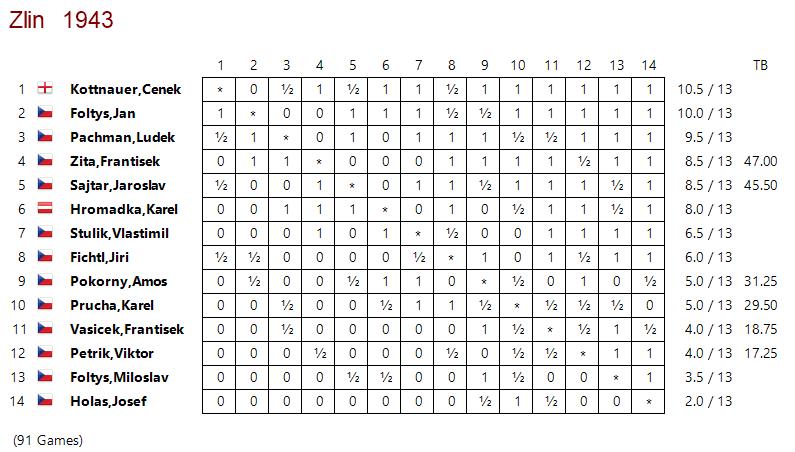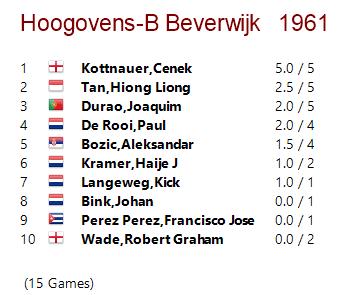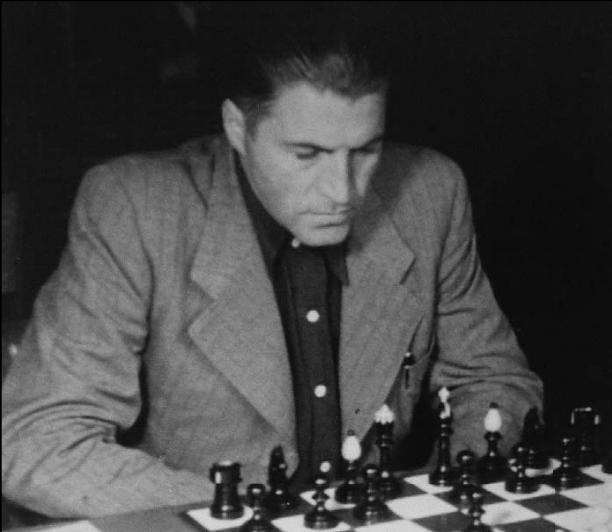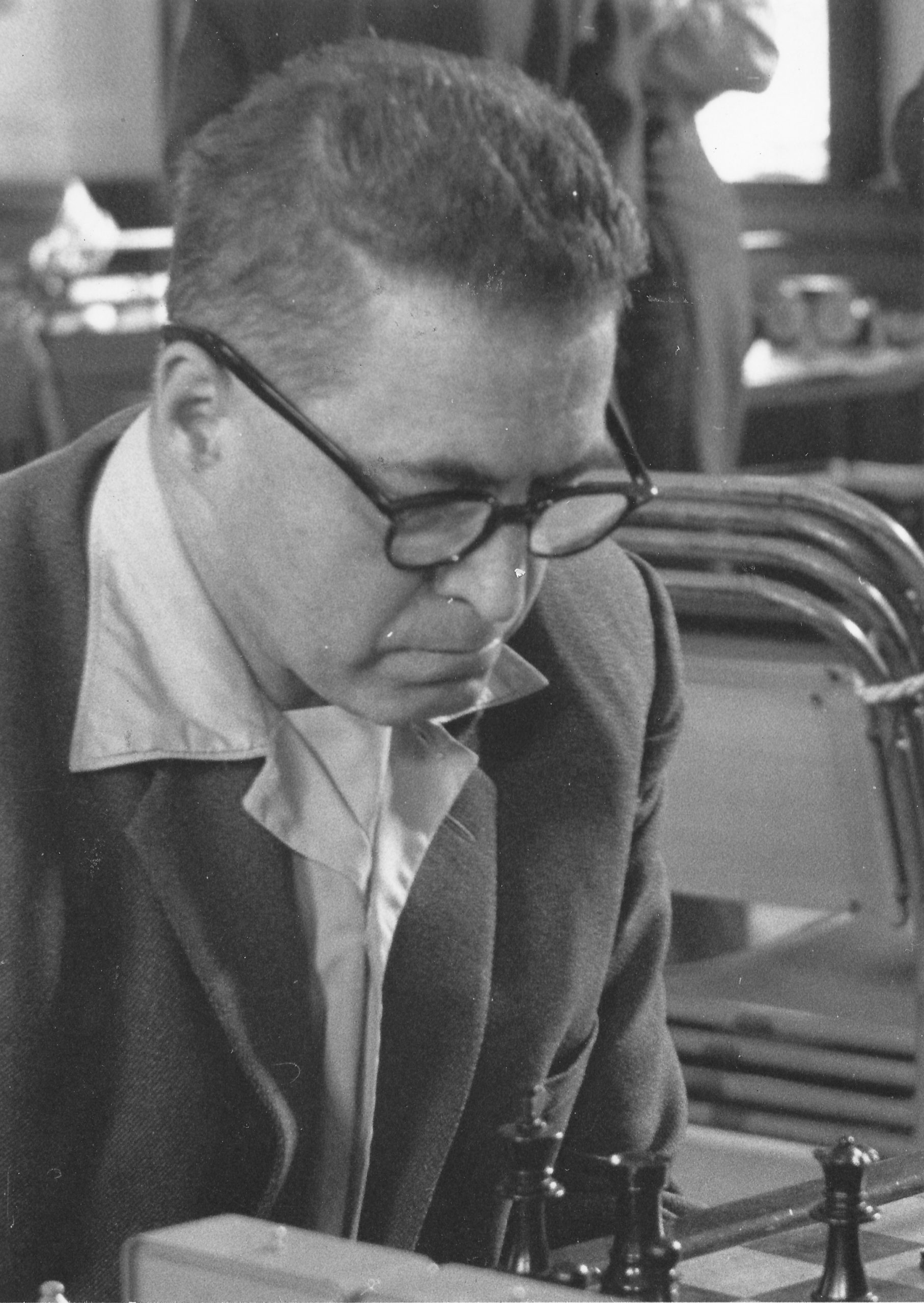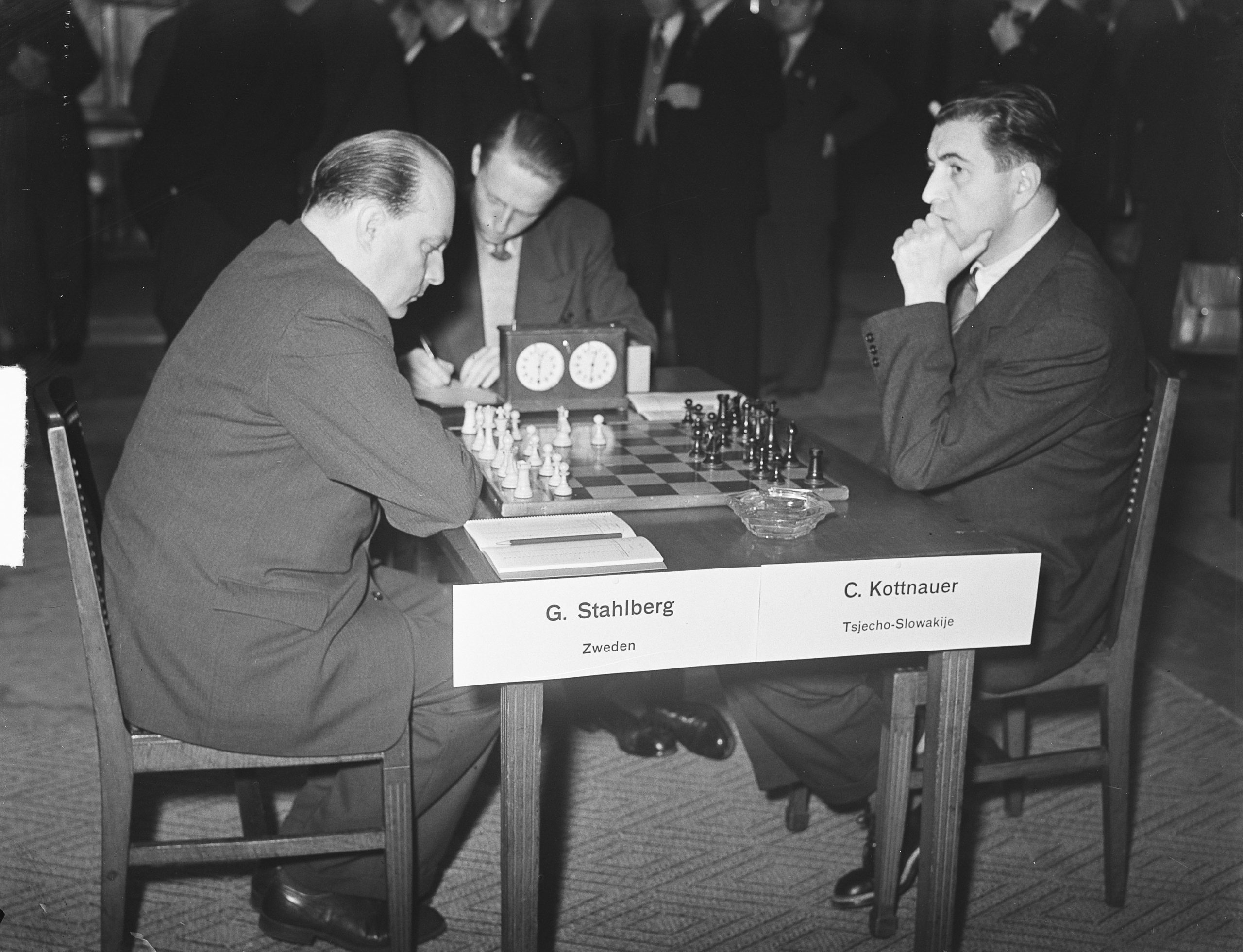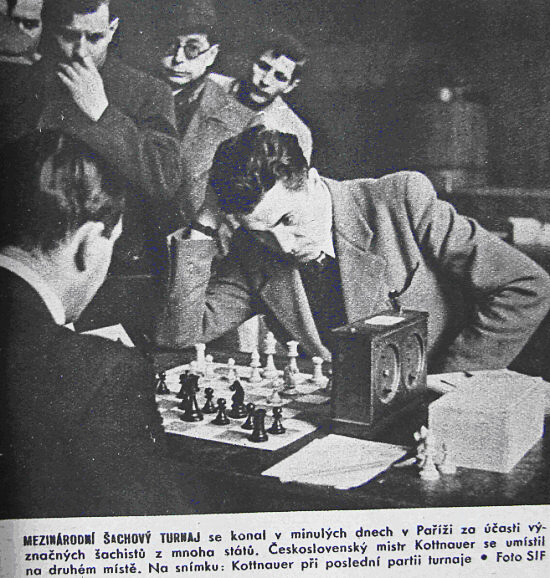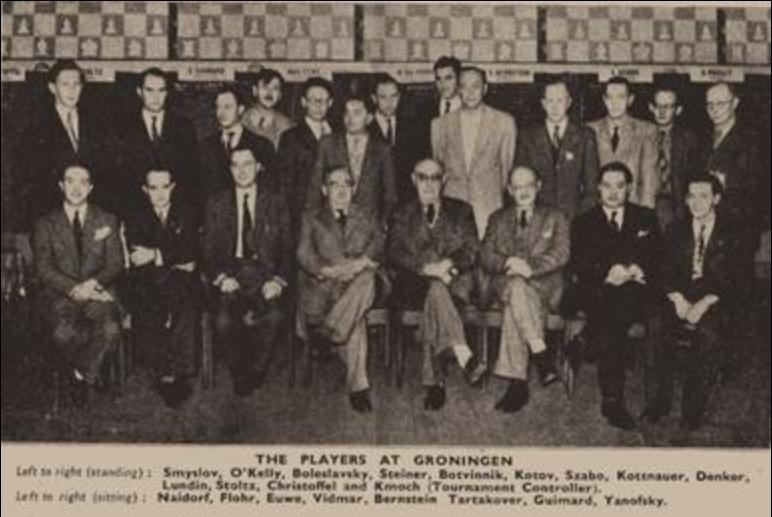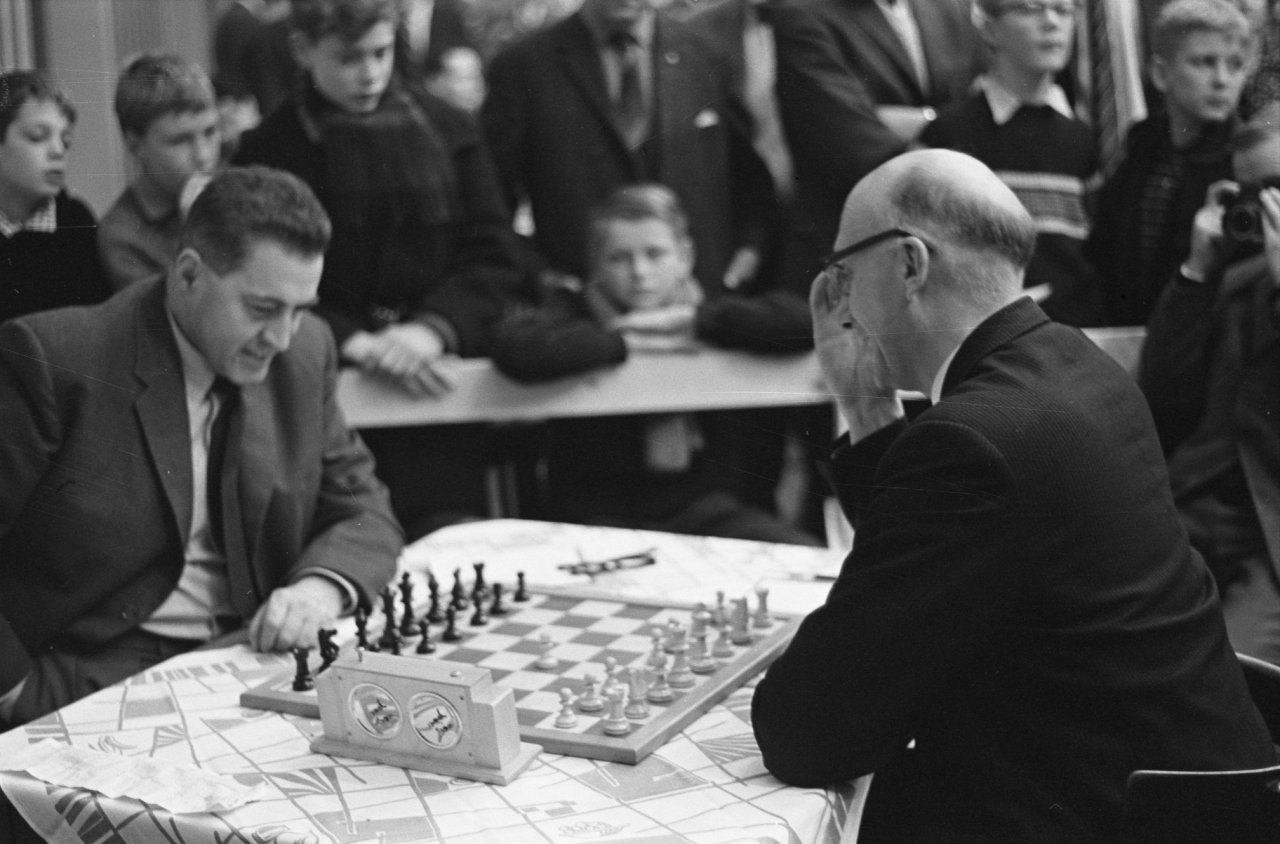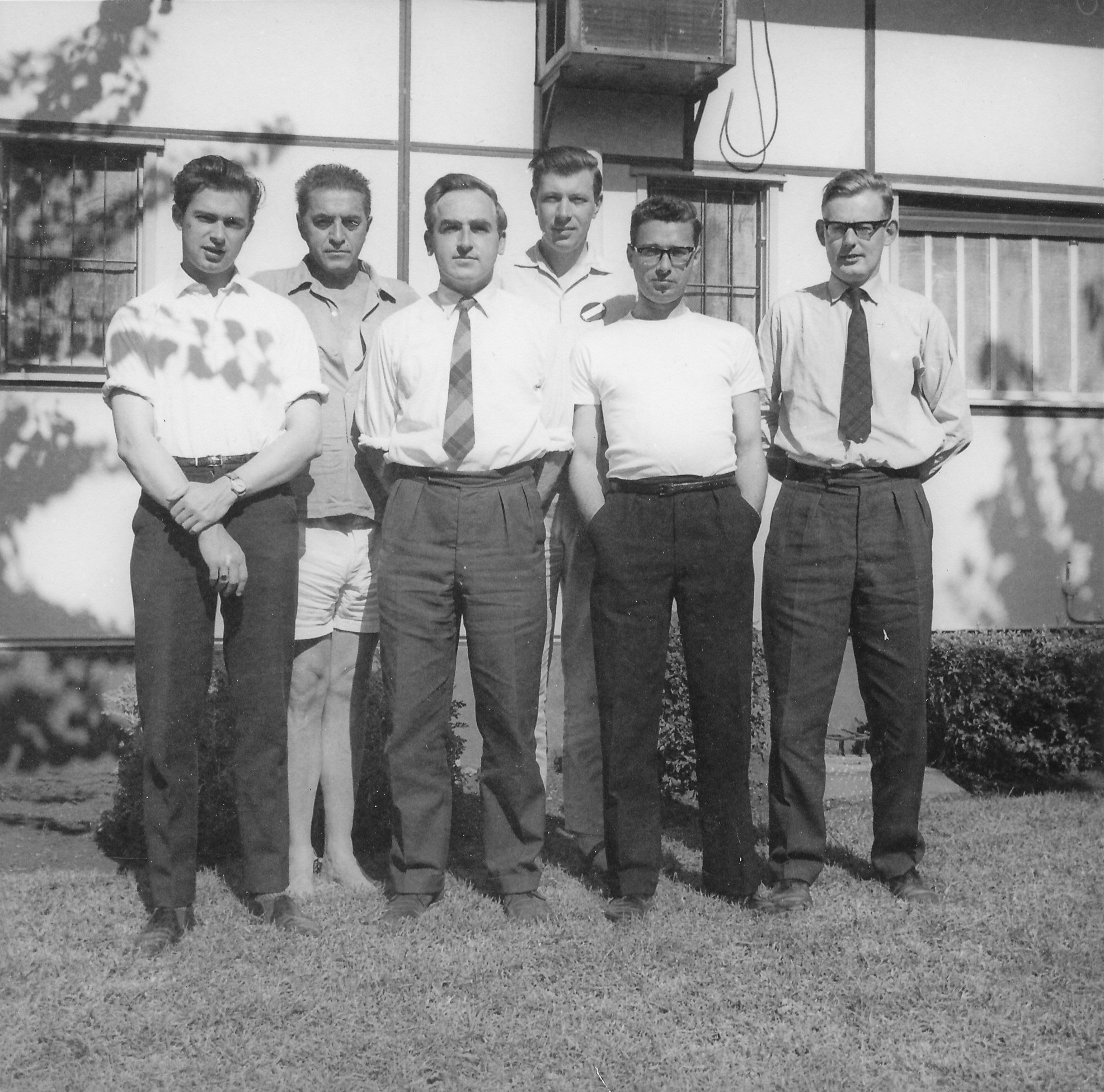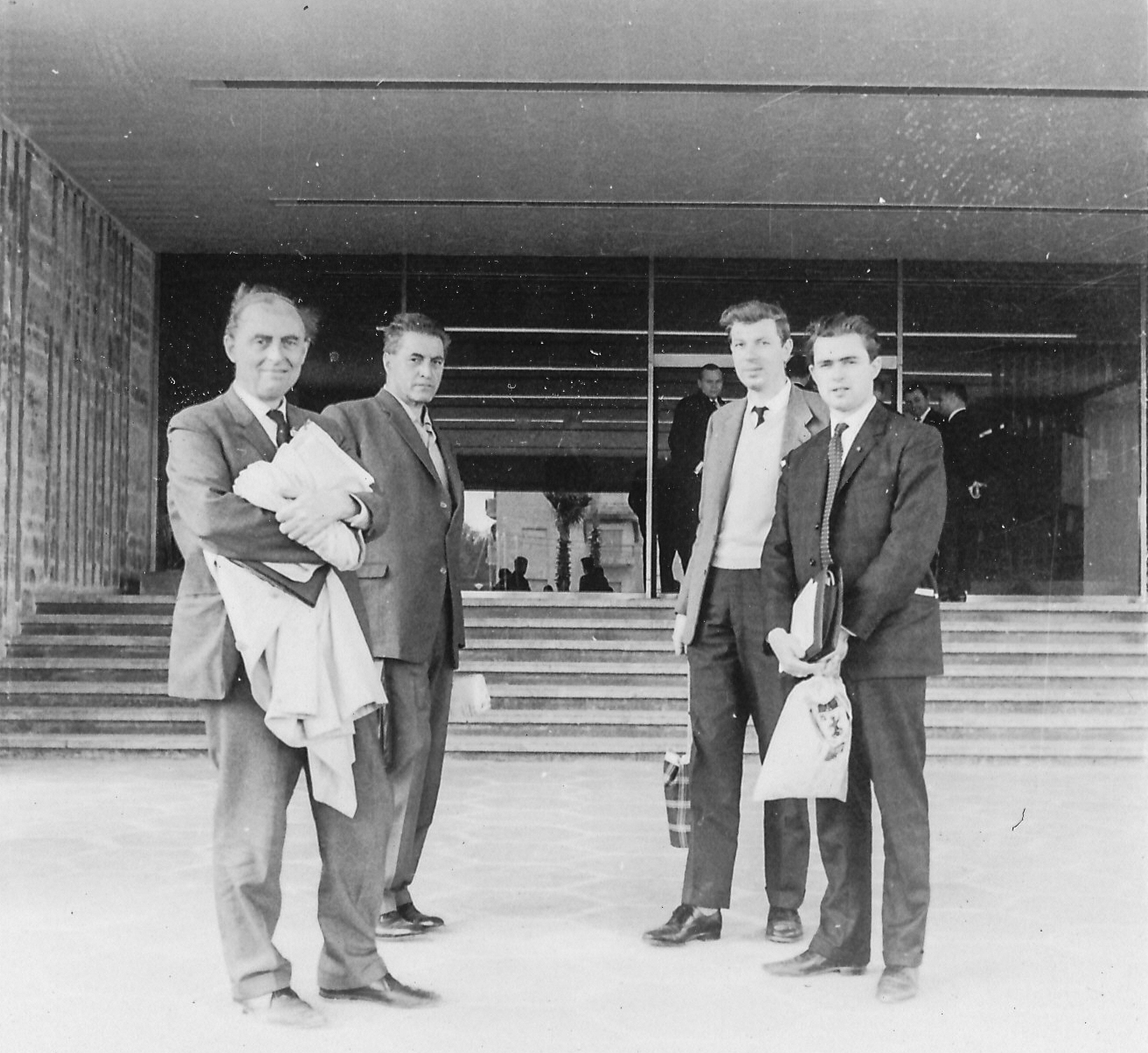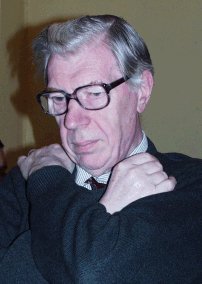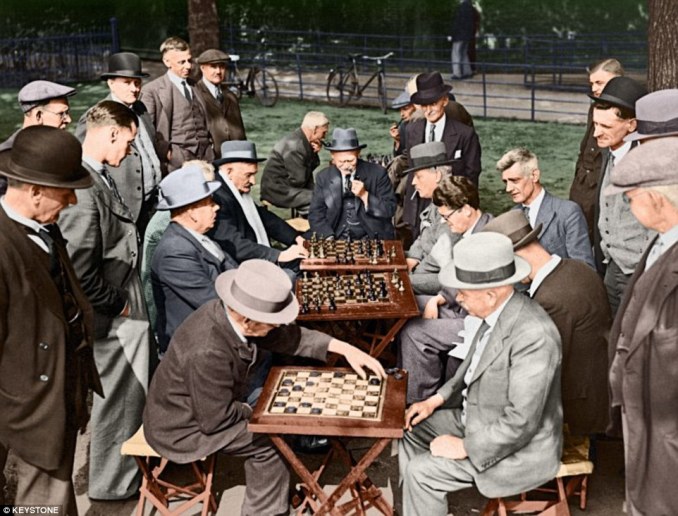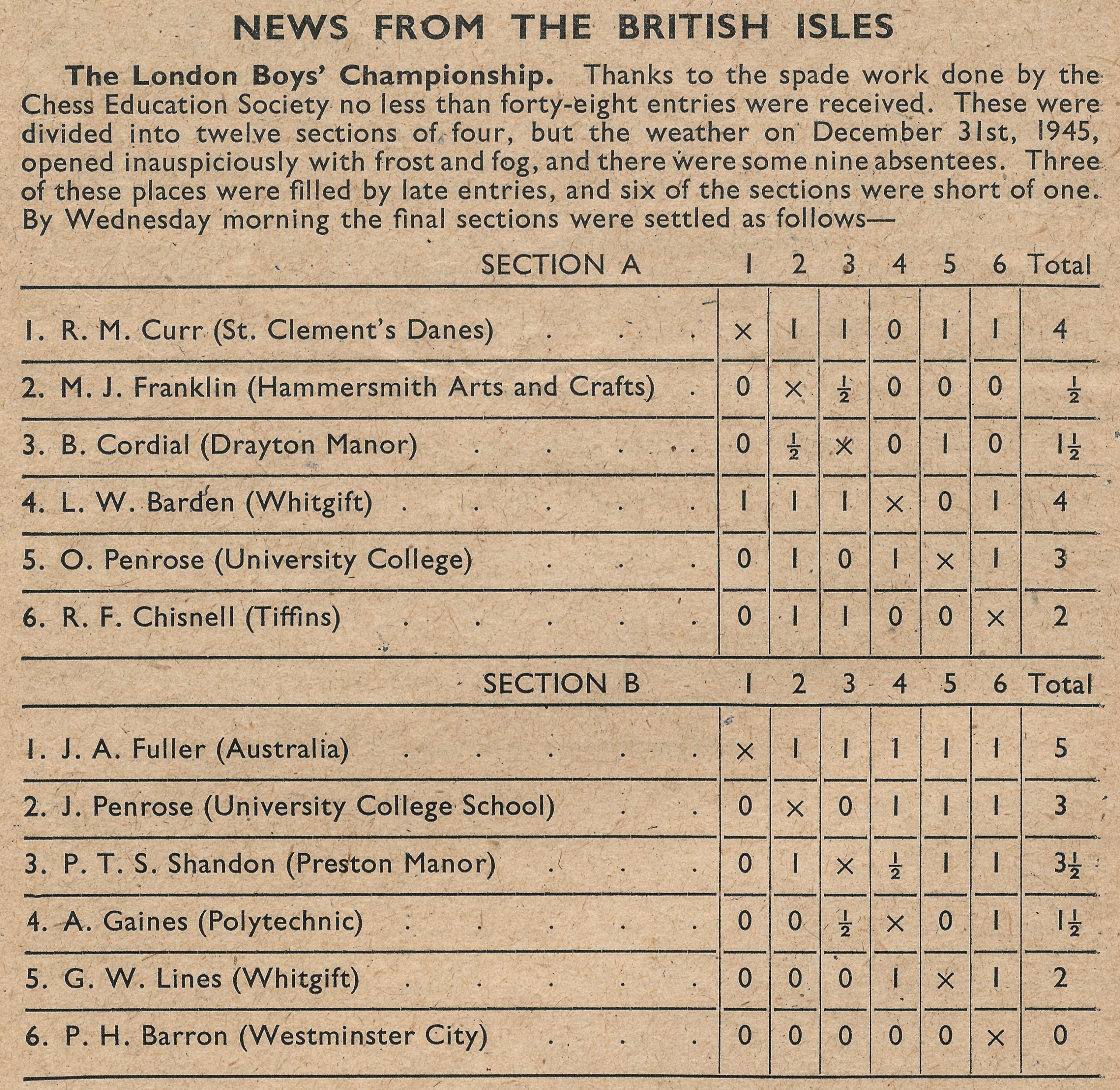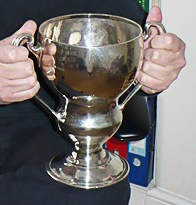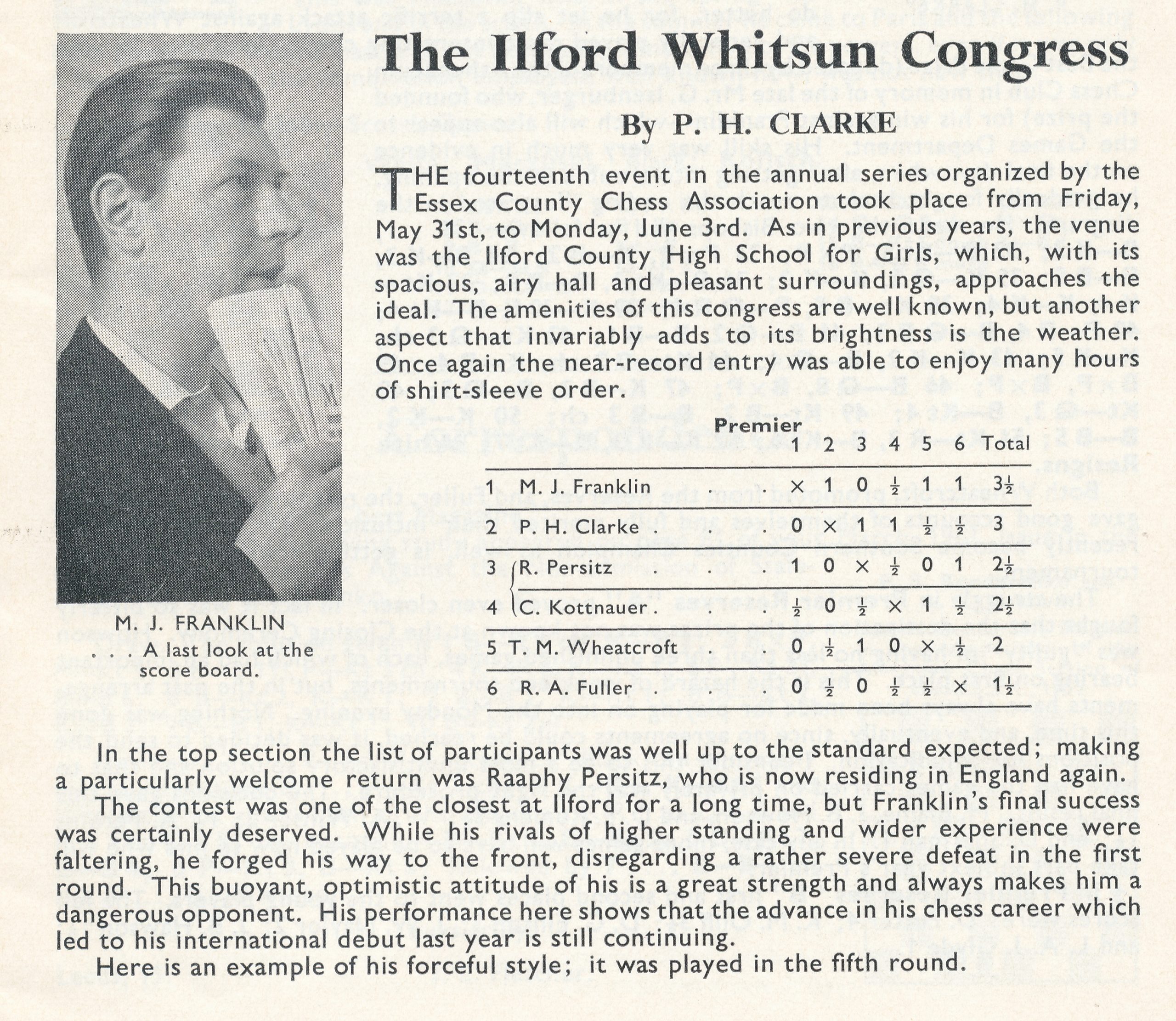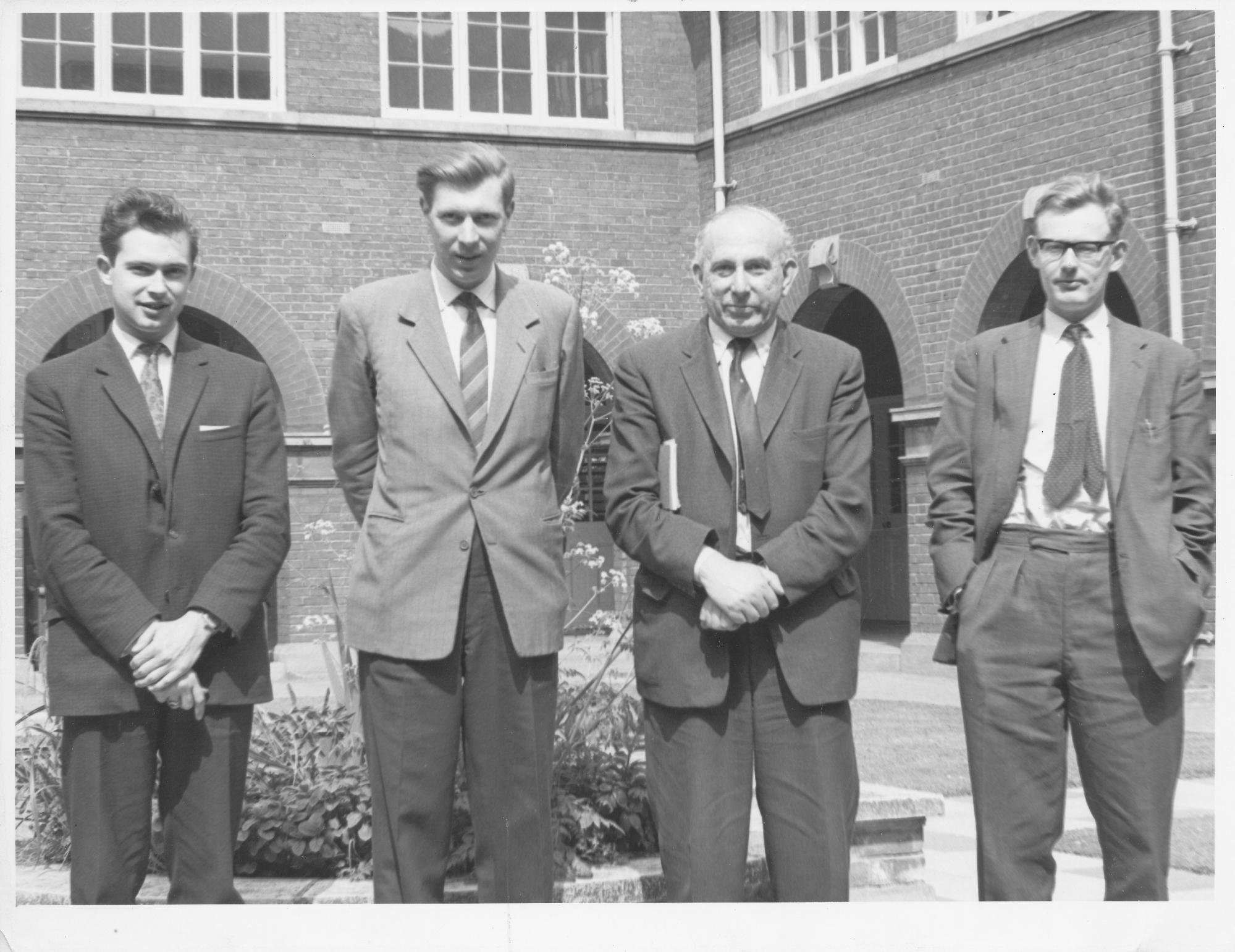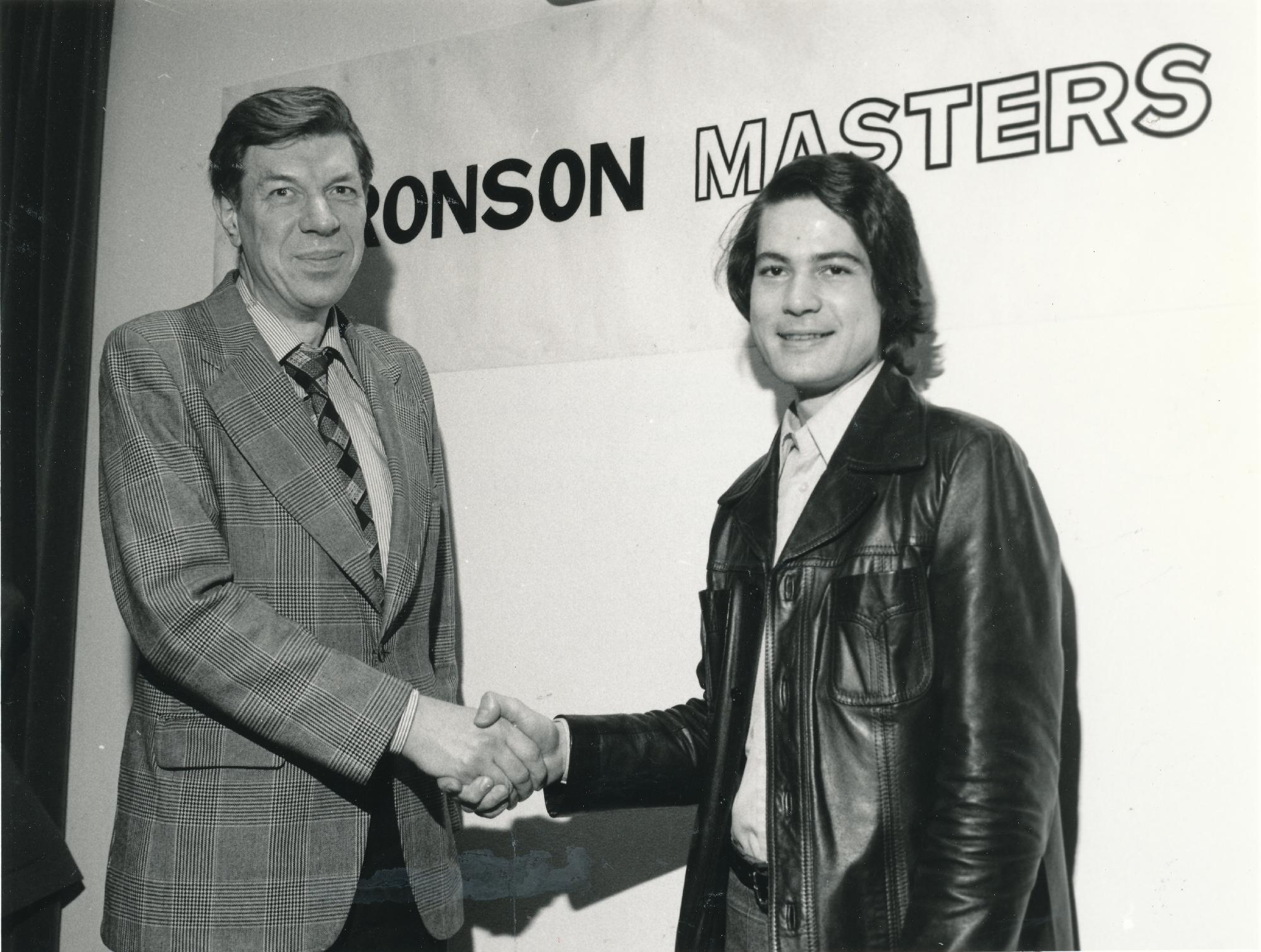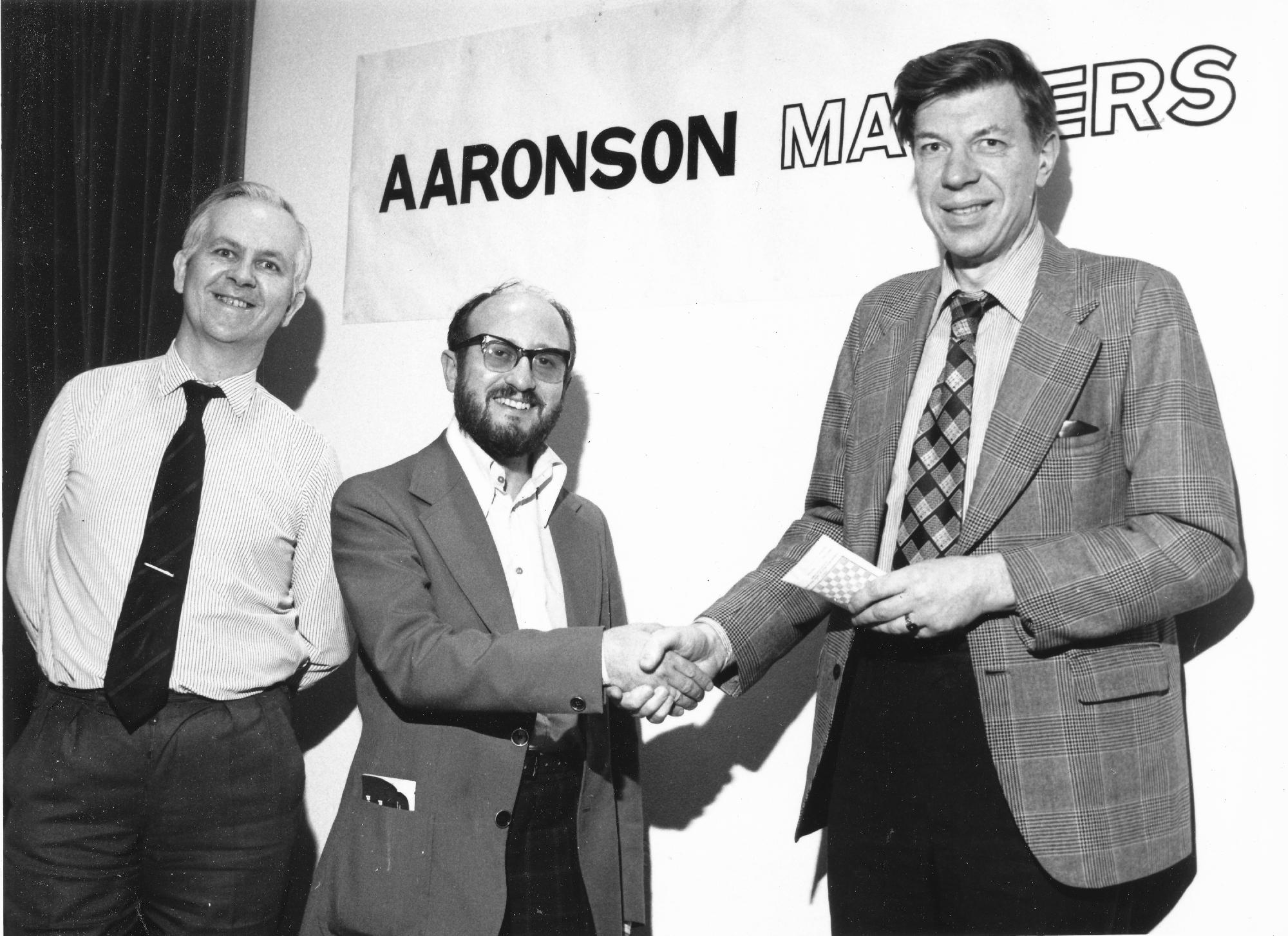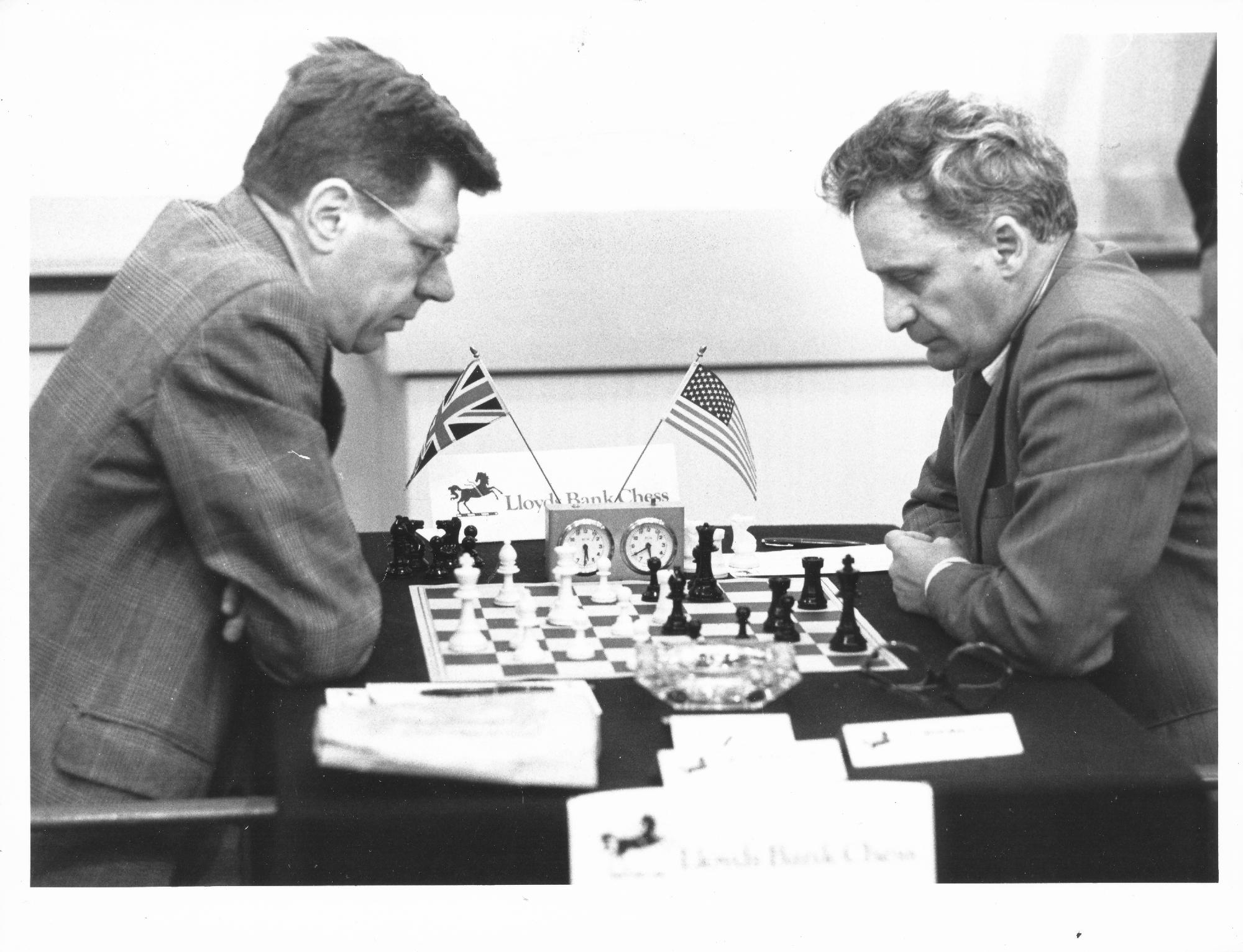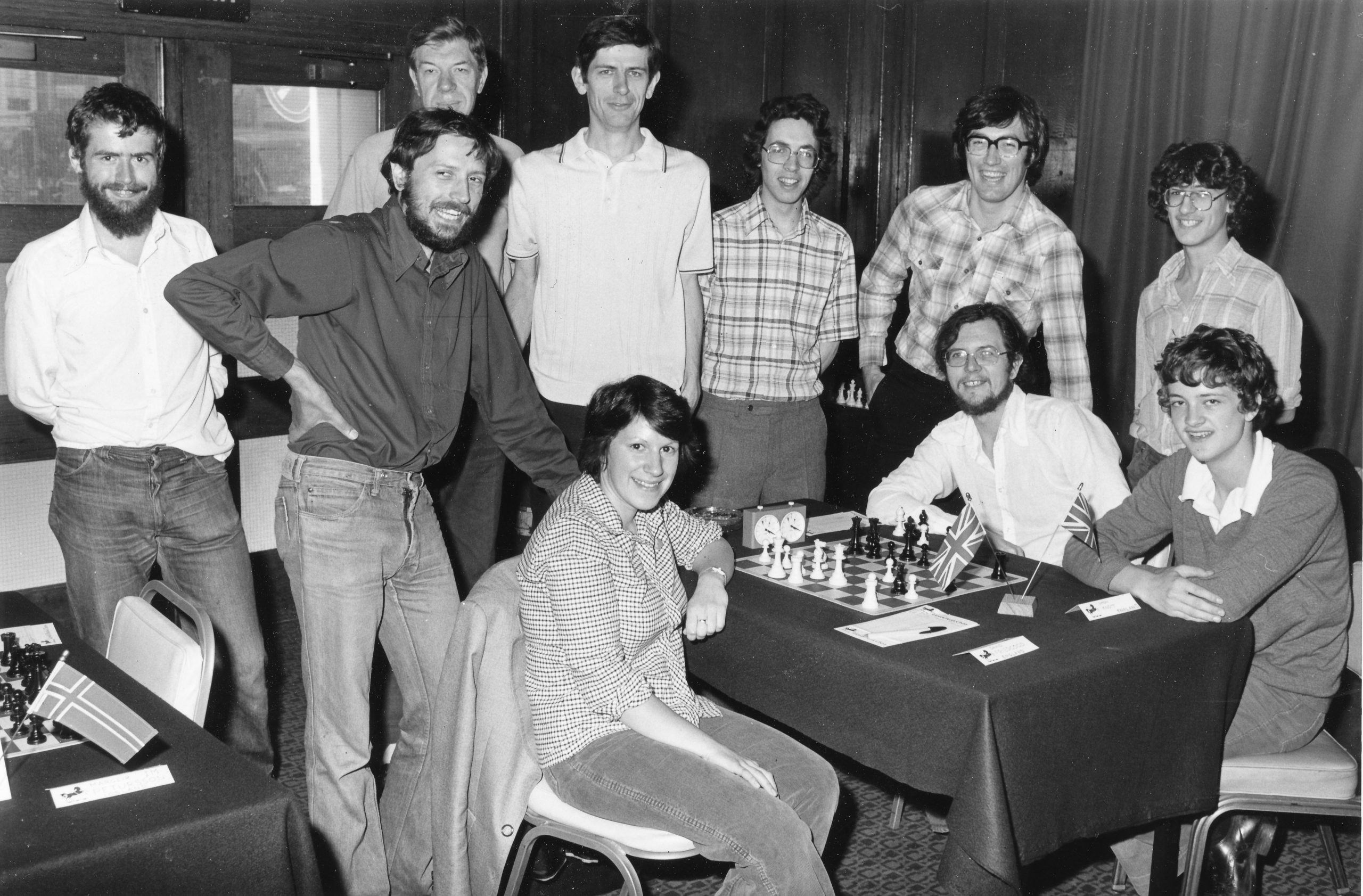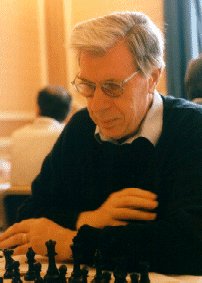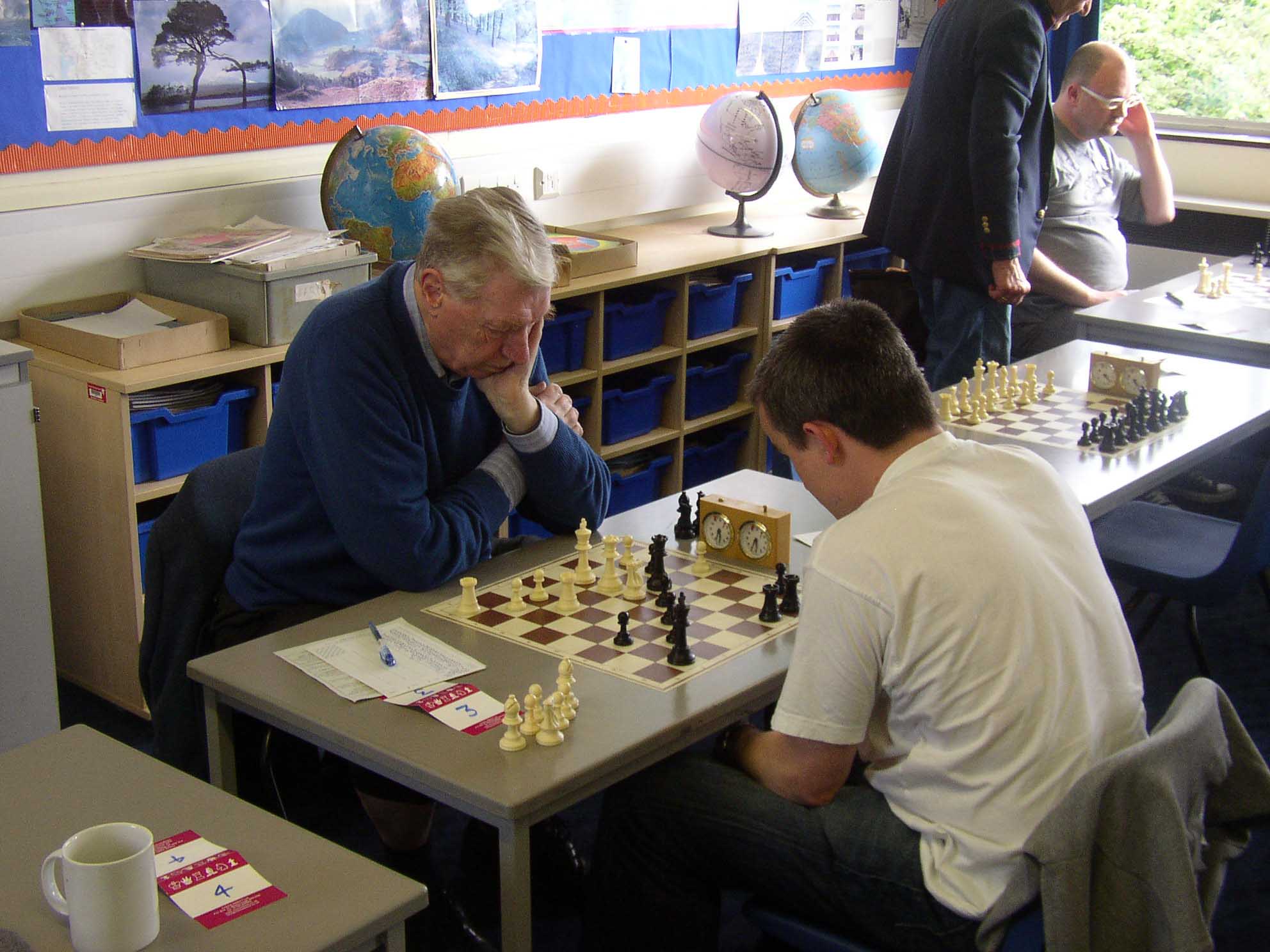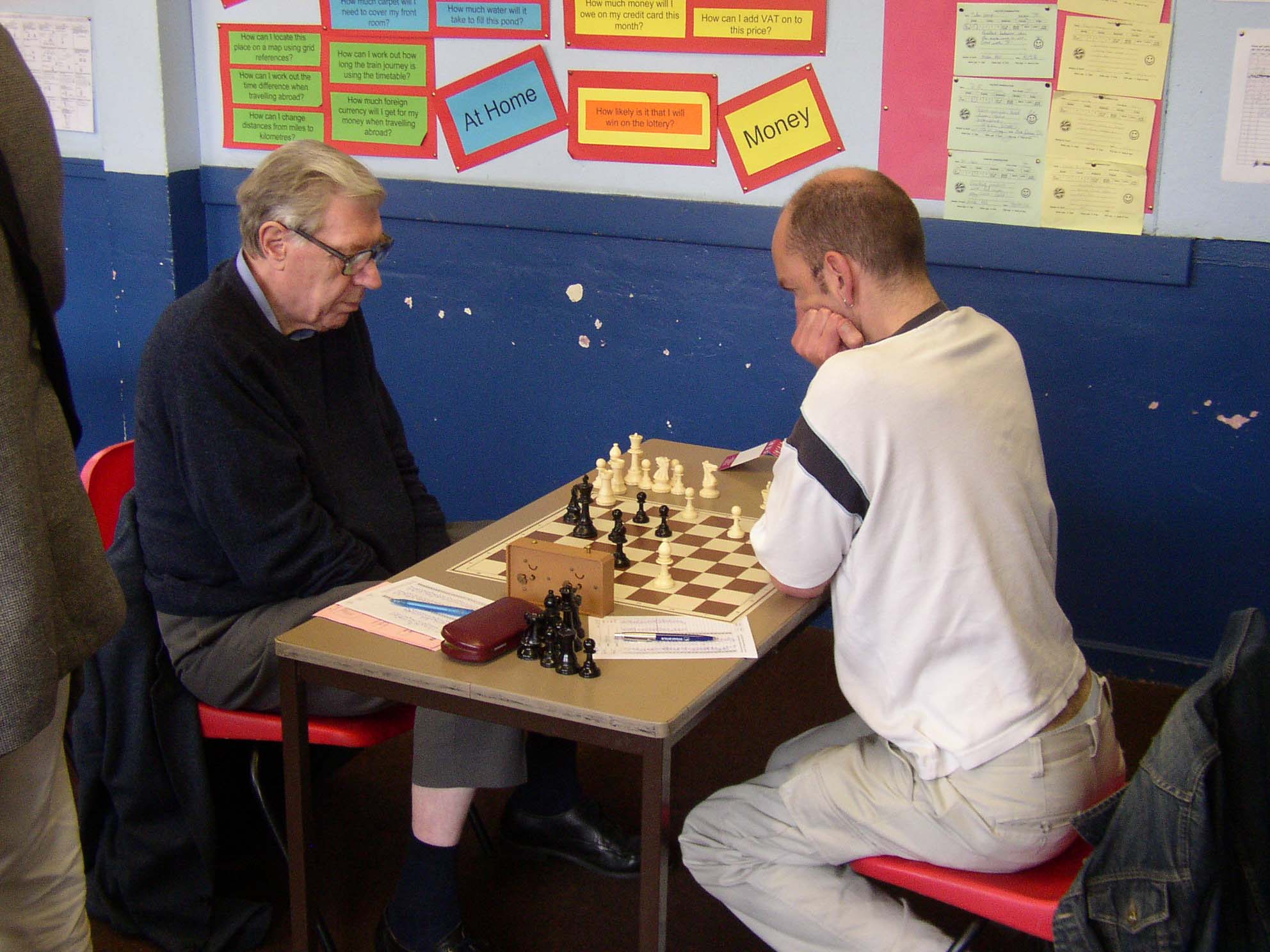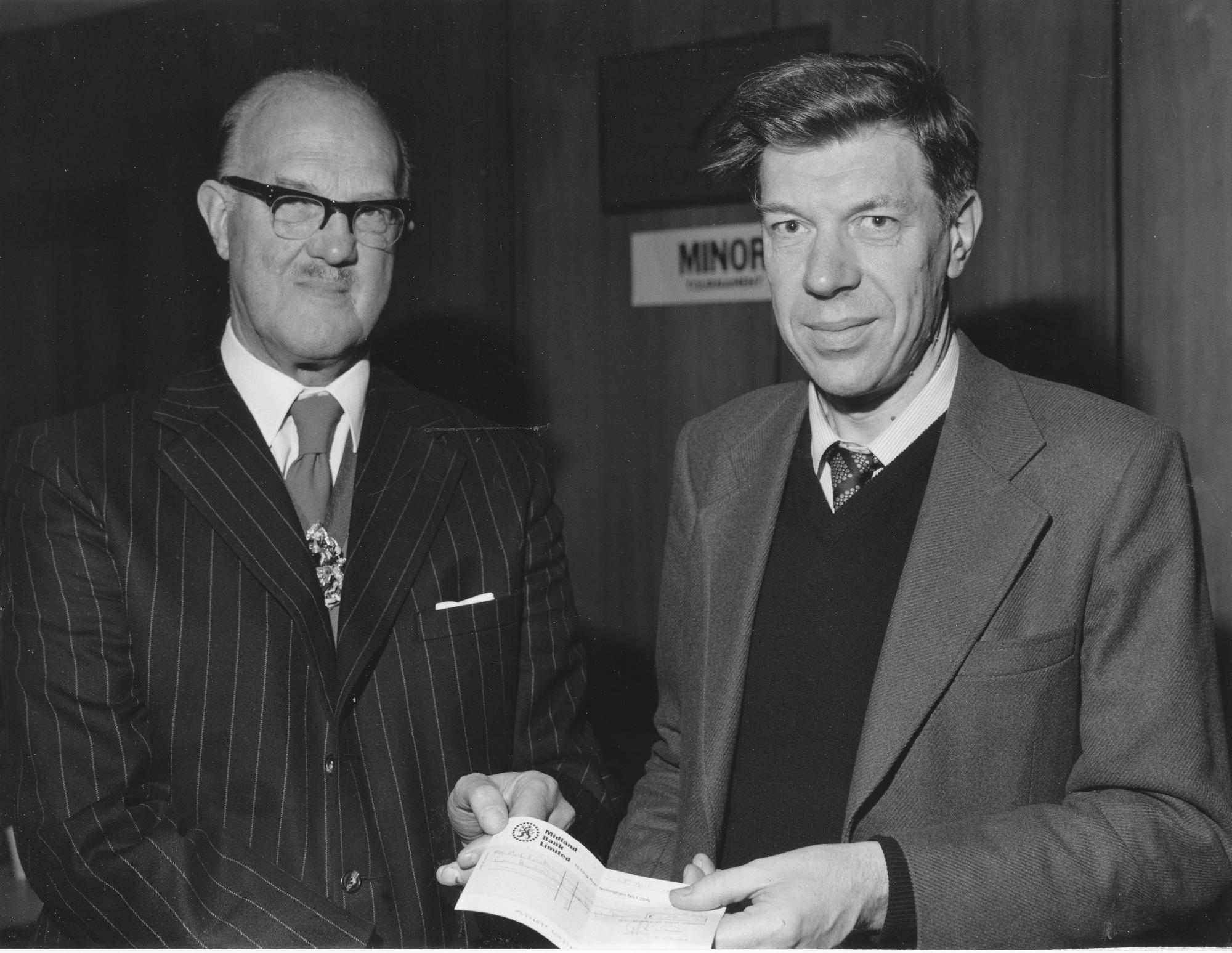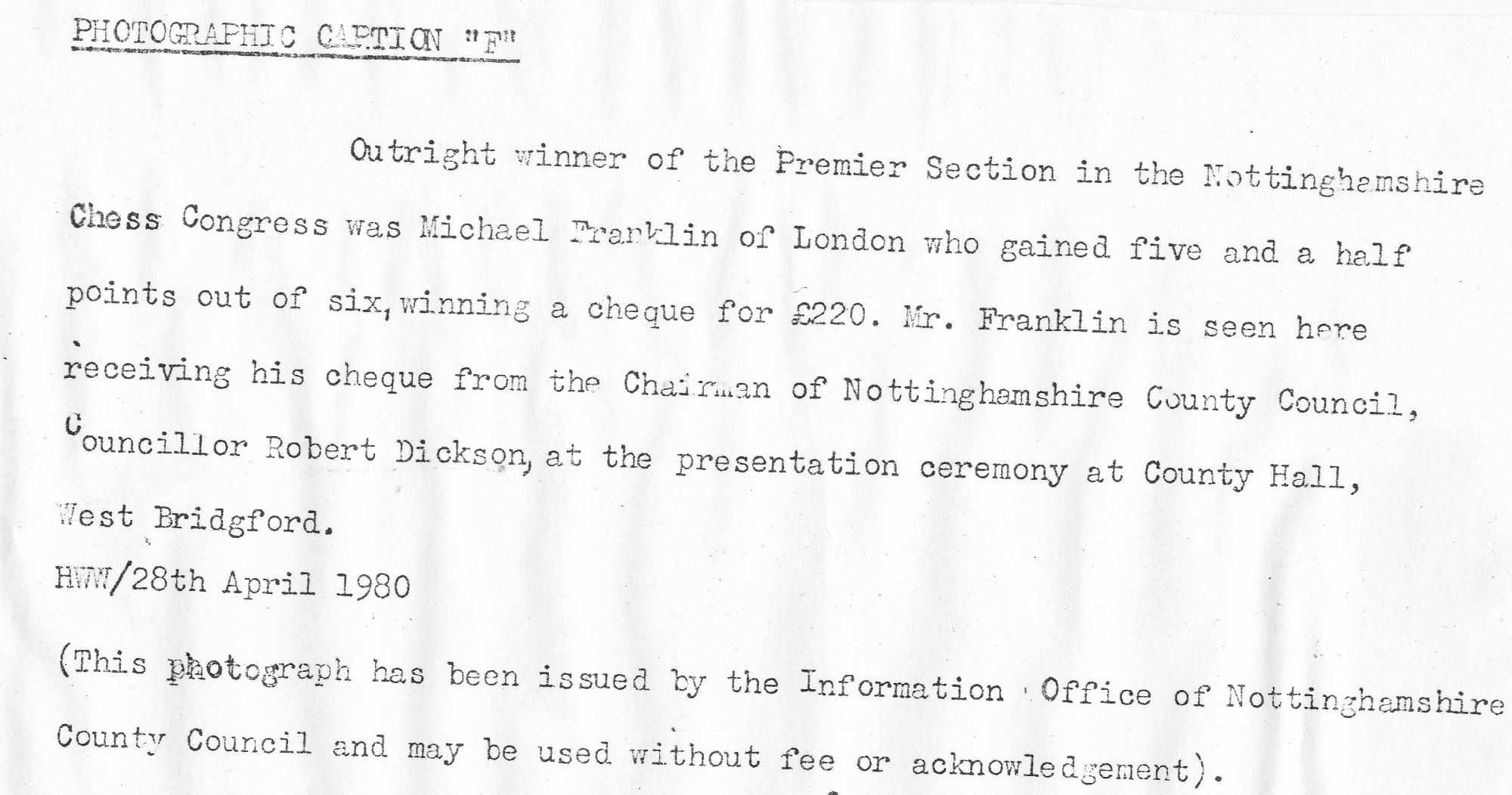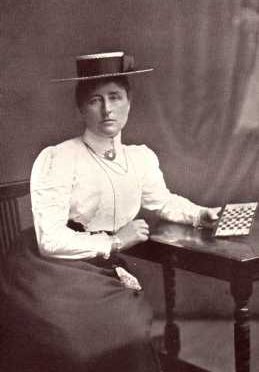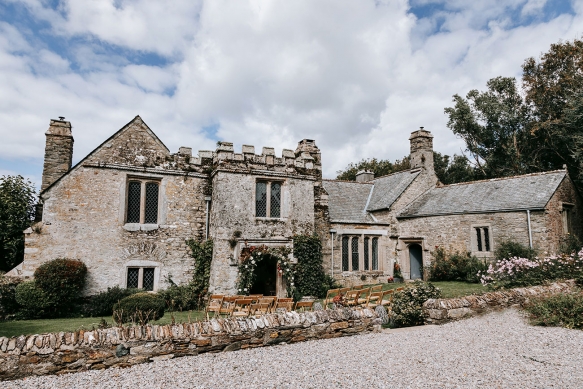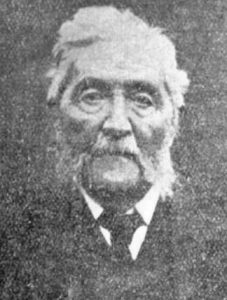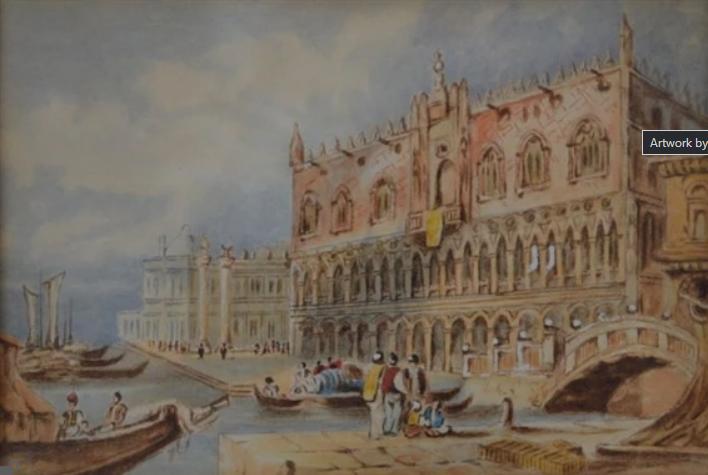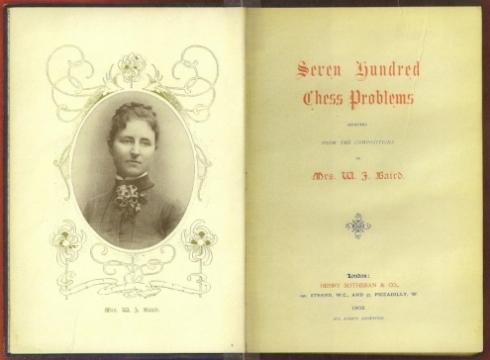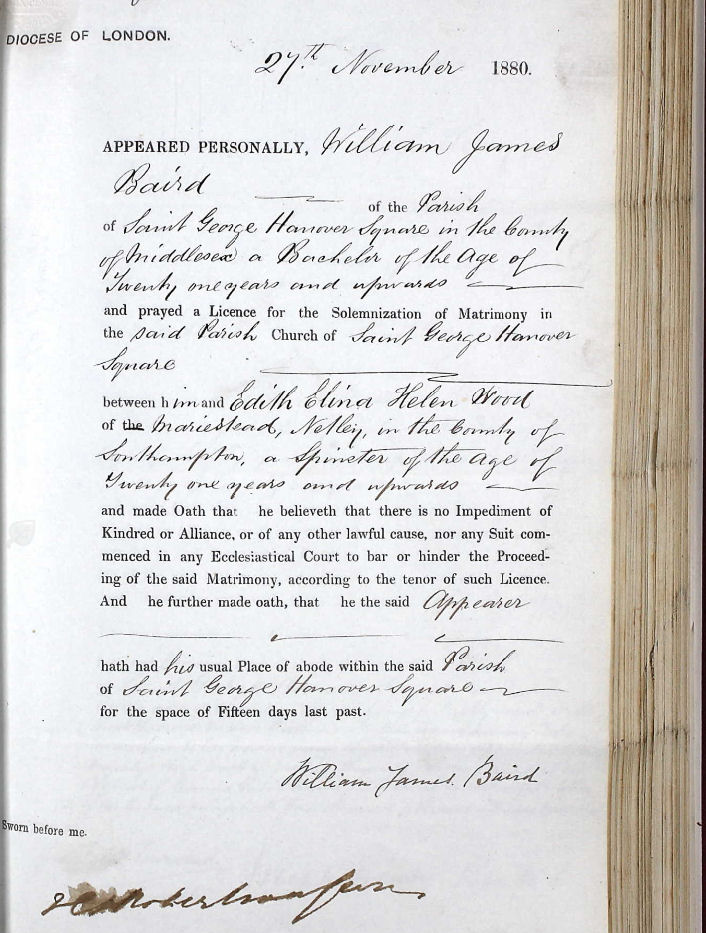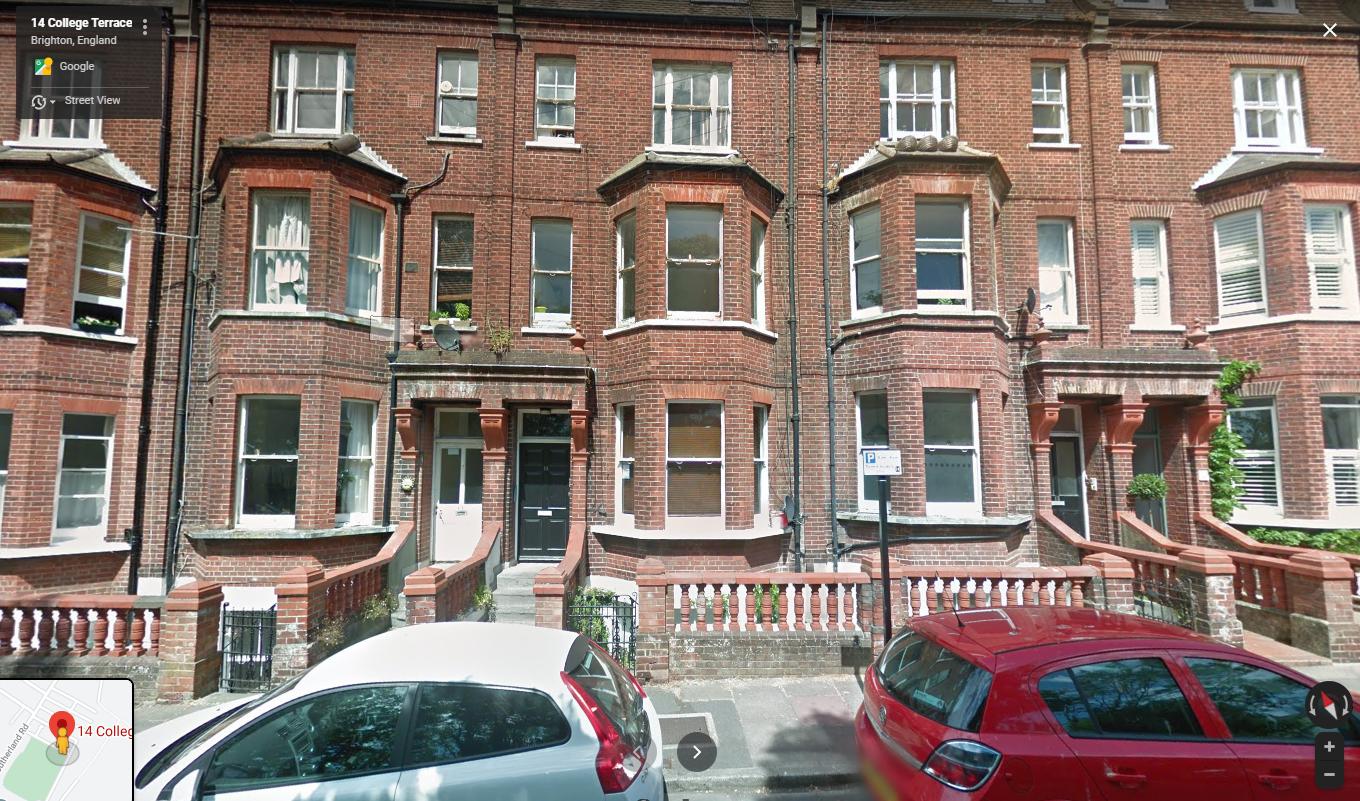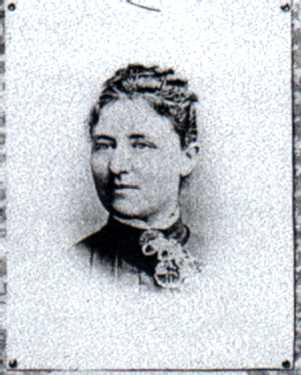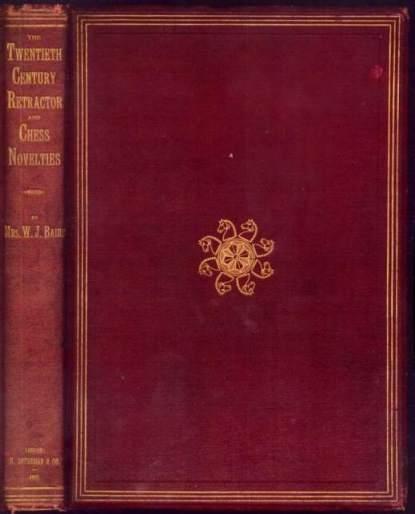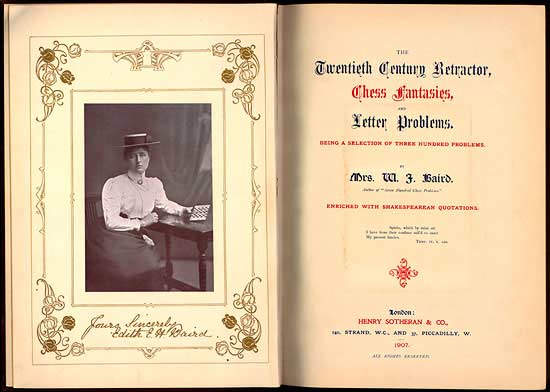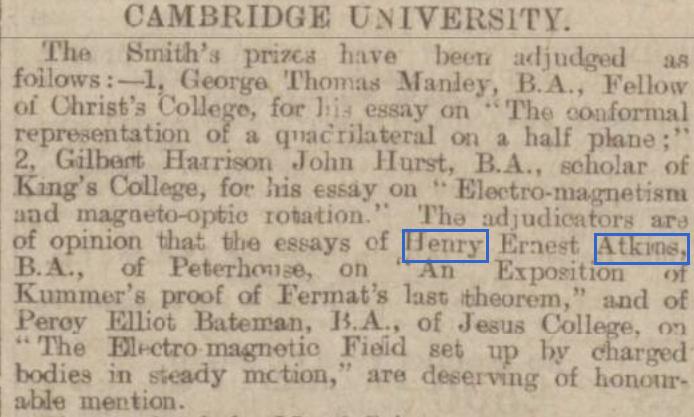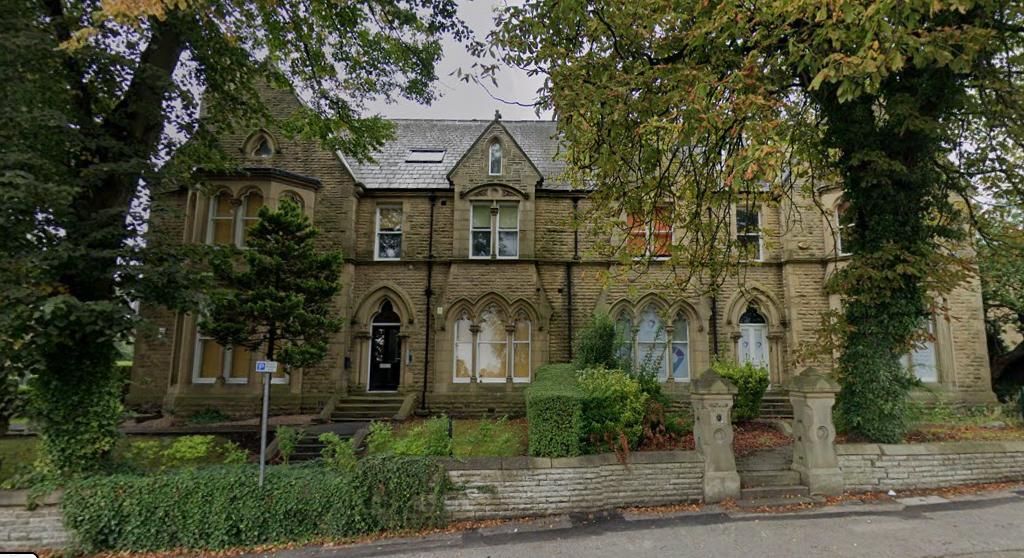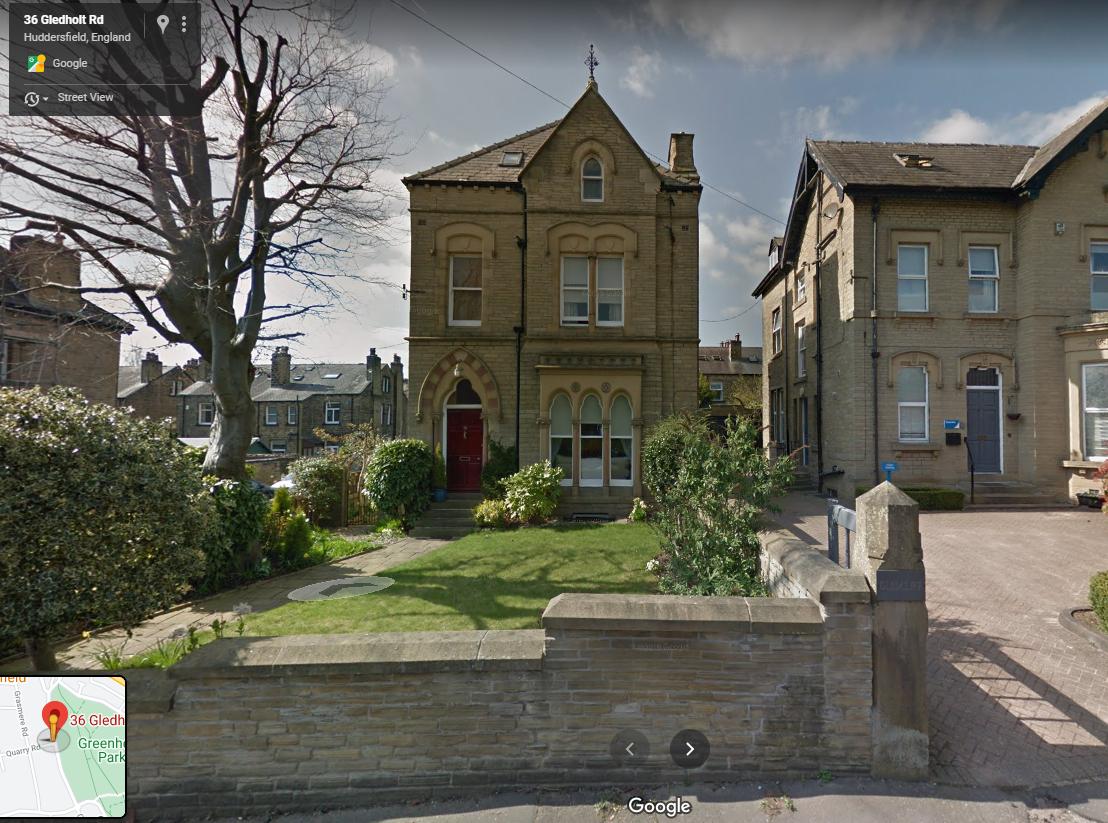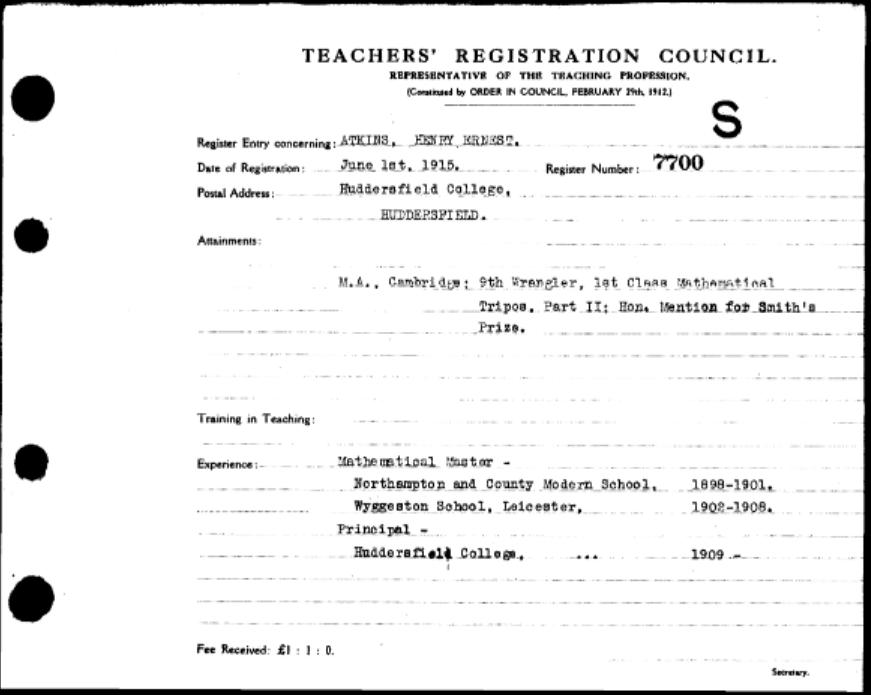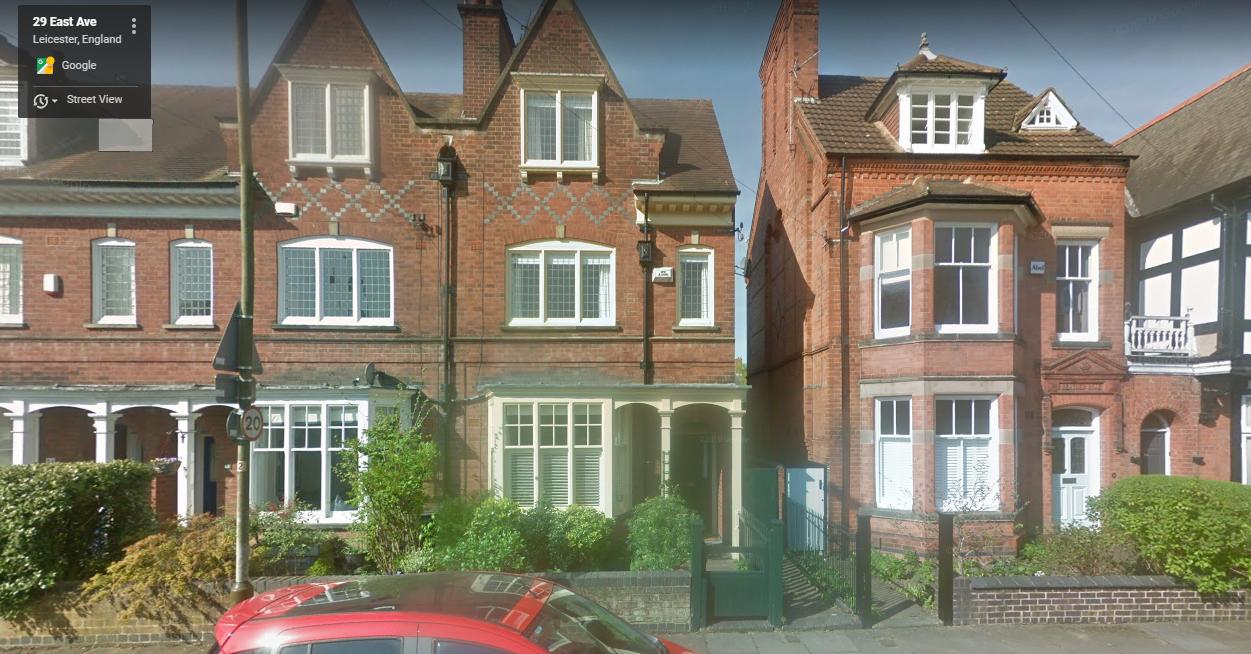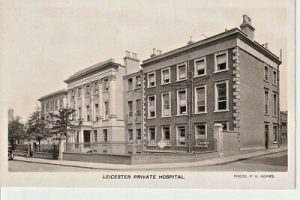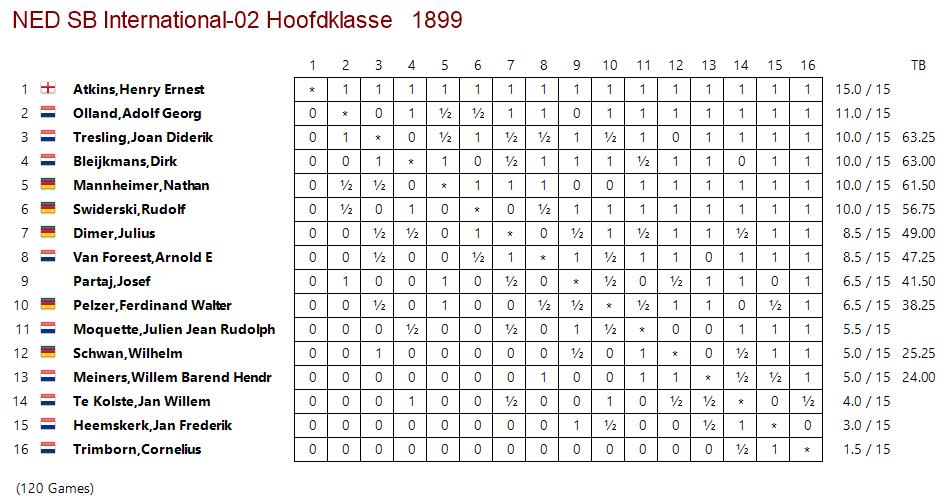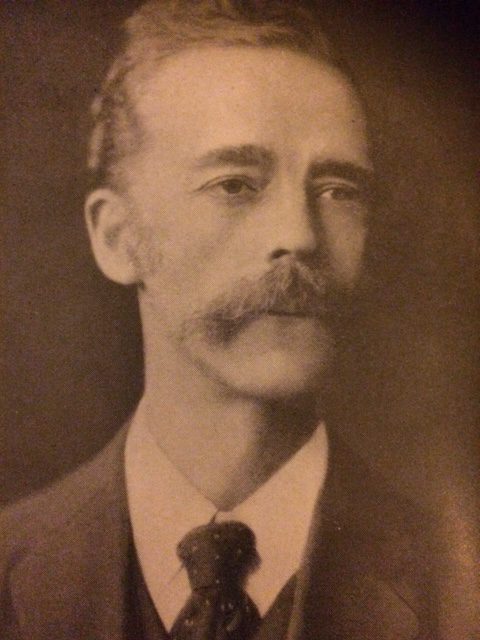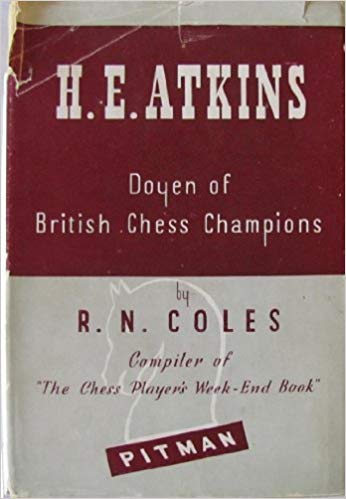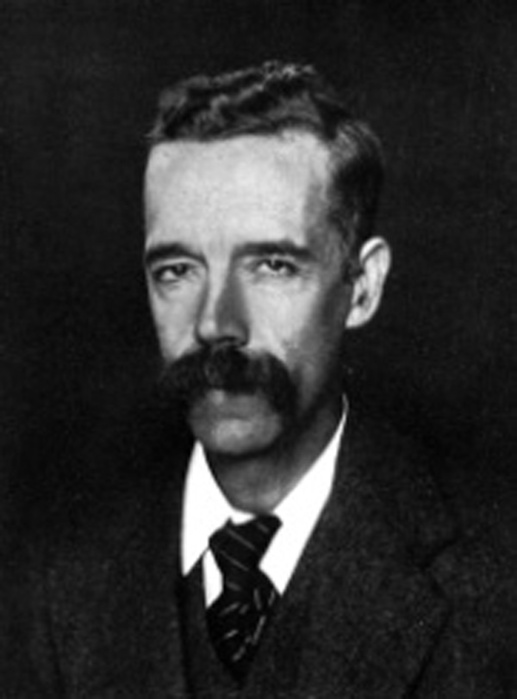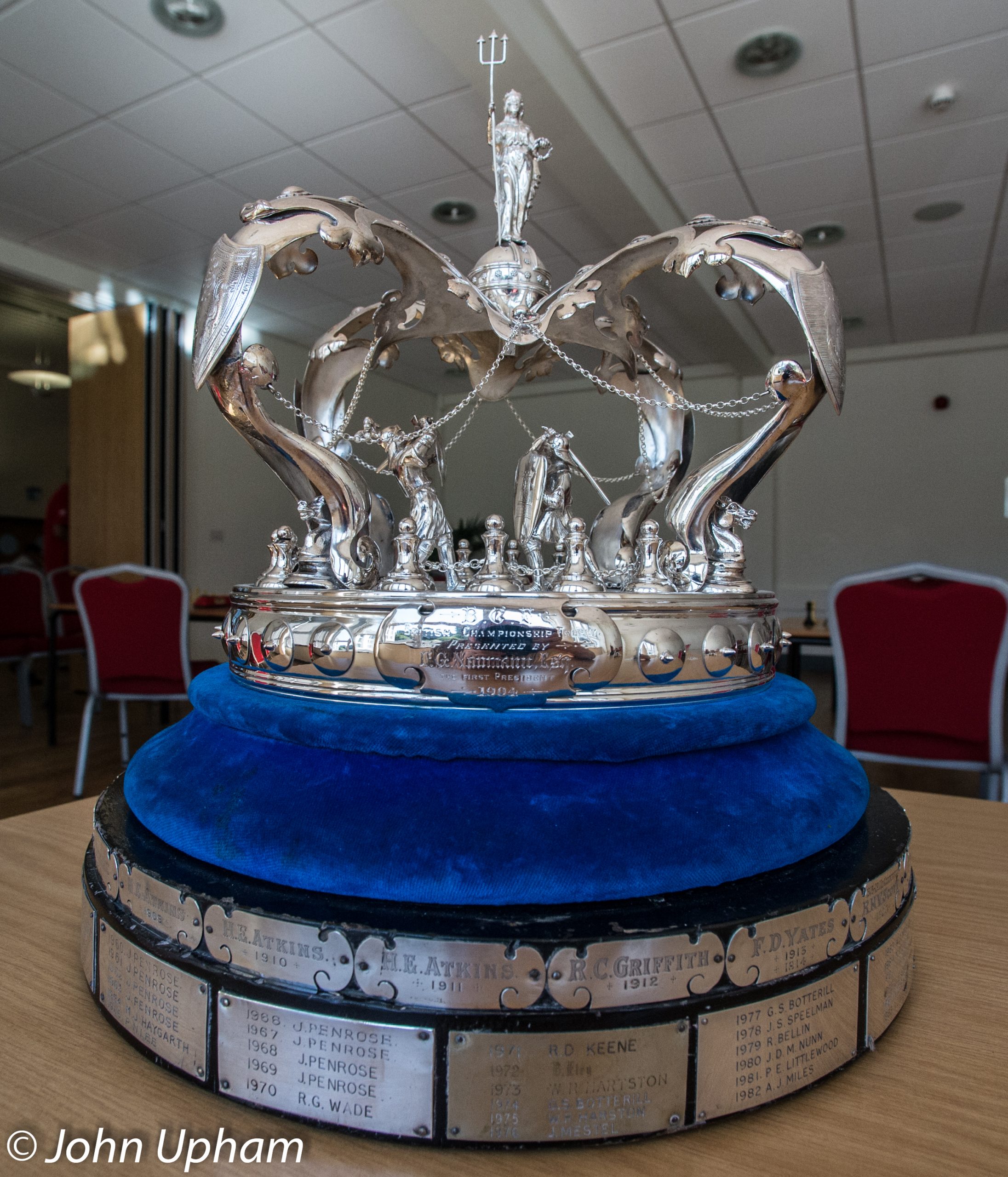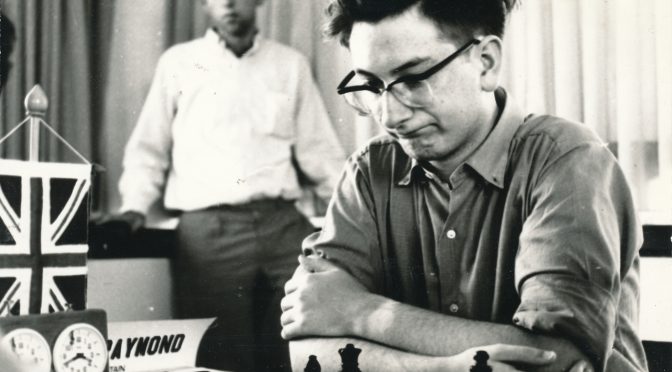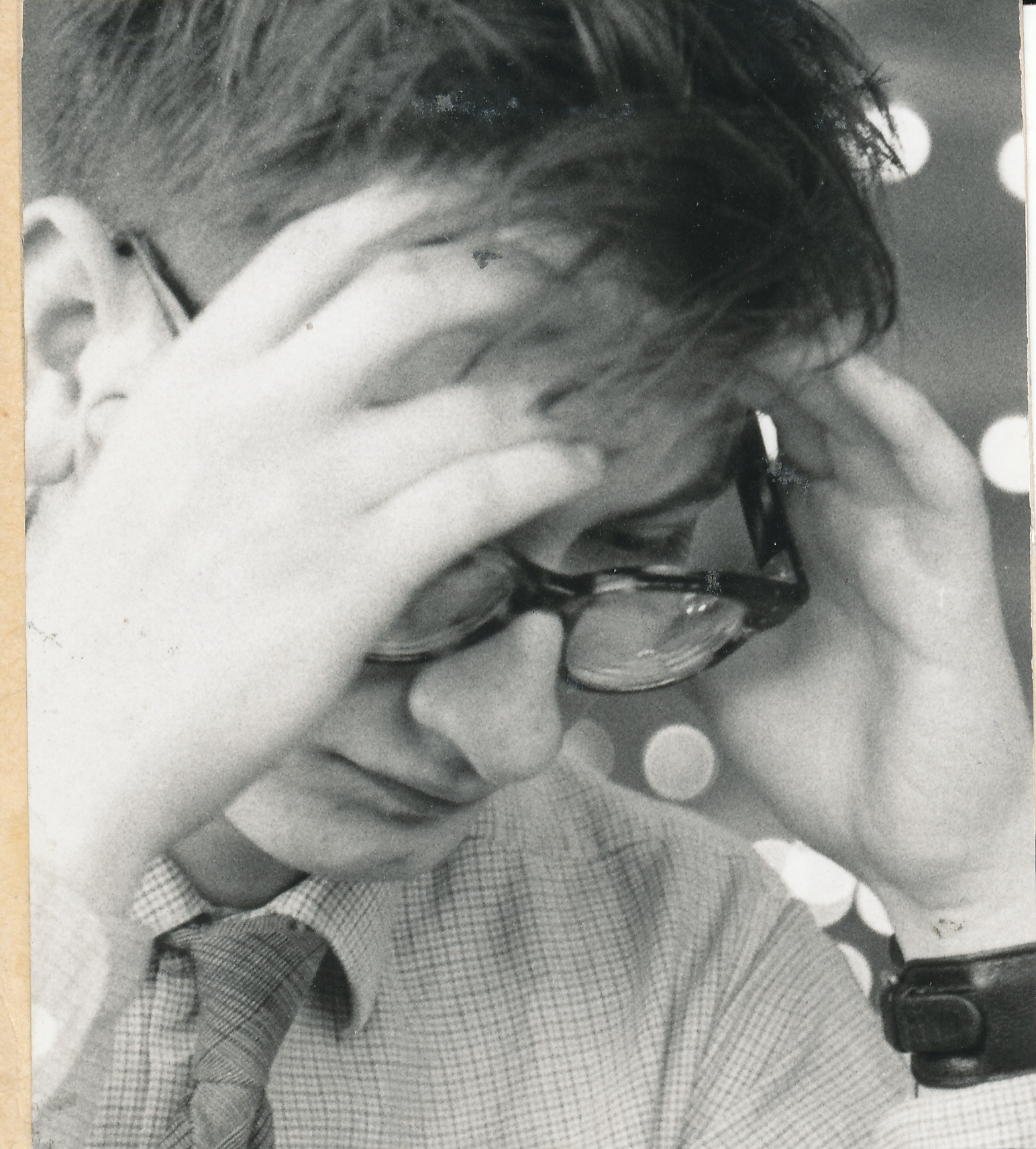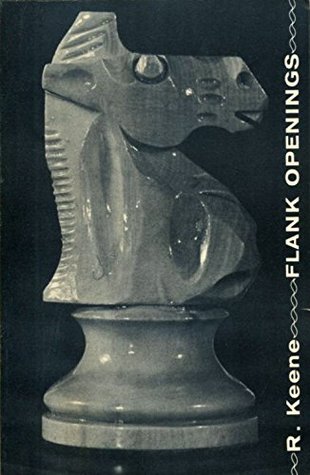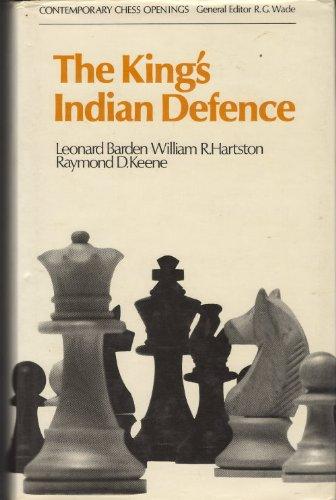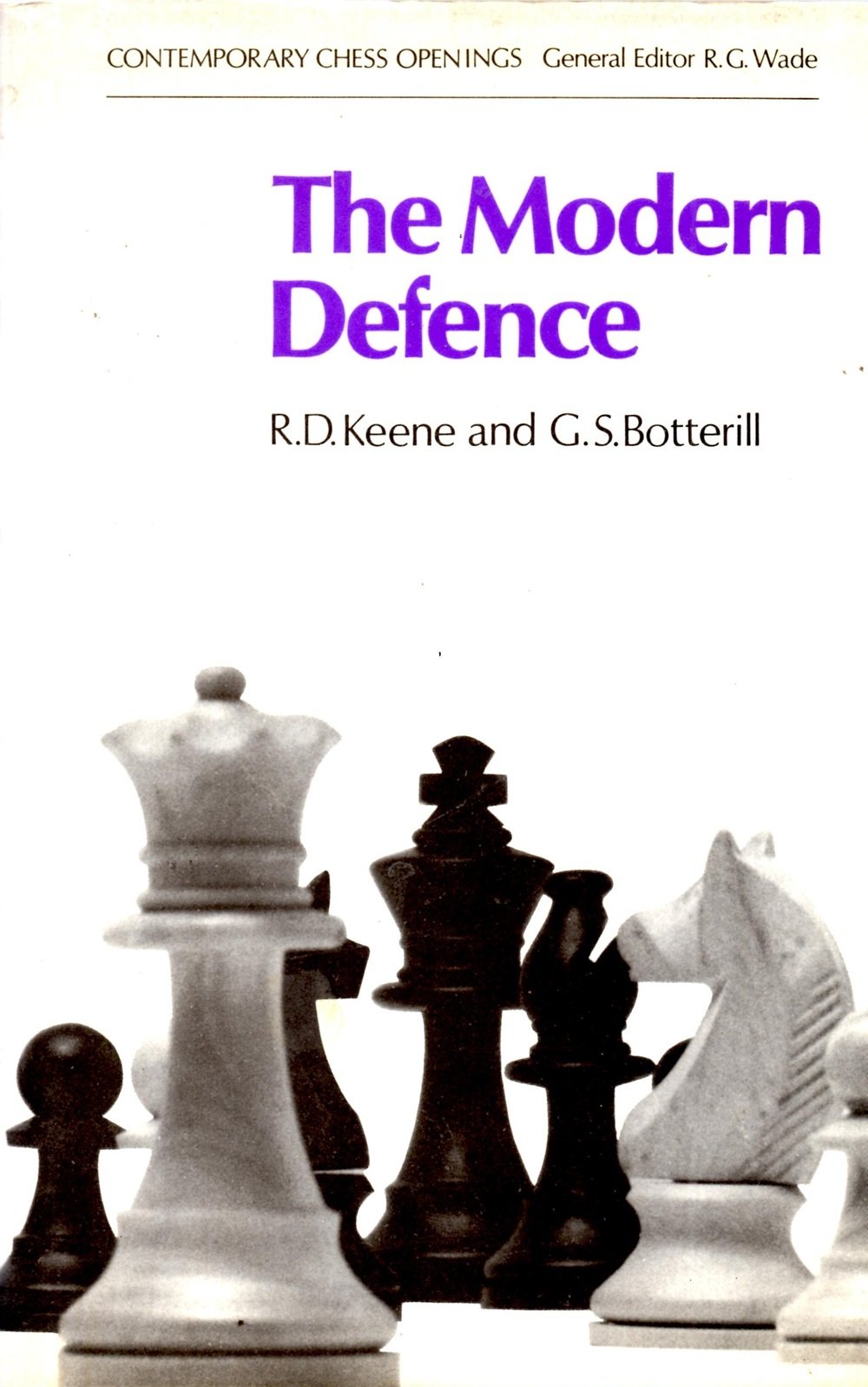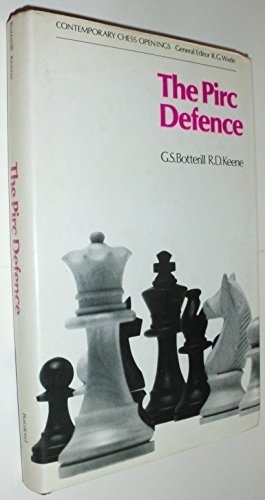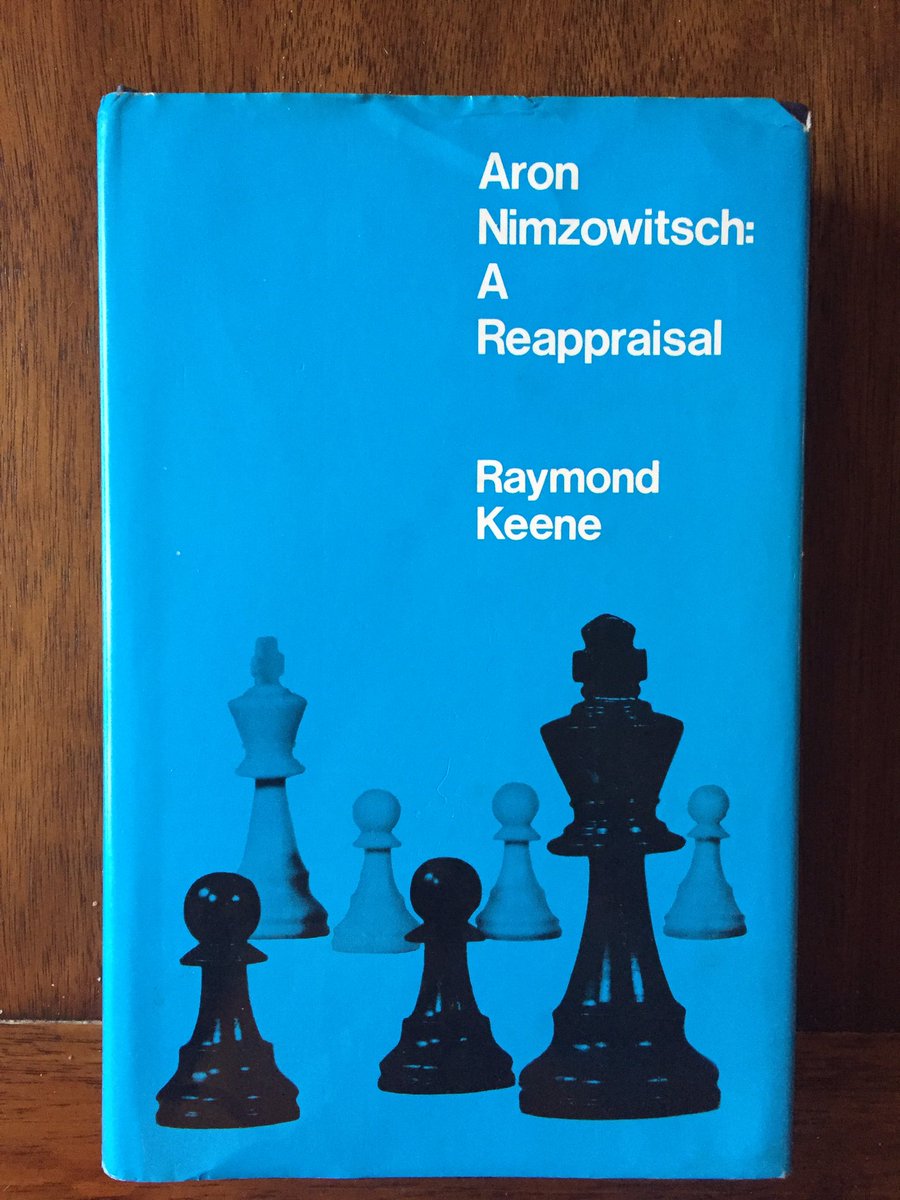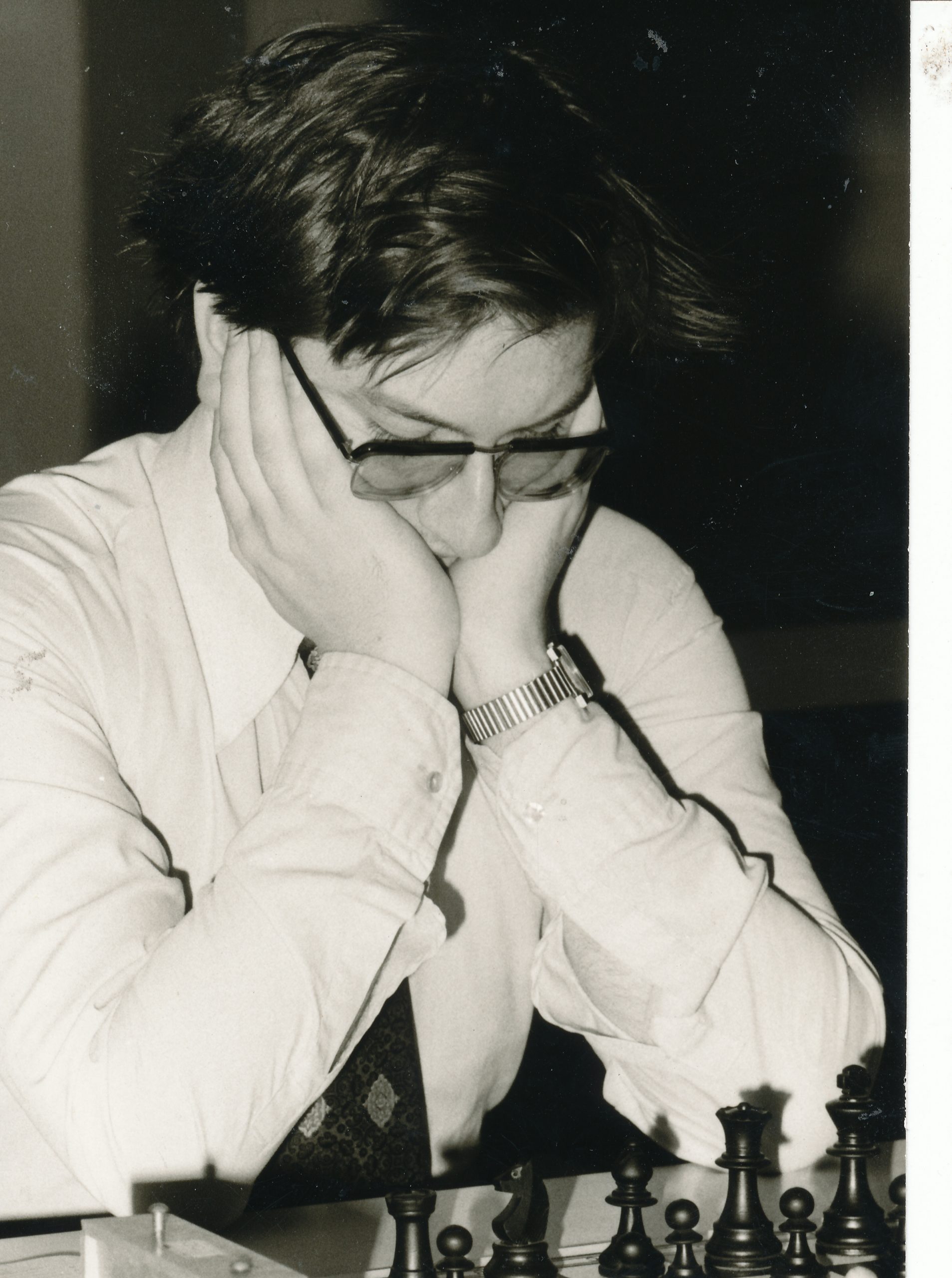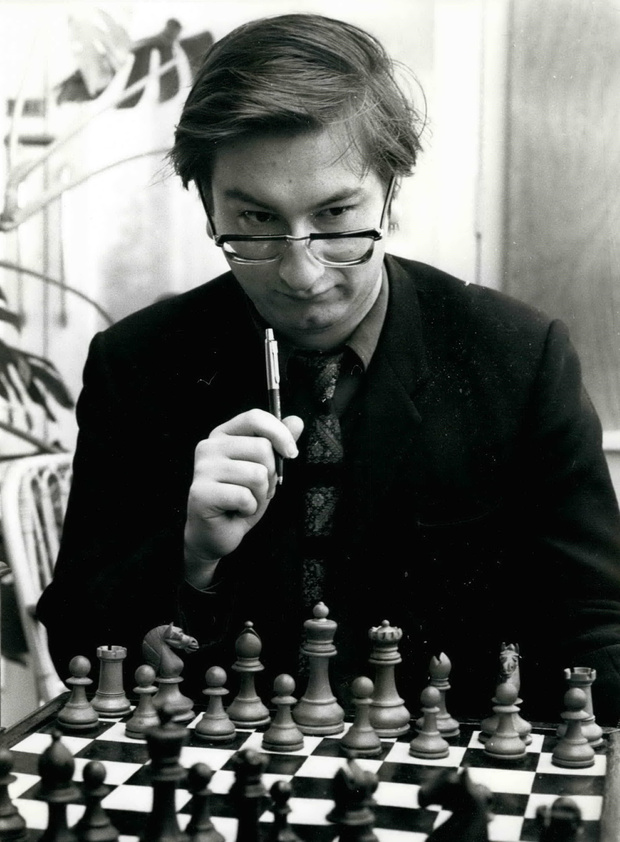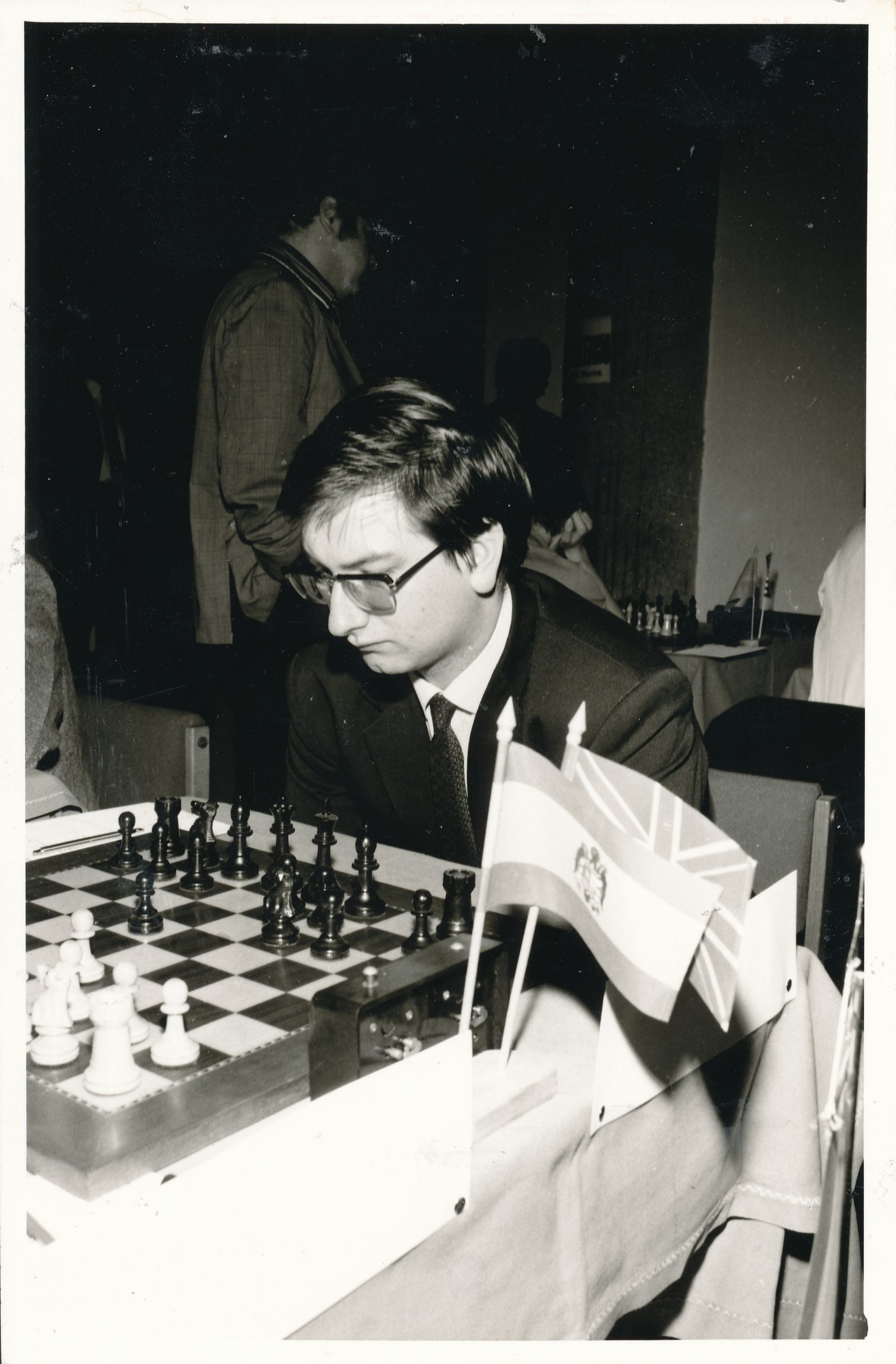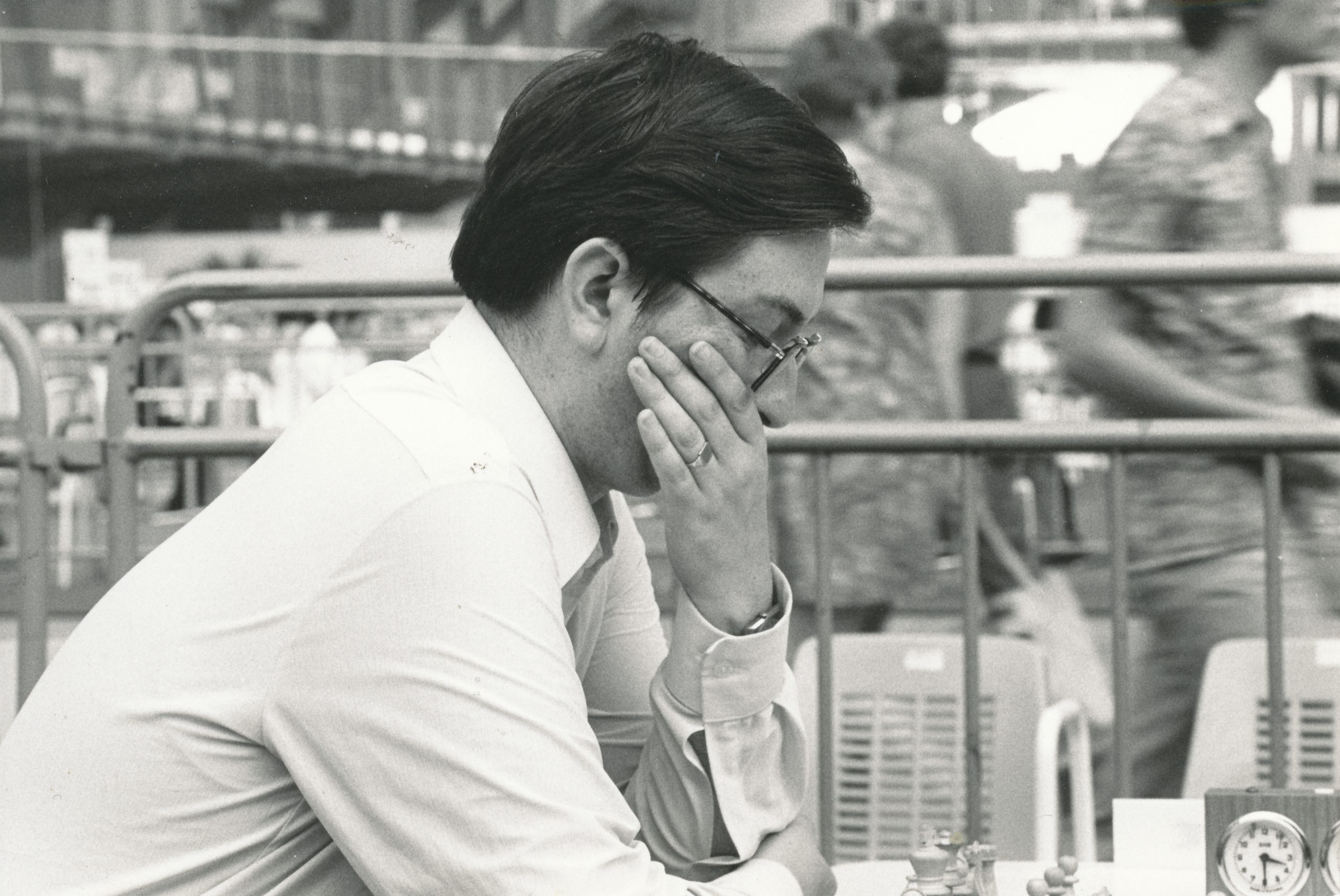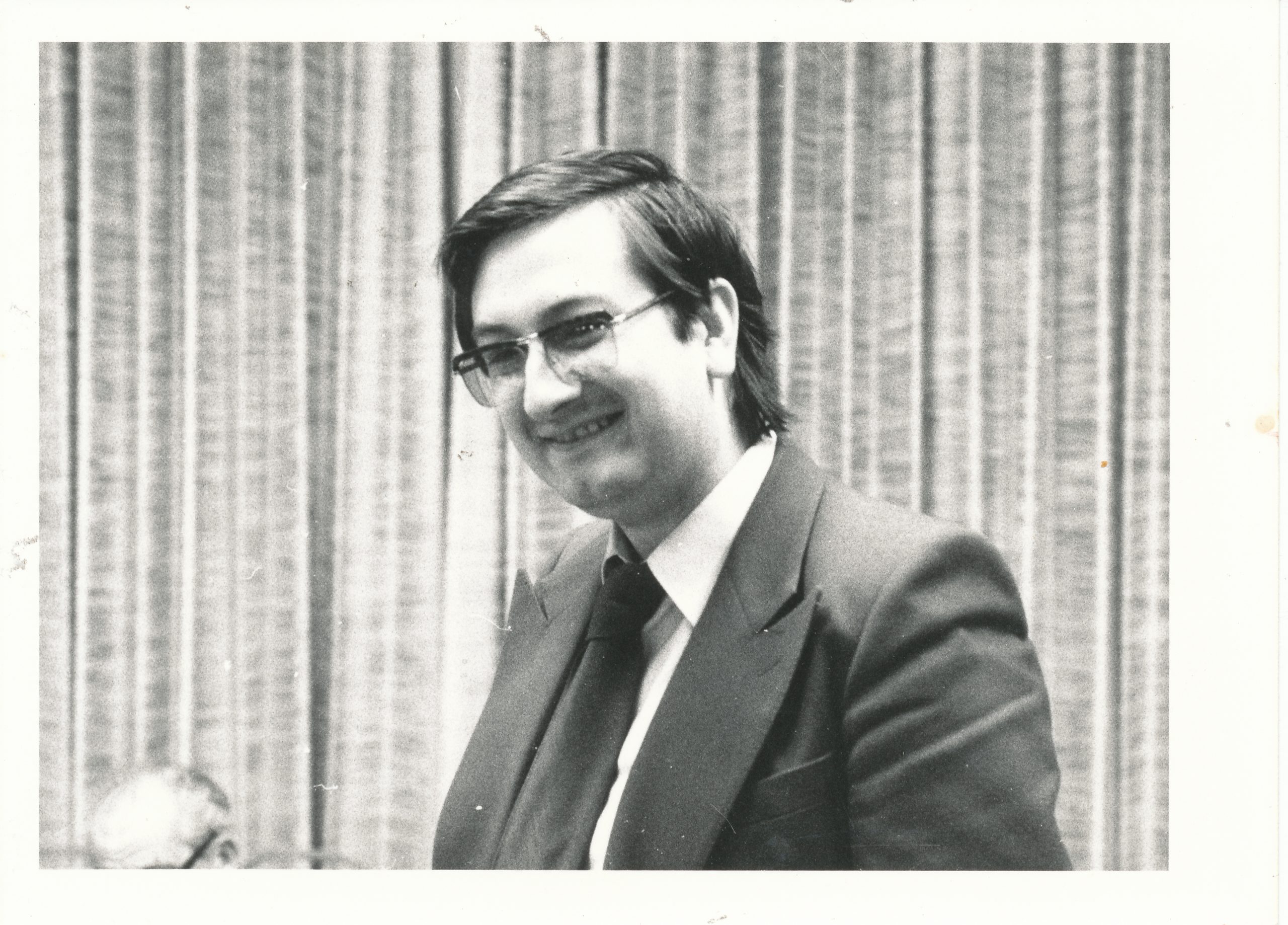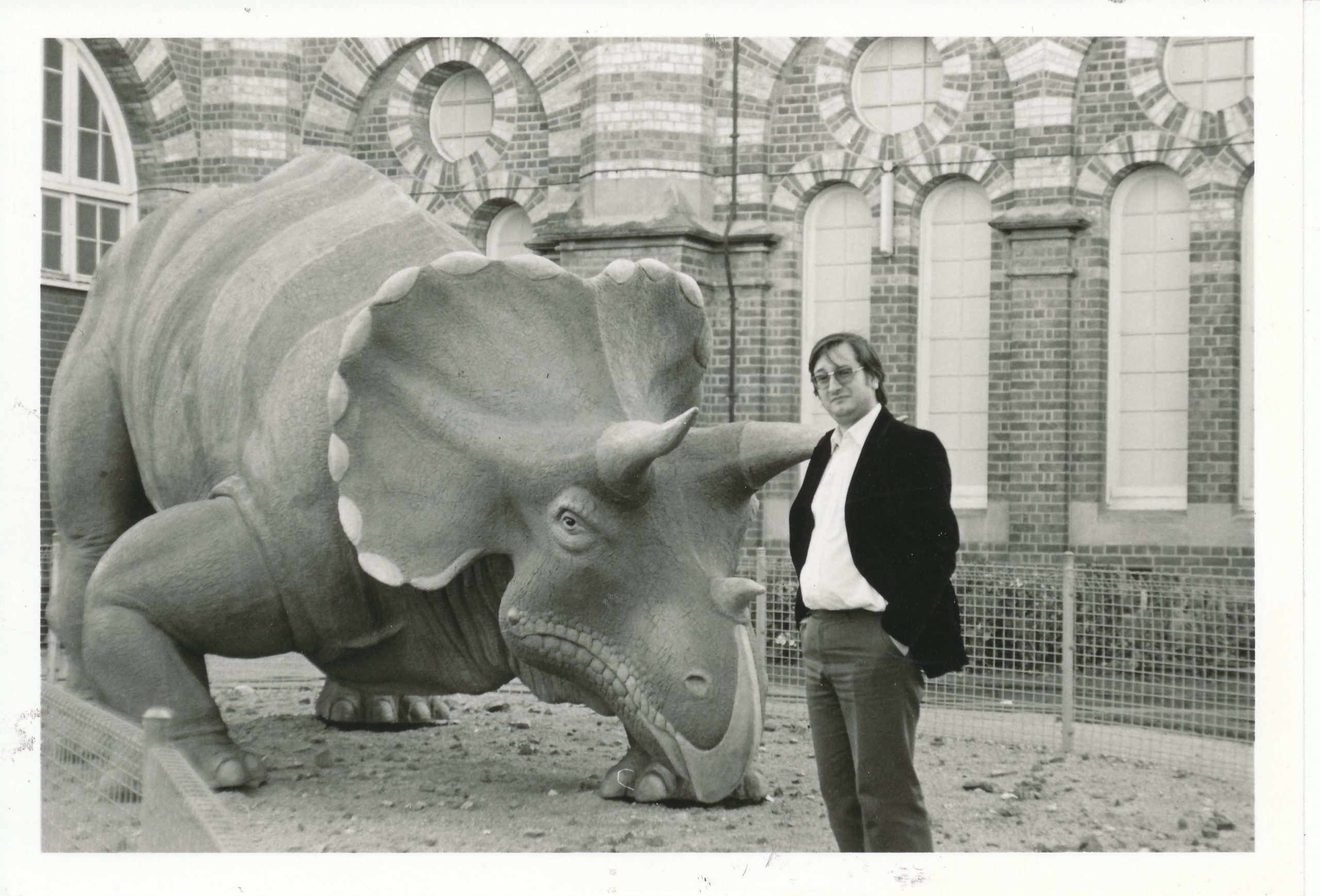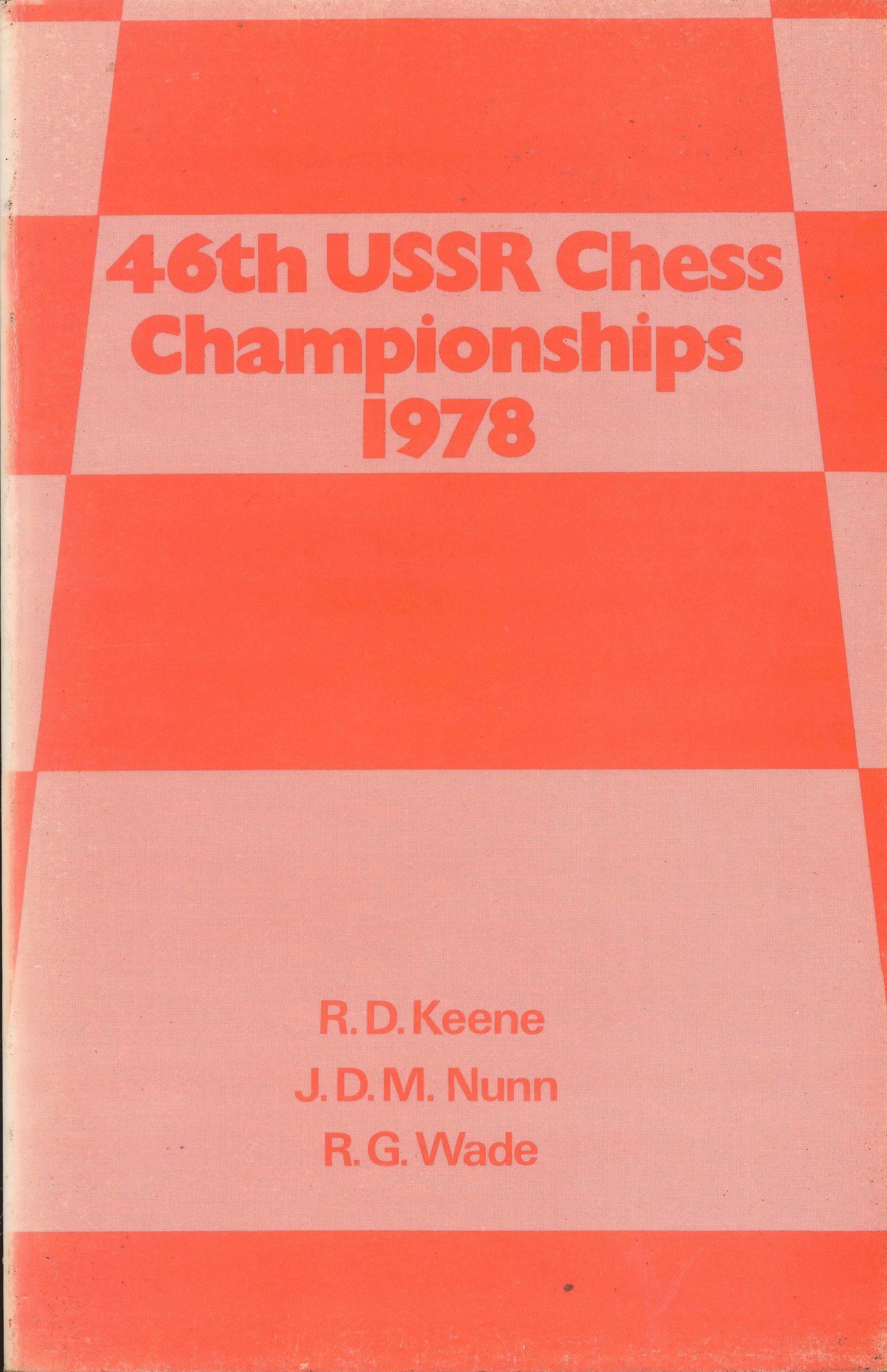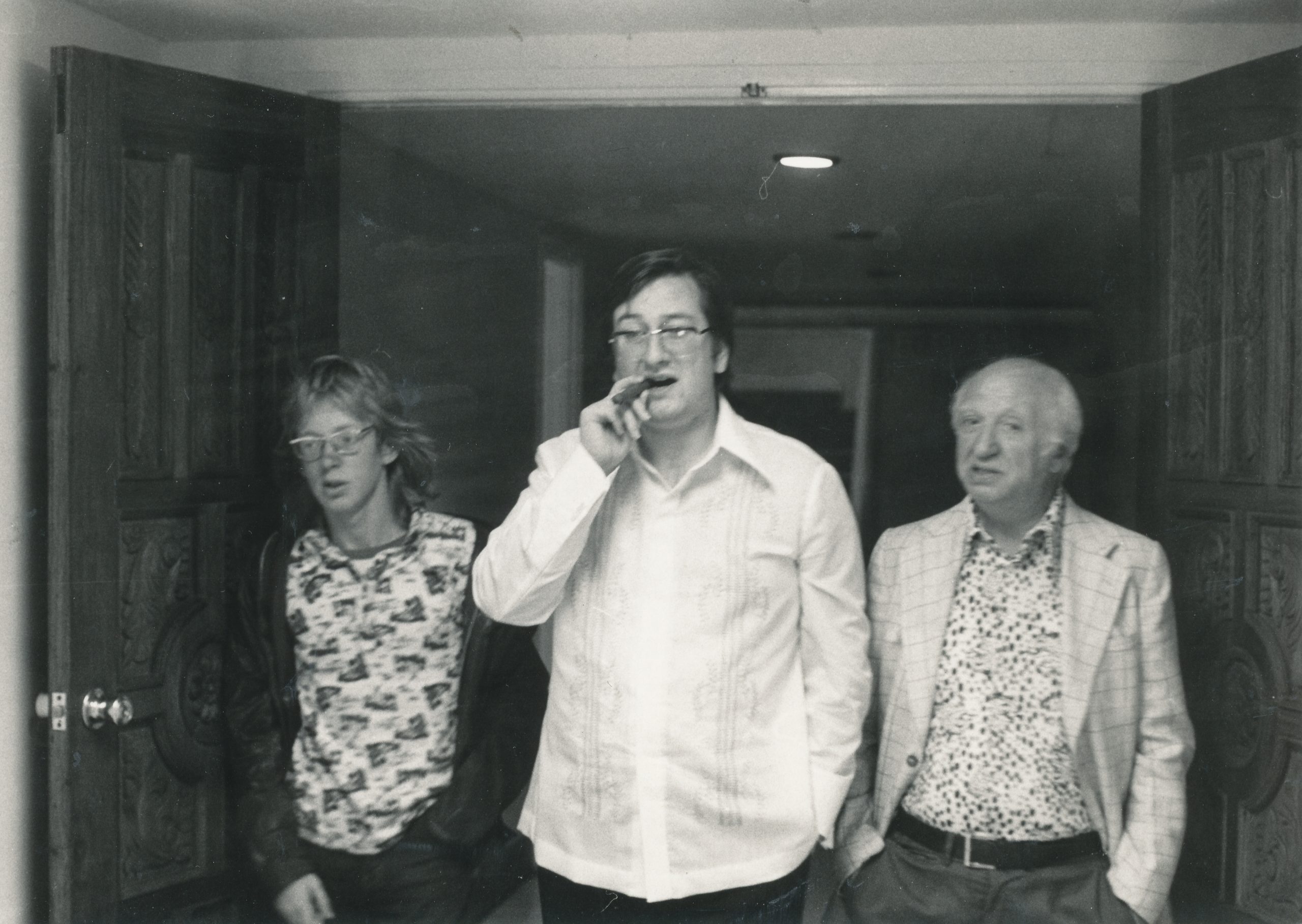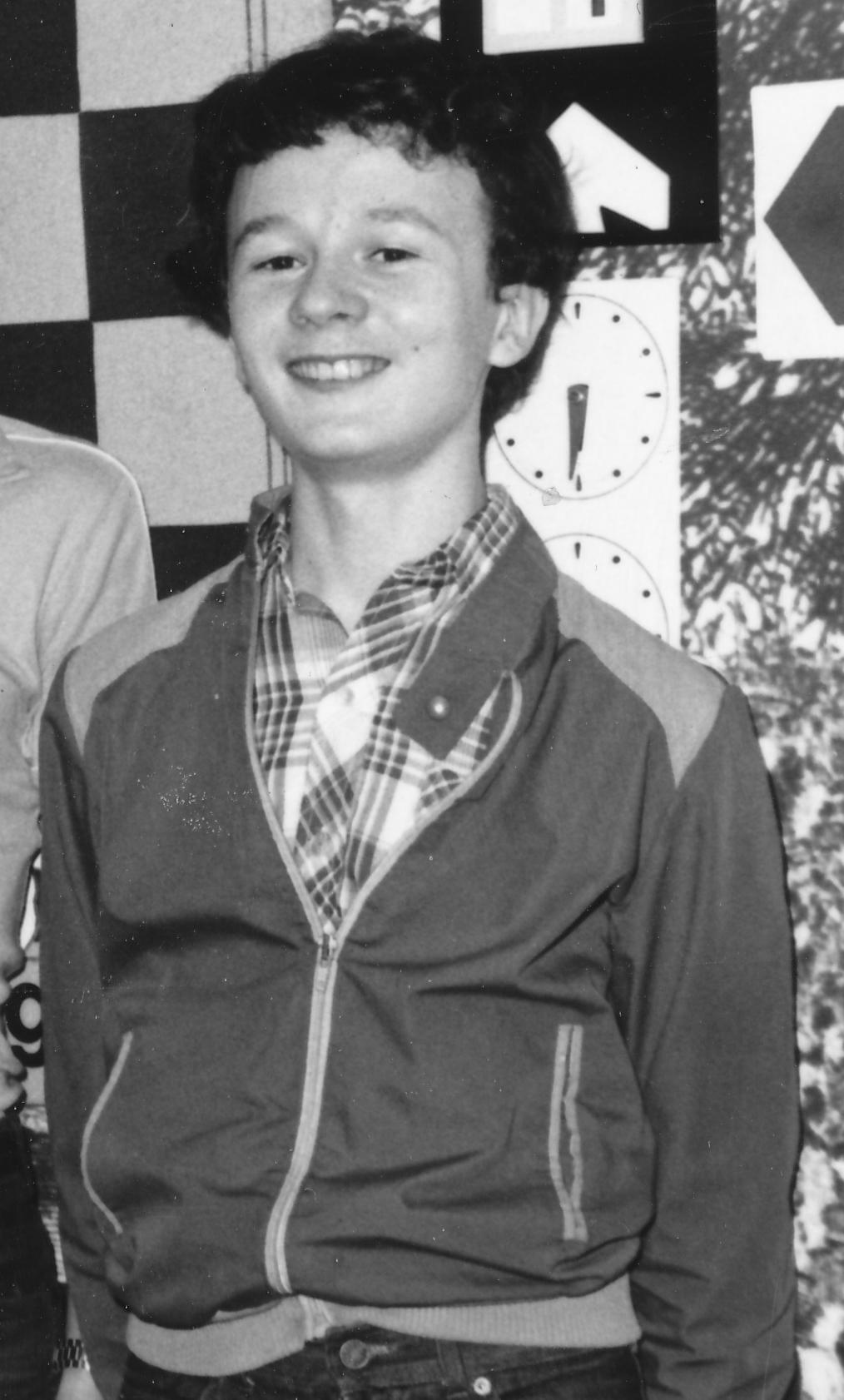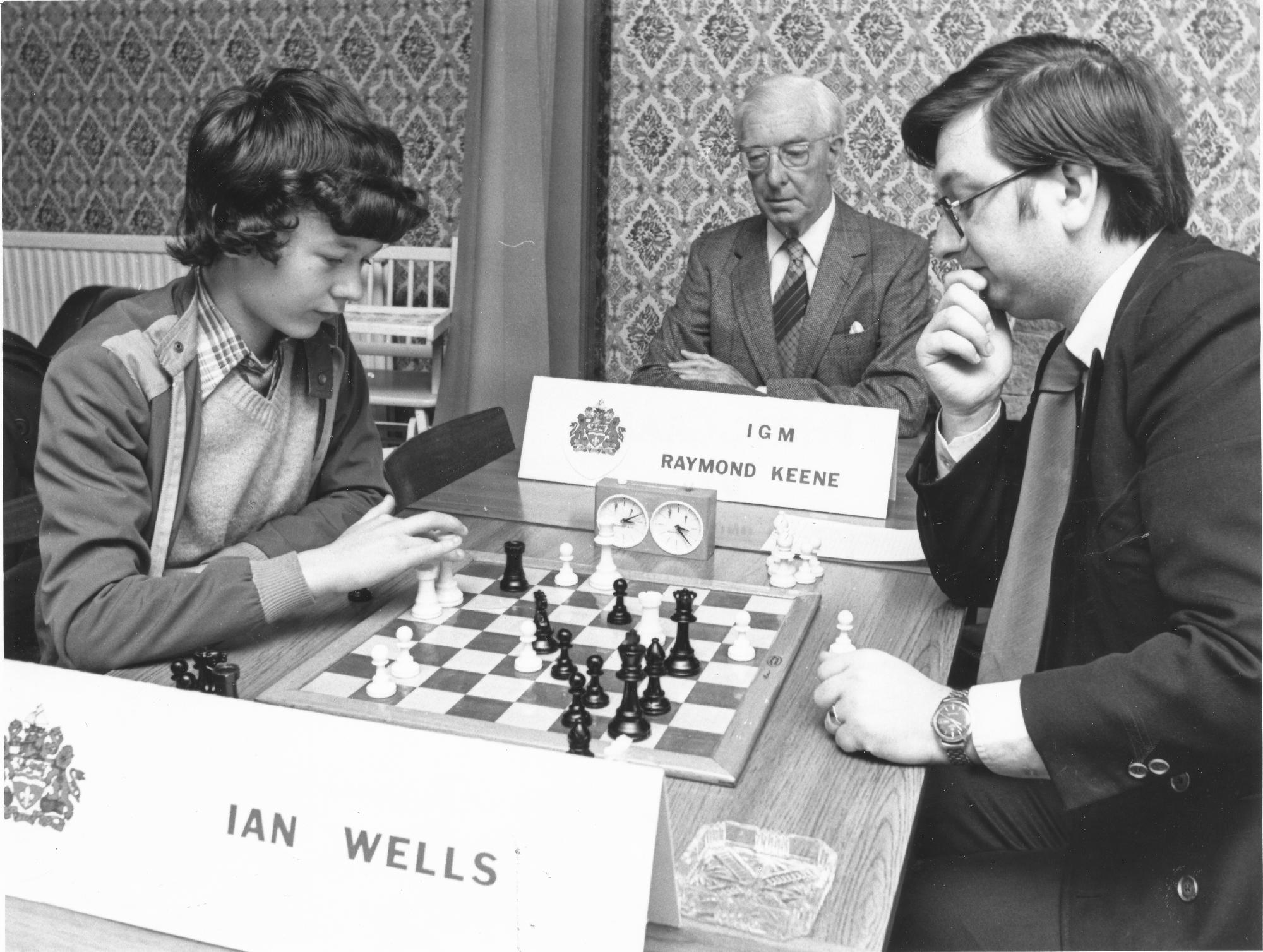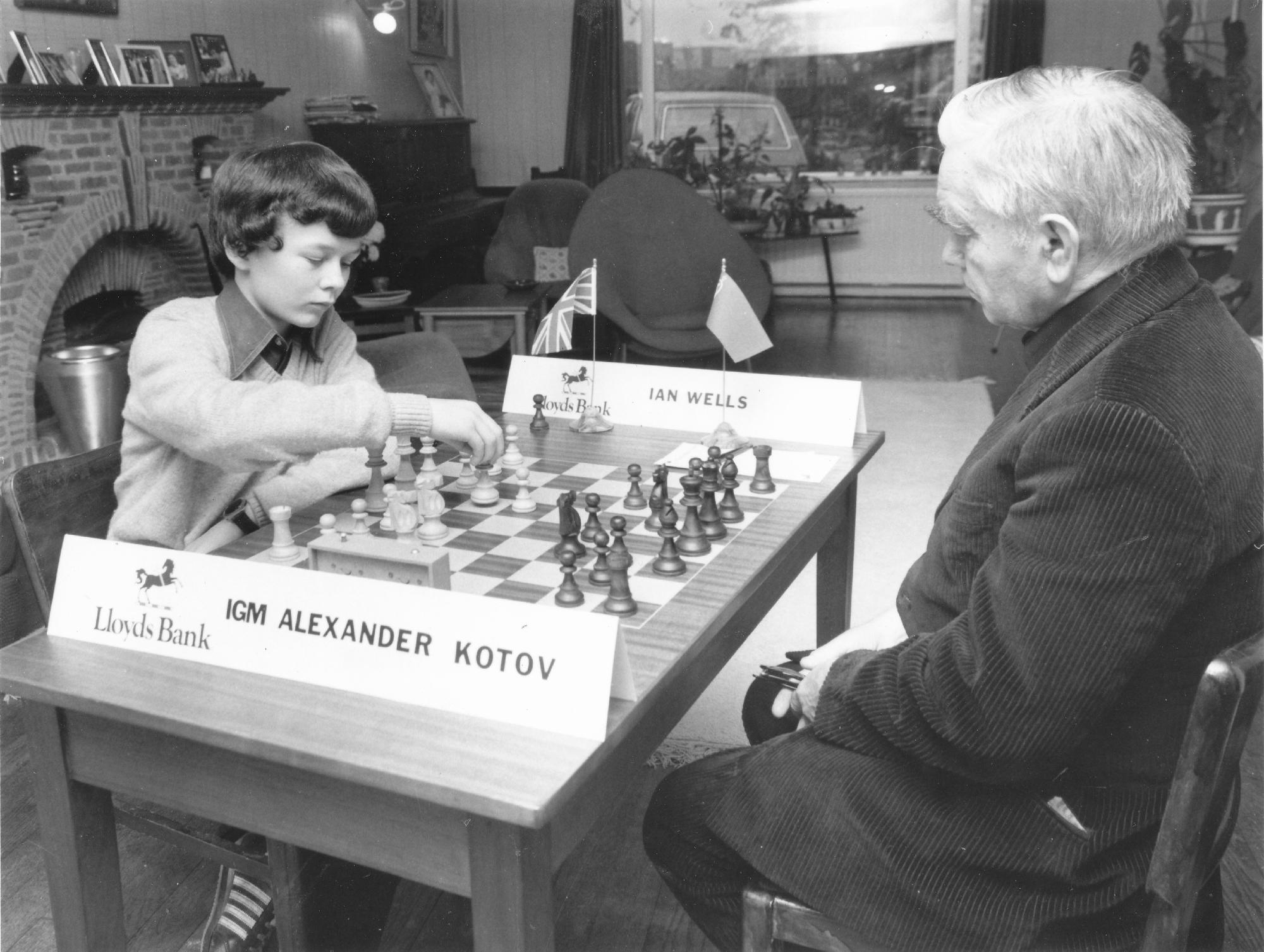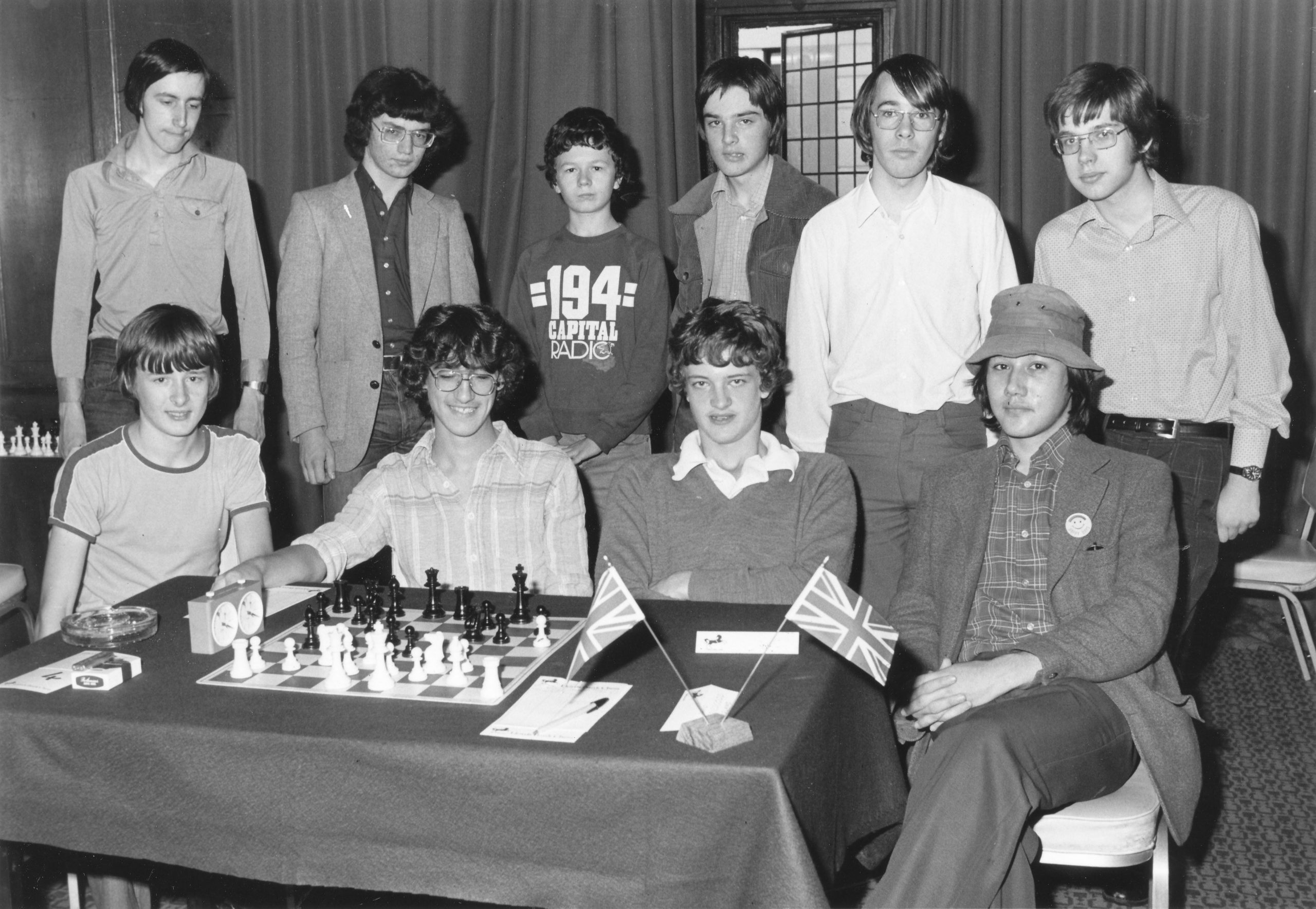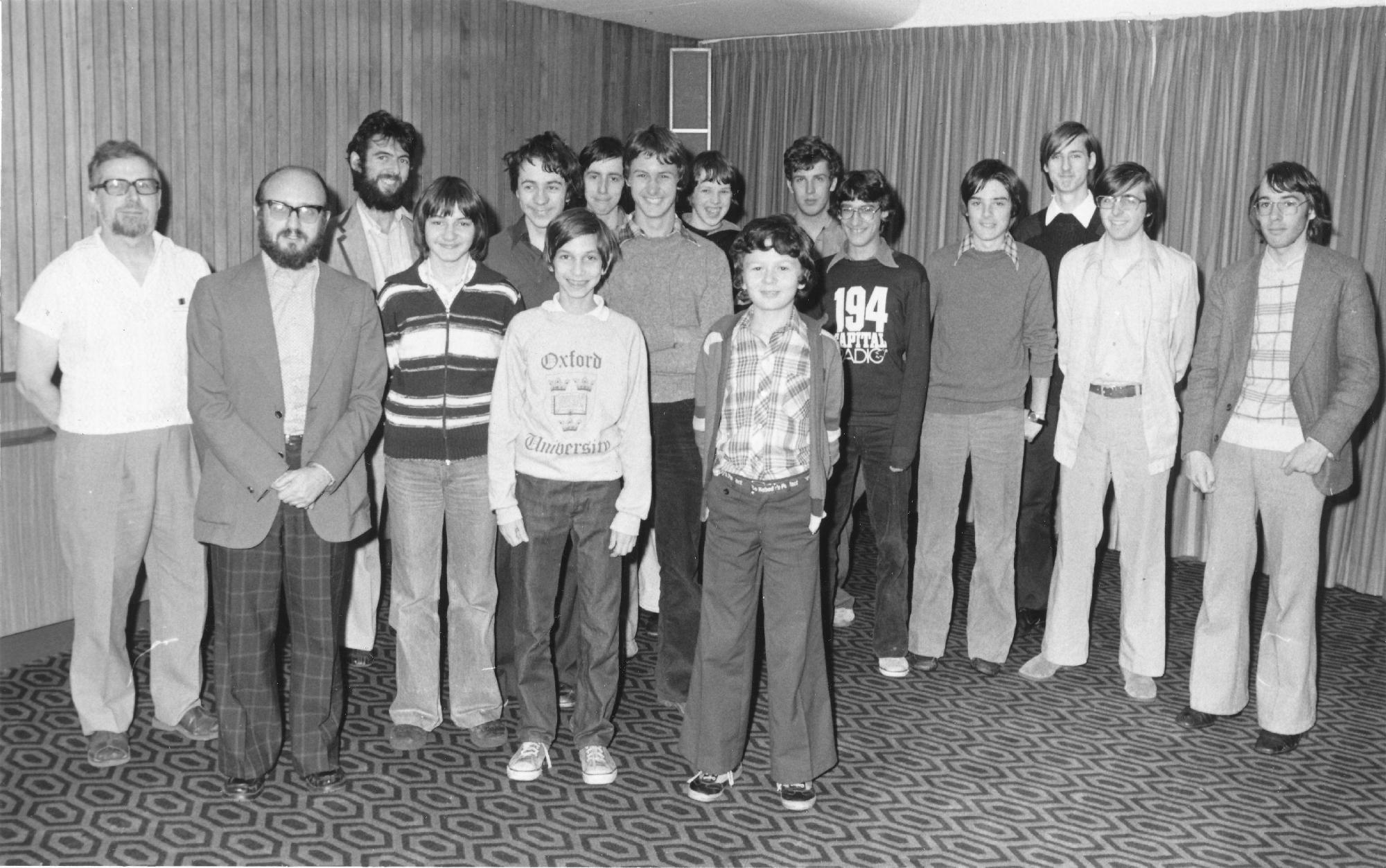
Chess Rivals of the 19th Century : With 300 Annotated Games : Tony Cullen
From the publisher’s blurb :
“Many historical chess books focus on individual 19th century masters and tournaments yet little is written covering the full scope of competitive chess through the era. This volume provides a comprehensive overview, with 300 annotated games analyzed by past masters and checked by powerful engines.
Players such as Max Lange and Cochrane, known to the chess public only by the name given to a fierce attack or gambit, are brought to life. Fifty masters are each given their own chapter, with brief biographies, results and anecdotes and an endgame section for most chapters.
Tony Cullen played chess for the strong London Central YMCA Chess Club and organized tours playing team matches against strong opposition in various European cities. He lives in London.”
I guess I should start with a declaration of interest. Tony Cullen’s son was, fairly briefly, a member of Richmond Junior Chess Club about 30 years ago, so I got to know him quite well at that time. We also faced each other over the board in an inter-club match in 2009.
From the introduction:
This book aims to give the reader an overview of competitive chess throughout the 19th century. The battle for supremacy amongst the elite 19th century chess masters is a theme running throughout the book, but the second-rank masters also produced great chess at times, even against the top players, and so their games and their contributions to chess in general are given more attention in these pages than is normally the case. The bulk of the book is naturally concentrated on the second half of the century, since there were no international tournaments before then and not too many players of the first rank either.
There is a chapter devoted to each of the 50 masters: brief biographies, best games, results and anecdotes sprinkled throughout. Many of the games are annotated by 19th century masters, but any significant errors in their analysis of critical positions have been corrected using powerful chess engines. All 300 games are annotated. Although several of the players featured continued their careers well into the 20th century, the selected games are restricted to those played in the 19th century in order to retain the flavor of the period.
Philidor, who, although mentioned in the first chapter, just missed out on this book, famously said that pawns were the soul of chess. In one sense, yes, but you might also think of the soul of chess as its history and heritage, its literature and personalities.
This book takes you on a journey through the world of 19th century chess, from the coffee houses and cafés of London, Paris and Berlin through to the great international tournaments of the 1890s, from McDonnell and la Bourdonnais through to Pillsbury and Lasker. From players born in the closing years of the 18th century, to those who, like Maroczy and Mieses, lived on into the second half of the twentieth century, overlapping with the lives of both your author and your reviewer. The players are introduced in roughly chronological order.
The biographical sections often start with an obituary, taken perhaps from the British Chess Magazine, or from another contemporary source. Contemporary pen pictures are also included, along with entertaining anecdotes which tell us more about their lives and personalities. The author has used both Chessmetrics and Edochess to detail their match and tournament performances.
The annotations are taken from a wide range of contemporary sources. As well as magazines and tournament books, Cullen has used some fairly obscure books such as Examples of Chess Master-Play 2nd and 3rd series by CT Blanshard, Chess Sparks by JH Ellis and Modern Chess Brilliancies by GHD Gossip.
These were the days of old, when knights were bold and openings such as the King’s Gambit and Evans Gambit, usually accepted as a matter of principle, ruled the day. Today, Stockfish will laugh in your face if you essay the Kings Gambit, and will have no trouble equalising against the Evans Gambit, but Morphy and Anderssen didn’t have computer assistance, defensive skills were not well honed, and opening theory, although it went surprisingly far in some lines of the Evans, for example, was nothing like it is today.
Cullen clearly enjoys games with dashing sacrificial attacks, so you’ll be entertained with a feast of exciting and brilliant, although not always either subtle or sound, chess if you read this book.
You’ll meet a few familiar, over-anthologised, friends, it’s true, but, by and large, the author has avoided the obvious and included games which will be unfamiliar to many readers.
Anyone with a knowledge of chess history will know a lot about the likes of Morphy, Steinitz and Lasker, but they may well be less familiar with some of the lesser lights of their period.
The Pleiades, for example, were a group of seven strong players active in Berlin in the 1830s and 1840s. They played an important part in the development of chess theory, but are mostly forgotten today. The one who is remembered is Bernard Horwitz, who would later move to London, competing in the great 1851 tournament.
Another of the Pleiades was Ludwig Erdmann Bledow, a professor of mathematics noted for his aggressive and brilliant play. In this game from 1839 he’s playing Paul Rudolf von Bilguer, a failed army officer who died shortly before his 25th birthday, but whose name is immortalised in the famous Bilguer’s Handbook, a precursor of the likes of MCO which, for the best part of a century, would provide instruction for generations of German speaking chess players.
Emil Schallopp is one of those names you see, if you read about 19th century chess, in the middle or lower reaches of tournament cross-tables, but he was still, in Cullen’s estimation, ‘an outstanding tactician who produced many beautiful games’. This was a brilliancy prize winning game from towards the end of his career. The notes in the book are taken from two sources: Gossip and The Chess-Monthly, with further authorial comments.
Another German player, Miksa (Max) Weiss, was possibly one of the strongest players you’ve never heard of. He had a short career at the top level in the 1880s, finishing 2nd= with Blackburne at Frankfurt in 1887 behind Mackenzie and 1st= with Chigorin at New York in 1889 before retiring to concentrate on a career in banking. He ‘preferred a positional approach to the game and never played gambits’ but, at the same time, was ‘a fine tactician who was not at all afraid of combinations’. His favourite opening was the Ruy Lopez, but he was equally adept on the other side of the board, as here against a strong American opponent. Cullen publishes the game with Steinitz’s notes from the tournament book.
The one feature which somewhat confused me was the ‘endings’ at the end of most chapters. Many of them are indeed endgames, and fascinating they are as well, but some of them are game finishes with plenty of pieces still on the board, while a few serve as a basis for anecdotes.
It is, as Cullen says, ‘unbelievable’ that Johann Berger, a renowned Austrian endgame theorist as well as being of Sonneborn-Berger tiebreak system fame, should have played the losing Ke4?? rather than the drawing Ke3 in this position. If you haven’t seen the idea before, play it out for yourself!
This book is particularly strong on German and Austrian players: good news for me as I knew little about many of them. On the other hand, there were plenty of English players who might have been included: Buckle, Wyvill, Williams, Boden, Owen and others off the top of my head. I’m not sure whether or not this was a deliberate policy. Anyway, there’s certainly plenty of material for a second volume, perhaps taking us up to the outbreak of the First World War in 1914. I, for one, would certainly welcome this.
Although it makes extensive use of contemporary secondary sources, this may not be a book for the serious chess historian. Many of the recent excellent biographies of Cullen’s subjects are missing from the bibliography. I’m also not sure what to make of this: ‘Steinitz and Anderssen went into their London match of 1866 unaware that they were effectively playing for the vacant world championship title.’ and ‘However, there is a consensus among chess historians that Steinitz’s lengthy reign as world champion really began with his match victory against Anderssen in 1866.’ Is there? Yes, he was certainly considered the strongest active player in the world from 1866, but was he, or anyone else, really thought of as World Champion before 1886? Wikipedia thinks not: There is some debate over whether to date Steinitz’ reign as world champion from his win over Anderssen in 1866, or from his win over Zukertort in 1886. The 1886 match was clearly agreed to be for the world championship, but there is no indication that Steinitz was regarded as the defending champion. There is also no known evidence of Steinitz being called world champion after defeating Anderssen in 1866.
I’m not the first reviewer to say that this book is clearly a labour of love. Tony Cullen has a passion for 19th century chess history and literature, and for the romantic style of chess popular in those days, and this passion is evident in every page. The annotations, whether from contemporary sources or written by the author, are pitched at the right level for a book of this nature, only giving the most important lines rather than long, engine-generated variations. Playing through the games won’t help your openings very much. Nor will it teach you a lot about modern middle-game strategy. On the other hand, it might just take your tactical play to a new level. It will also increase your knowledge and enjoyment of chess, which may then lead to better results.
The production is, as one would expect from McFarland, of a high standard. As this is more a popular work than an academic history book it comes in paperback rather than hardback. The layout is, inevitably, I suppose, given the amount of information contained, somewhat cluttered, with diagrams not always appearing adjacent to the correct position, and sometimes not even on the same page. I also noticed a few typos, notwithstanding the proofreading efforts of the late Steve Berry, to whom, along with the author’s wife and son, the book is dedicated.
I really enjoyed this book, and, whatever your rating, if you love, or would like to find out more about, chess history, I’m sure you will too. If we make the mistake of only thinking about chess in terms of its extrinsic benefits, or in terms of the likes of Carlsen and Caruana, we’re missing out on its true soul. Every time we play a game, whether it’s in a match or tournament, an online blitz game, or a friendly game in the pub, we’re part of the same continuum. Here, for instance, is Mieses, continuing to play as a refugee from Nazi Germany into my lifetime, and sharing at least one opponent (Leonard Barden) with me. We can follow him back into the 19th century, and then follow chess back to Philidor, Greco, Ruy Lopez and beyond. This is the golden braid that binds us all together, whether woodpushers or grandmasters, and, at a deeper level, what chess is all about.
Richard James, Twickenham 1st April 2021

Book Details :
- Format: softcover (7 x 10)
- Pages: 477
- Bibliographic Info: 54 photos, diagrams, games, bibliography, indexes
- Copyright Date: 2021
- pISBN: 978-1-4766-8072-9
- eISBN: 978-1-4766-3924-6
- Imprint: McFarland
Official web site of McFarland

Postscript : Tony Cullen was kind enough to provide his feedback on this review which may be found here:

